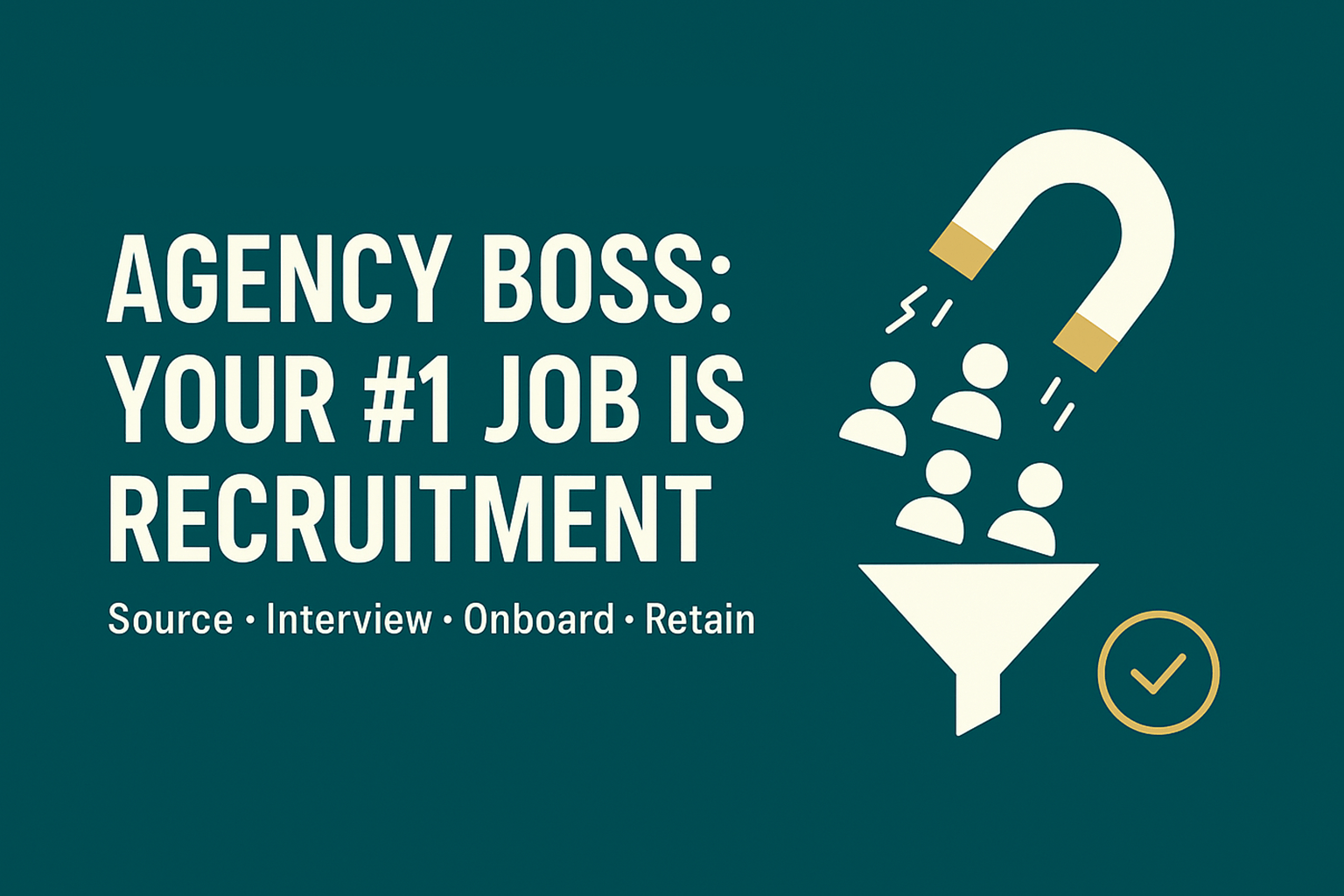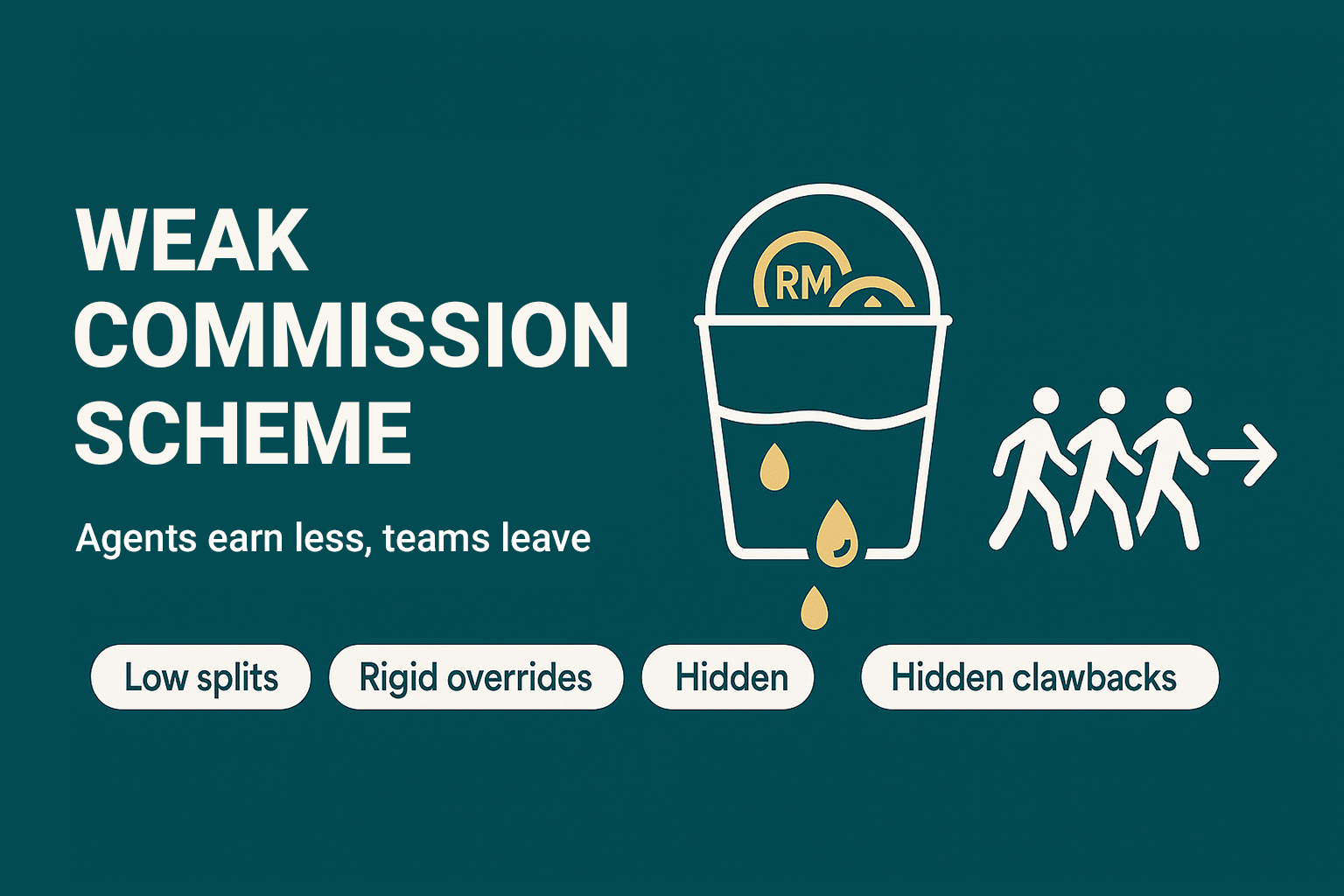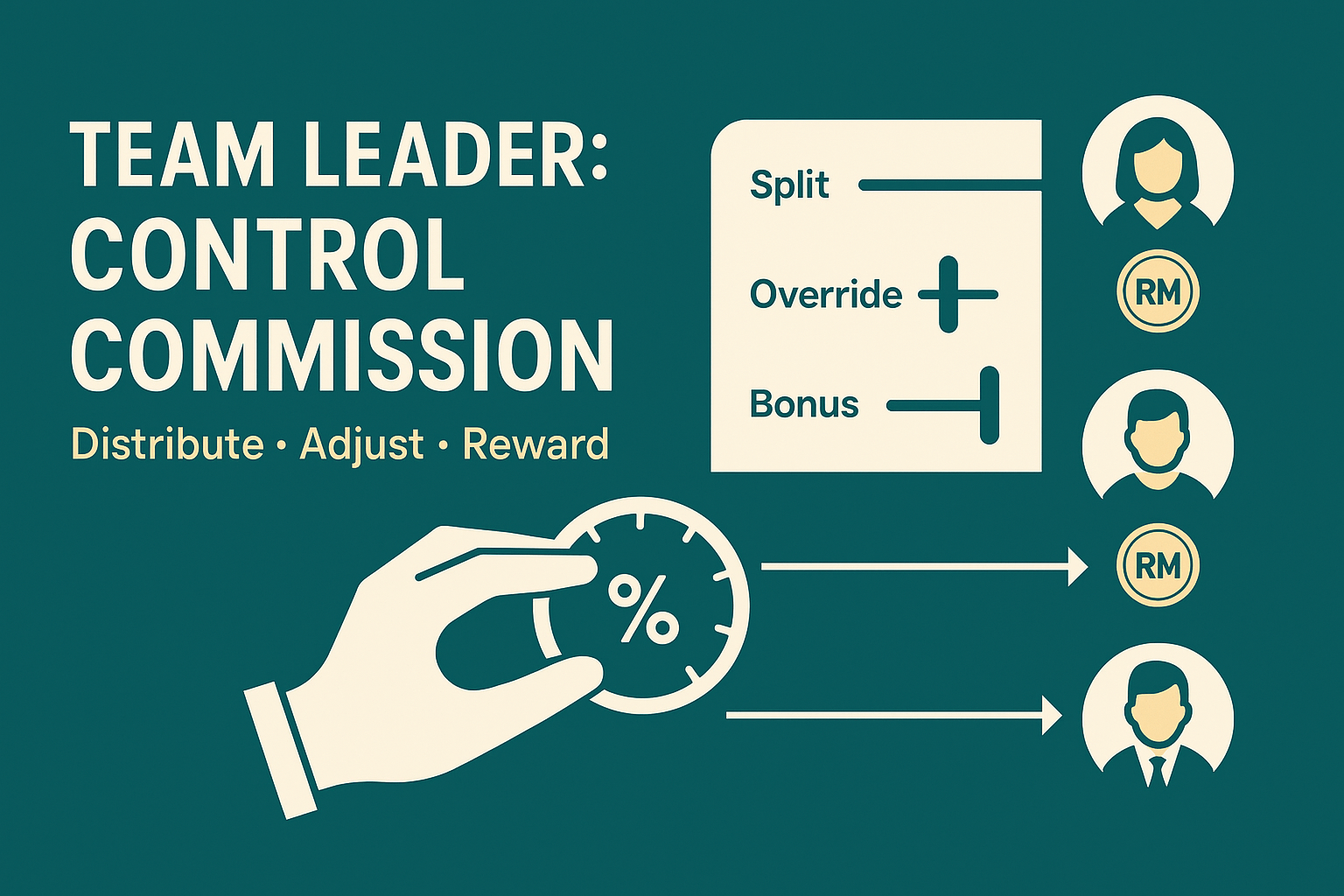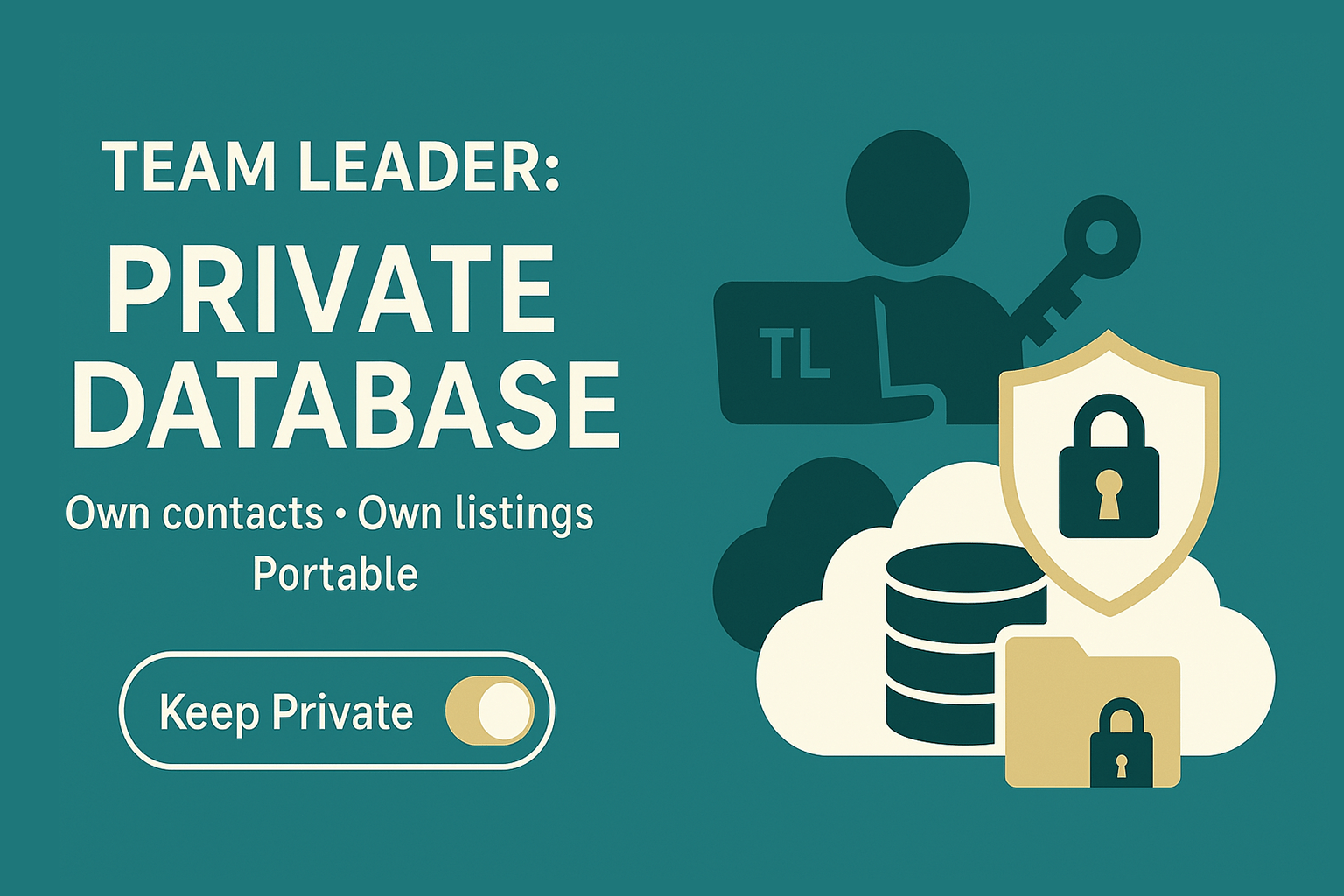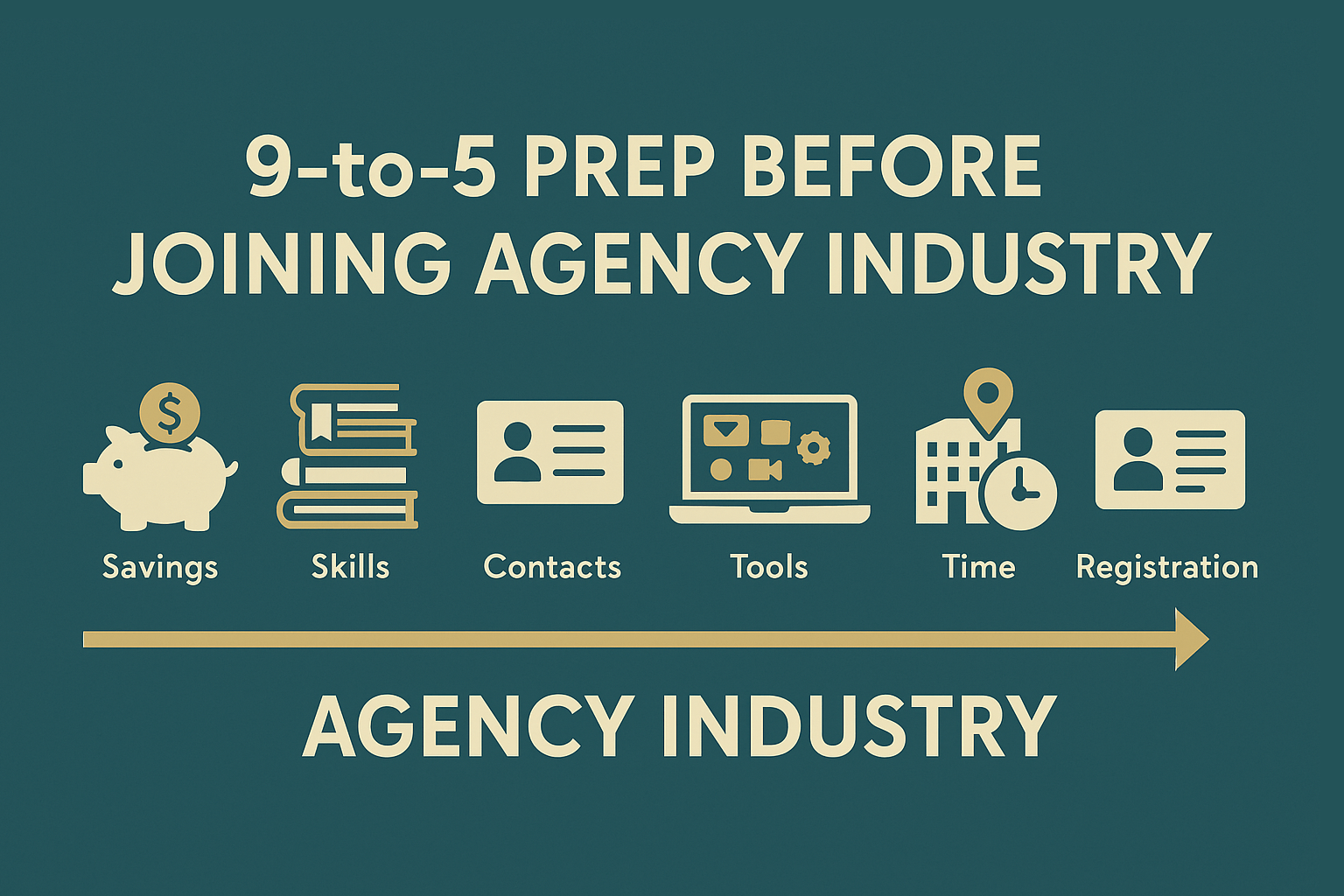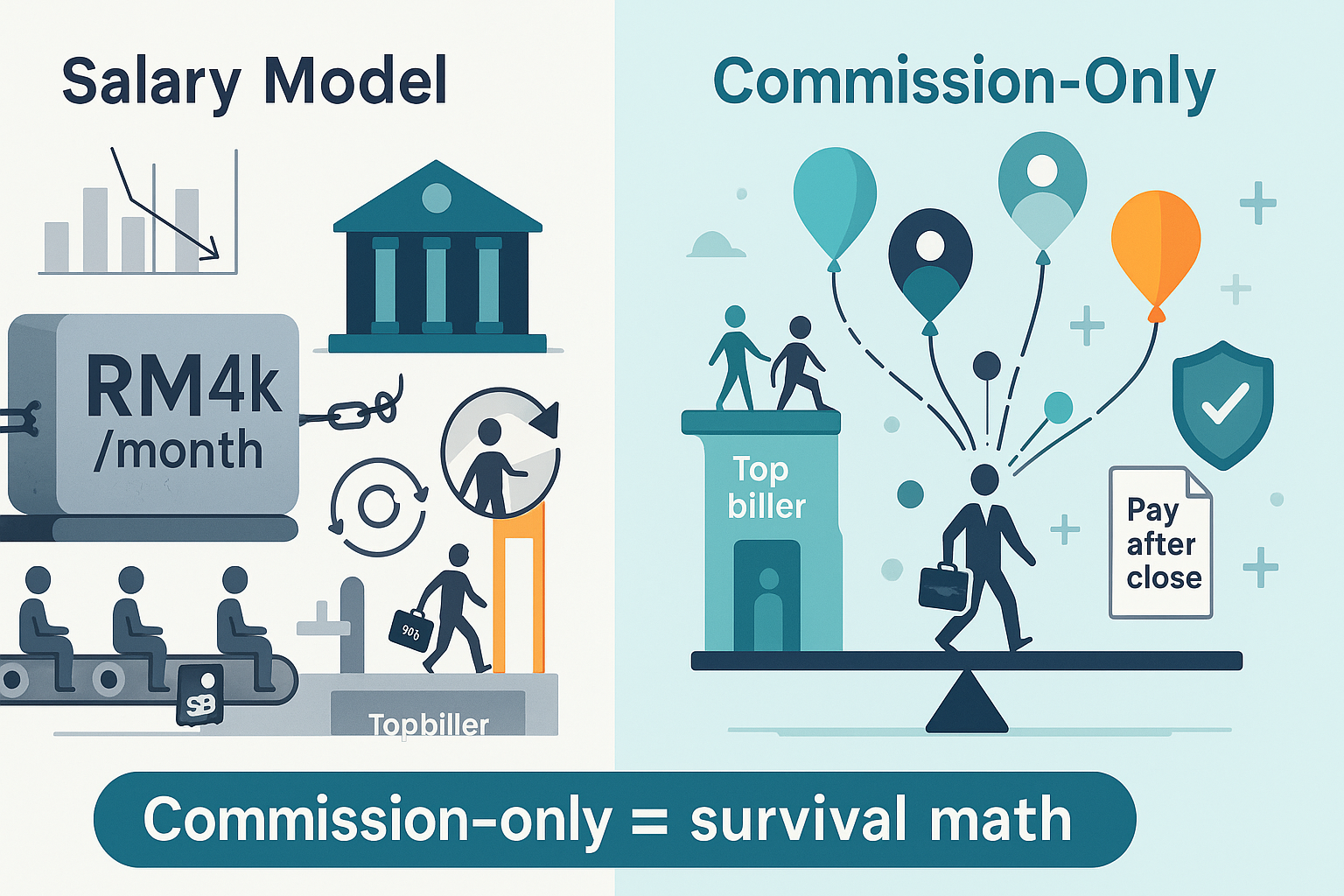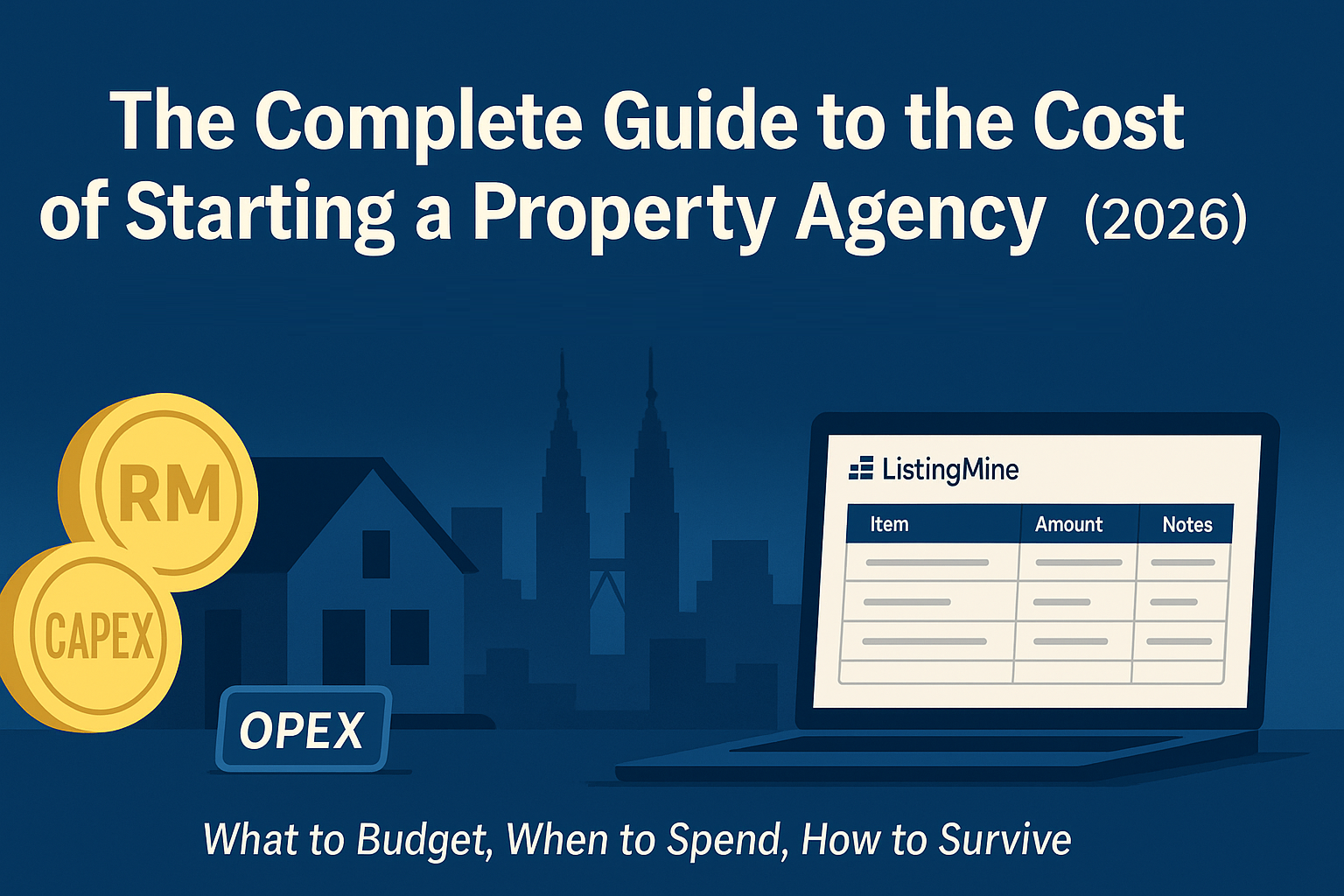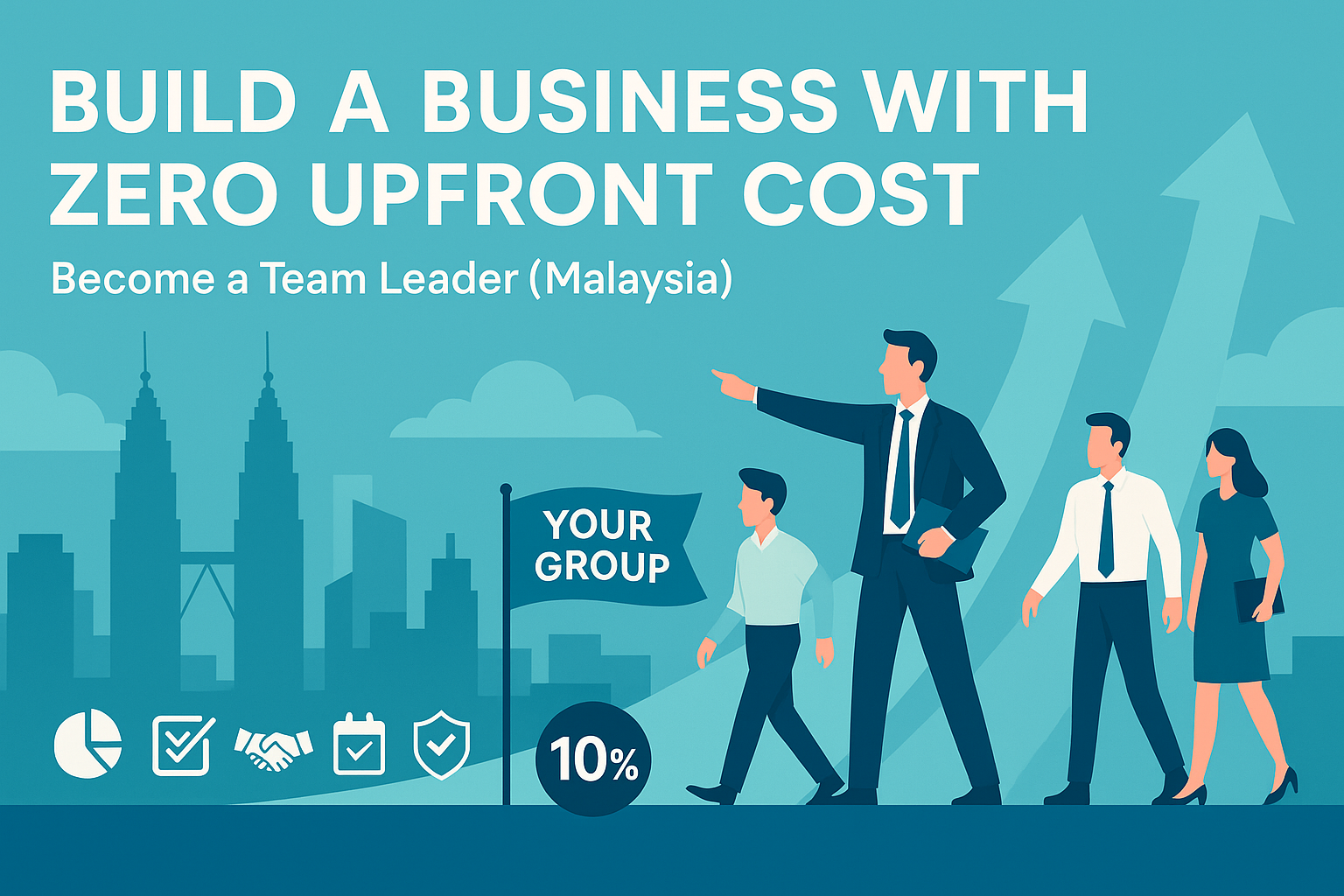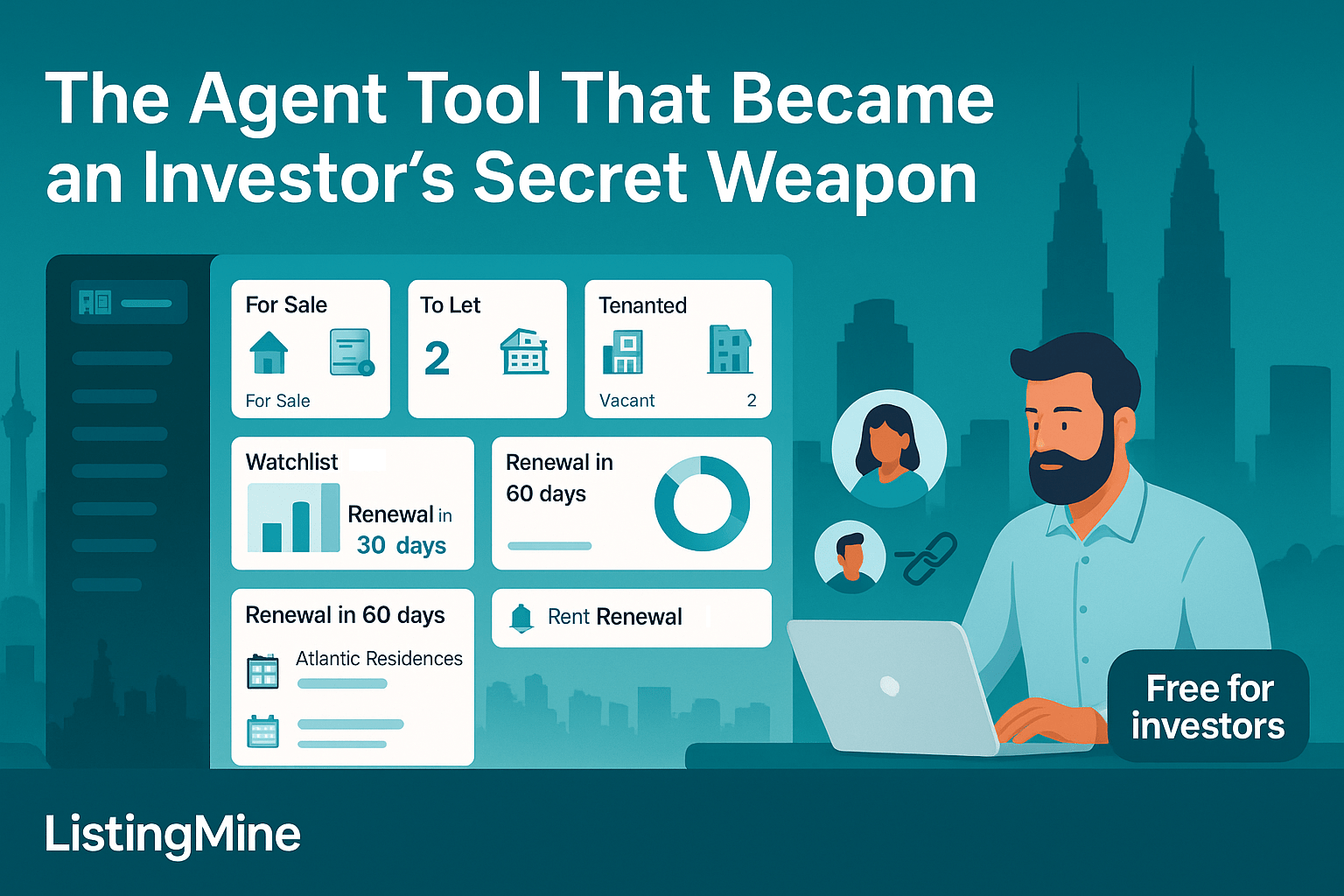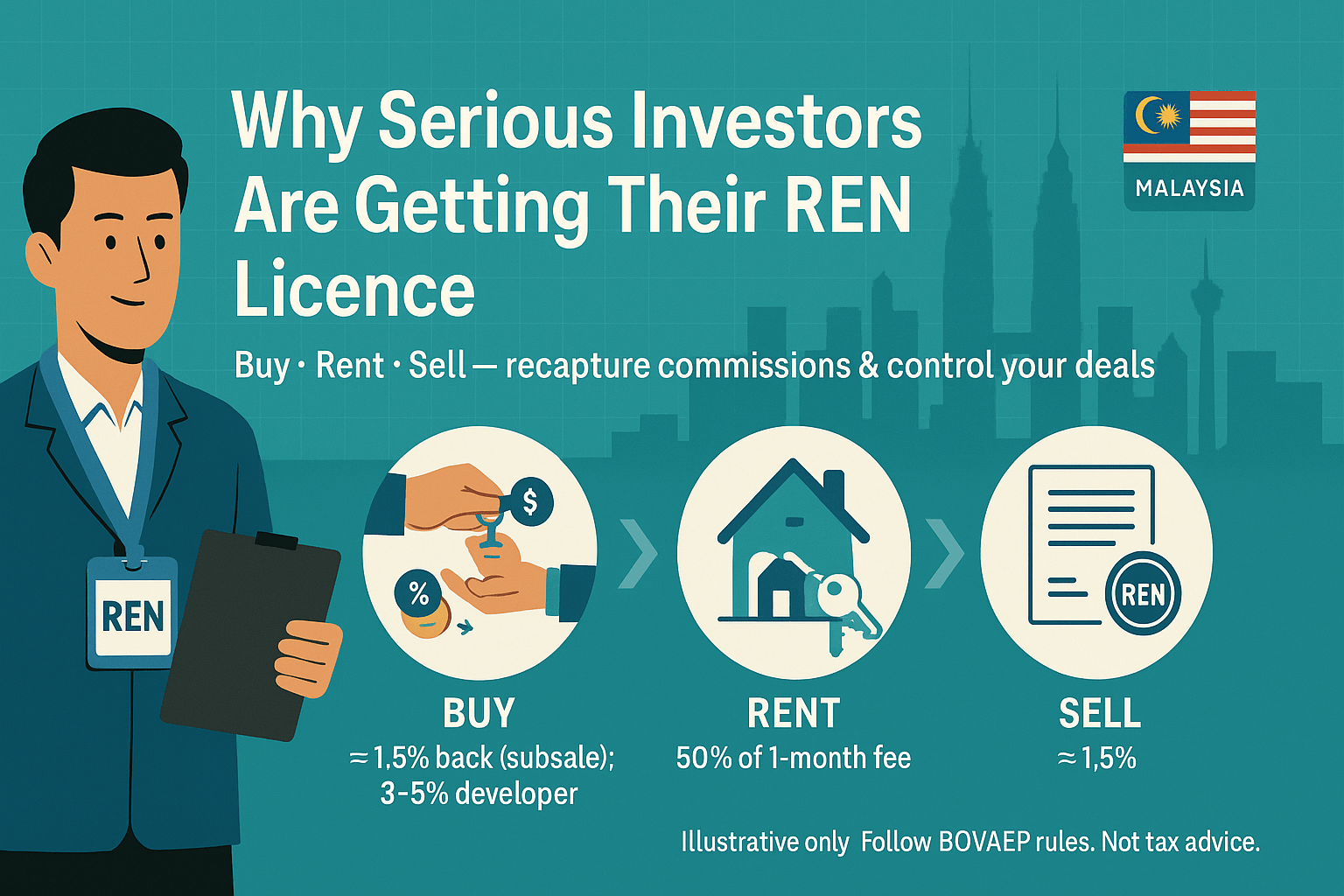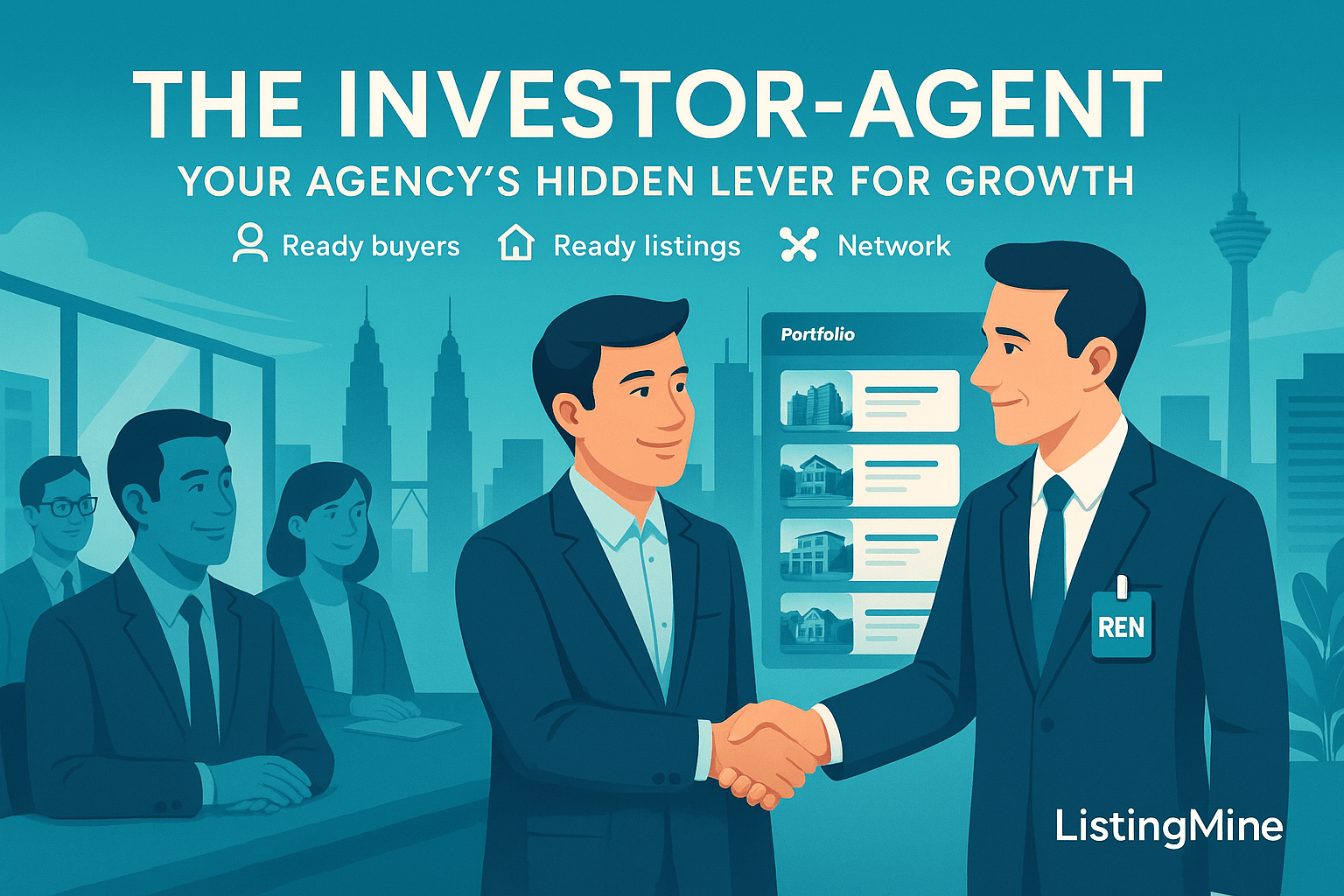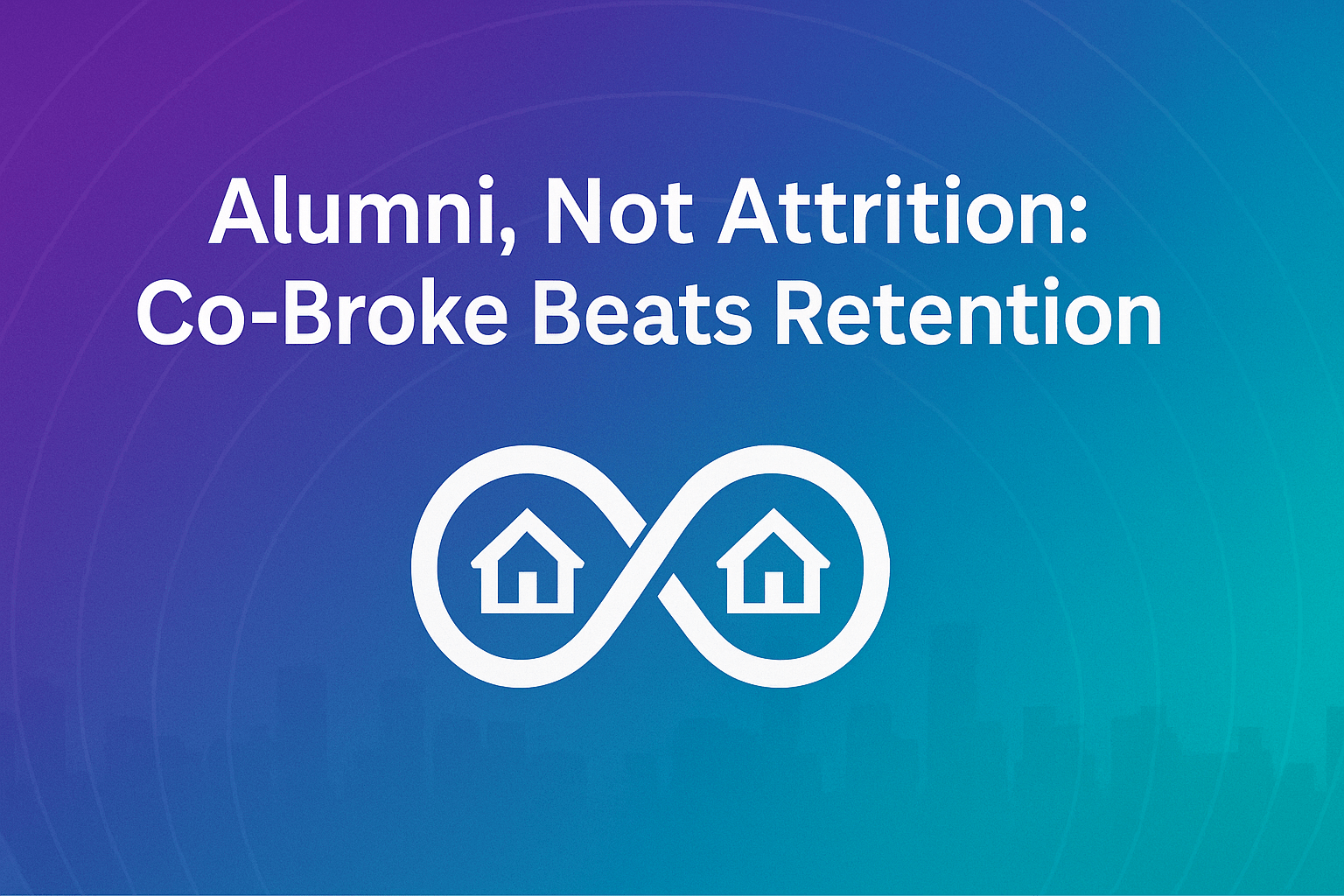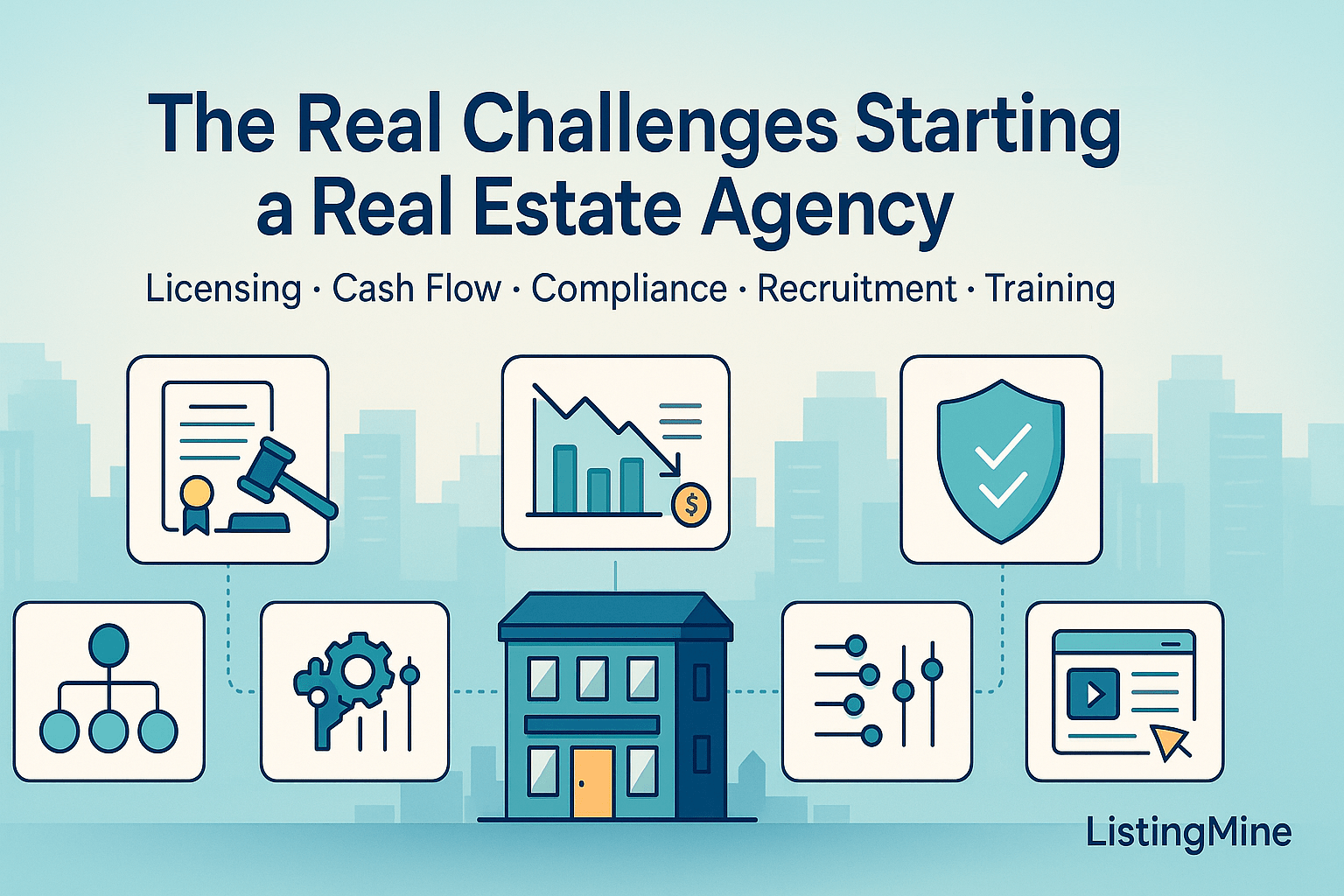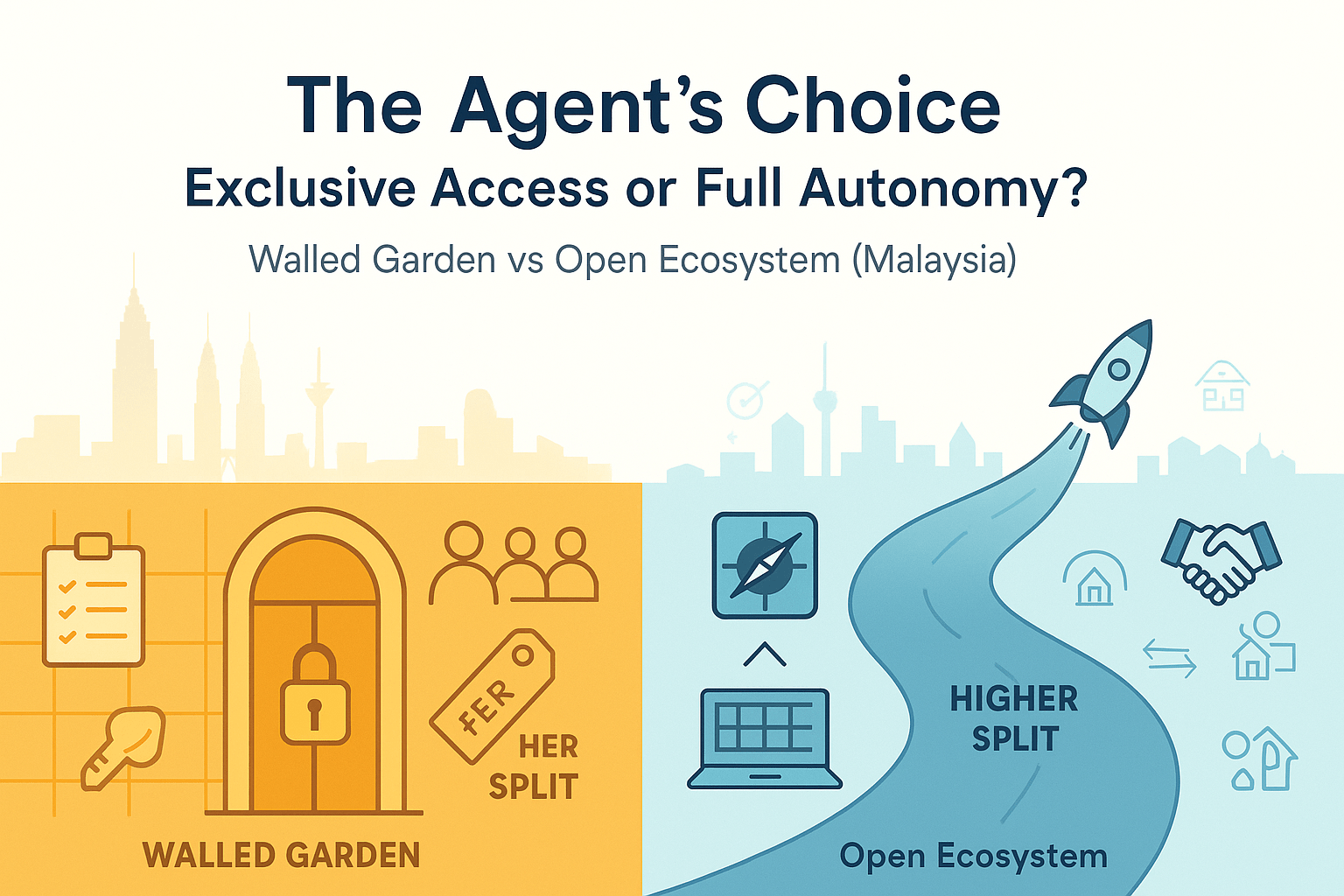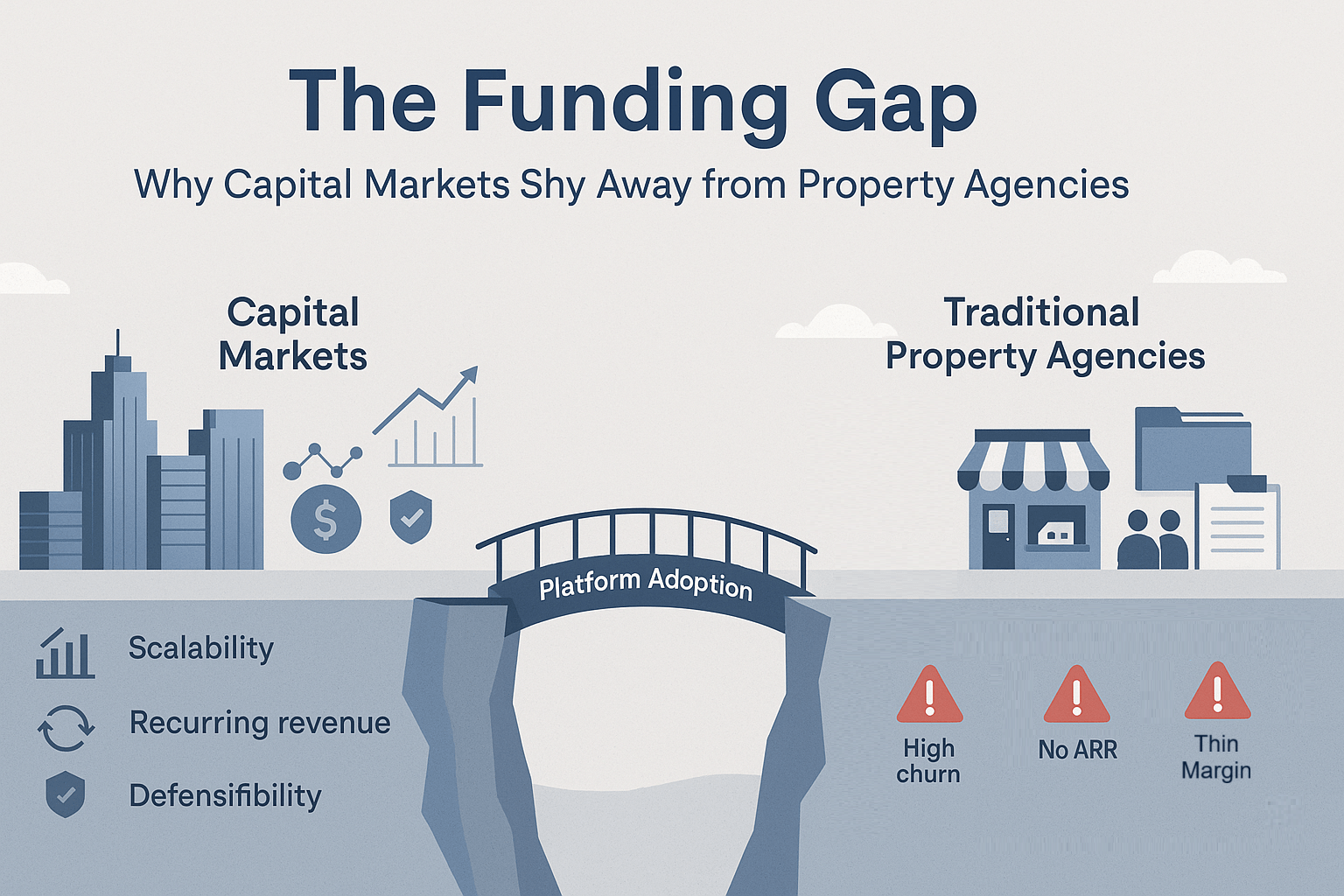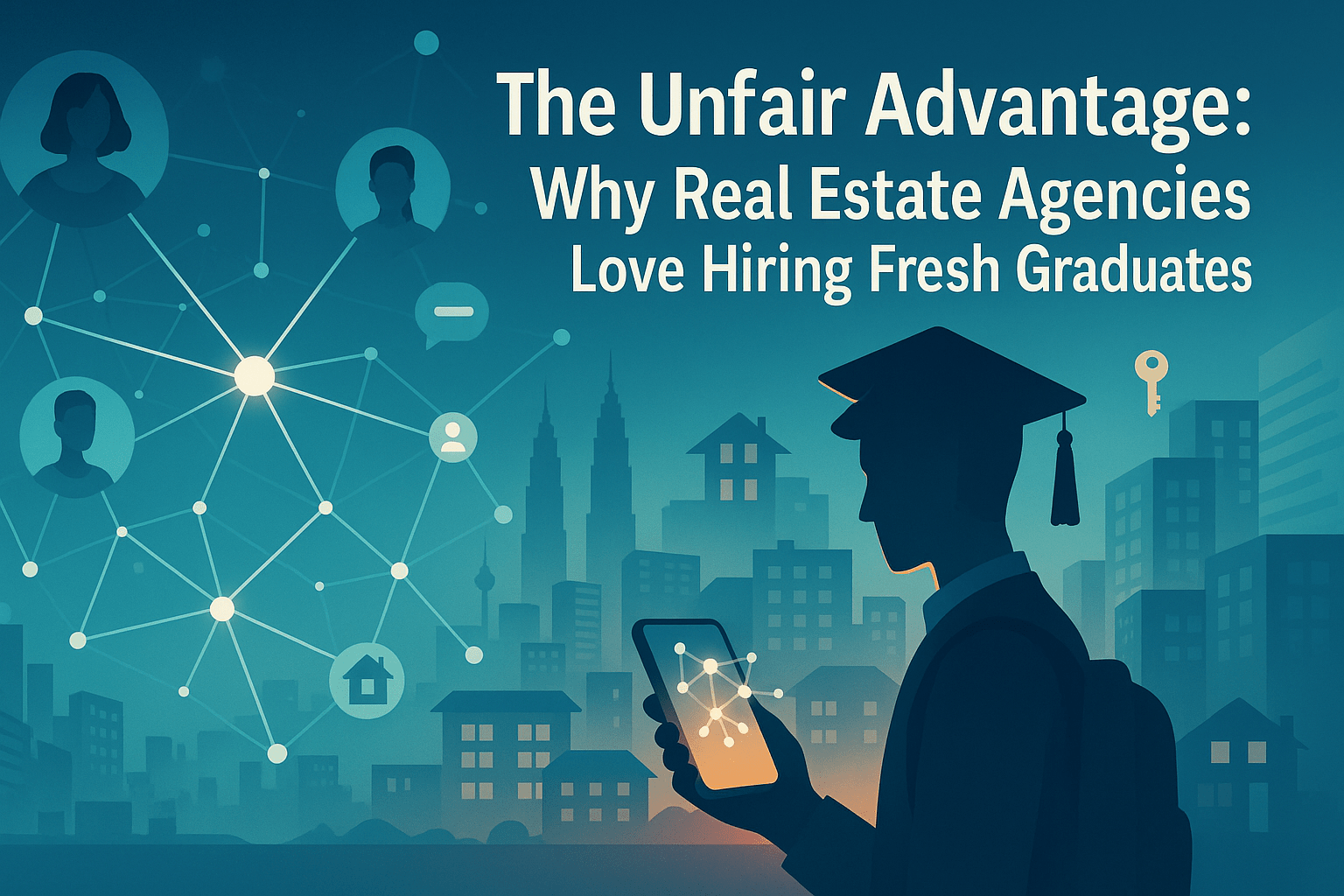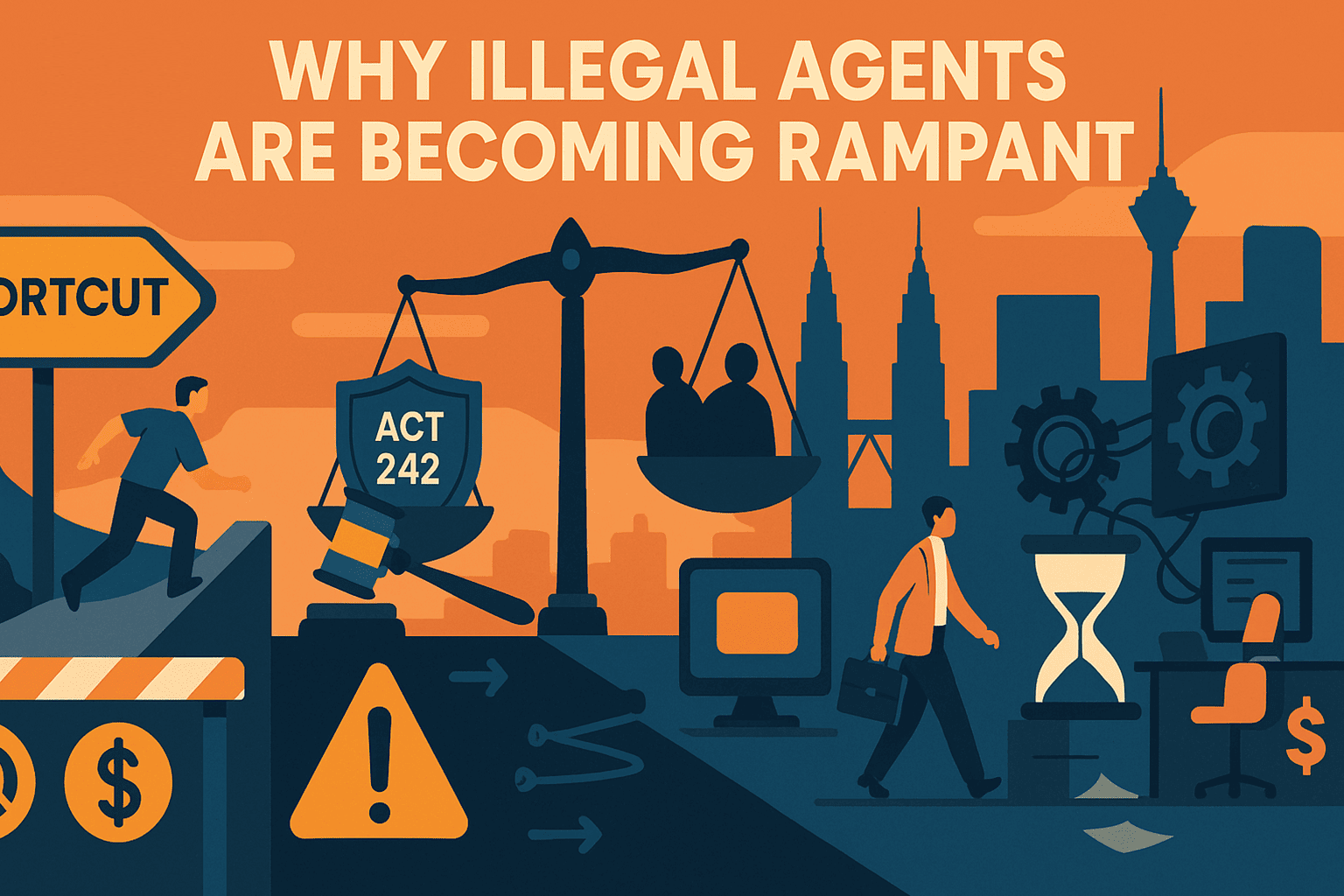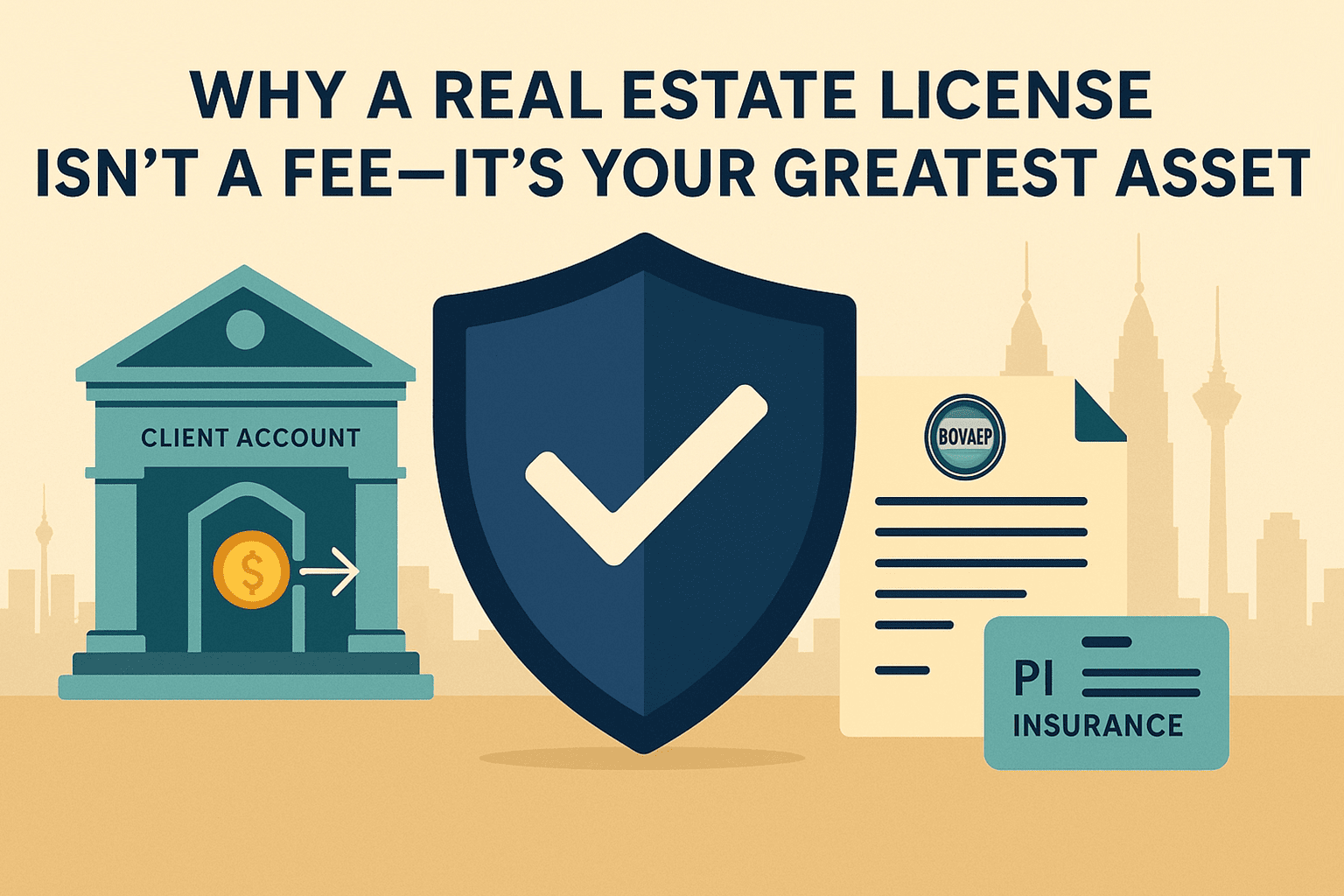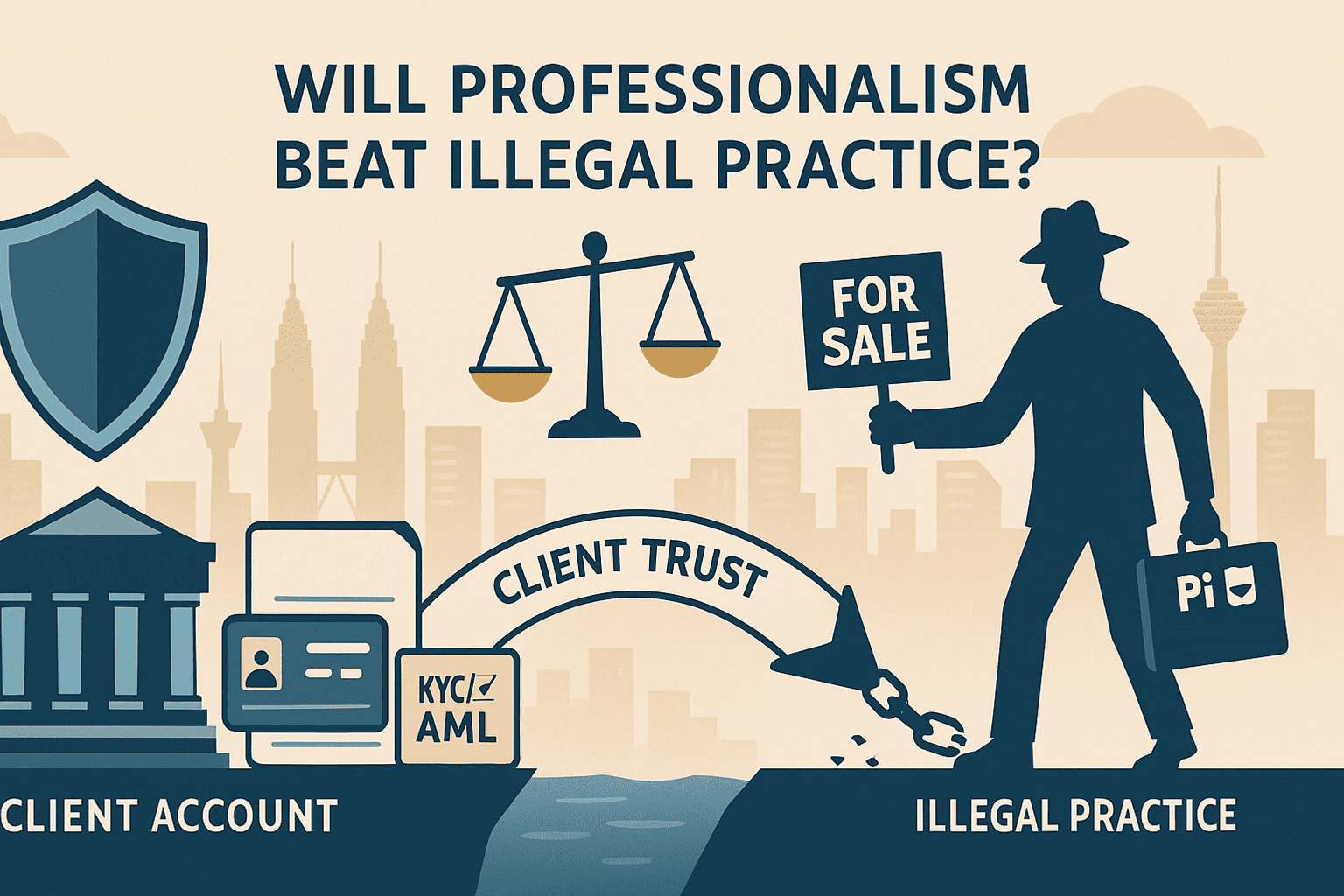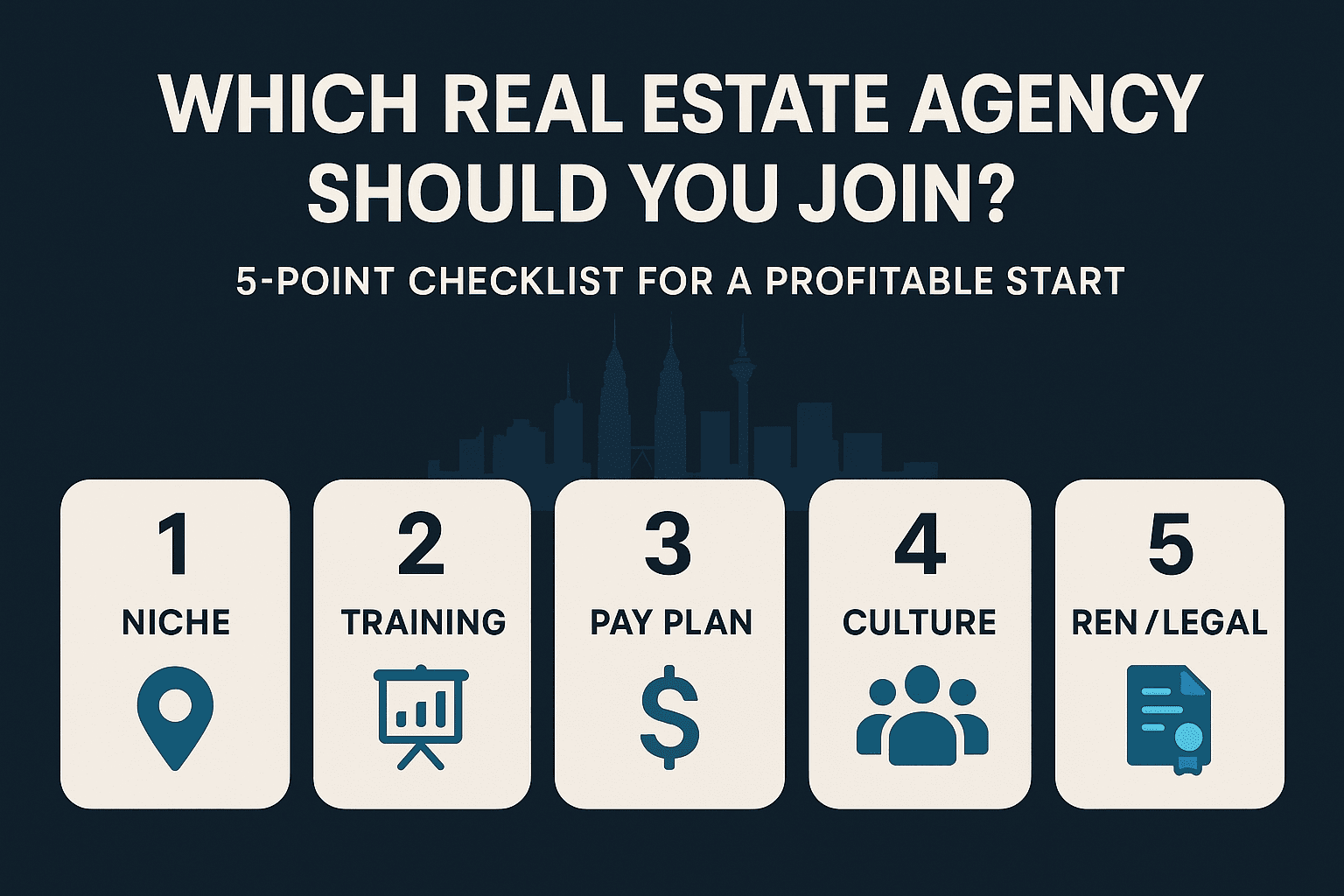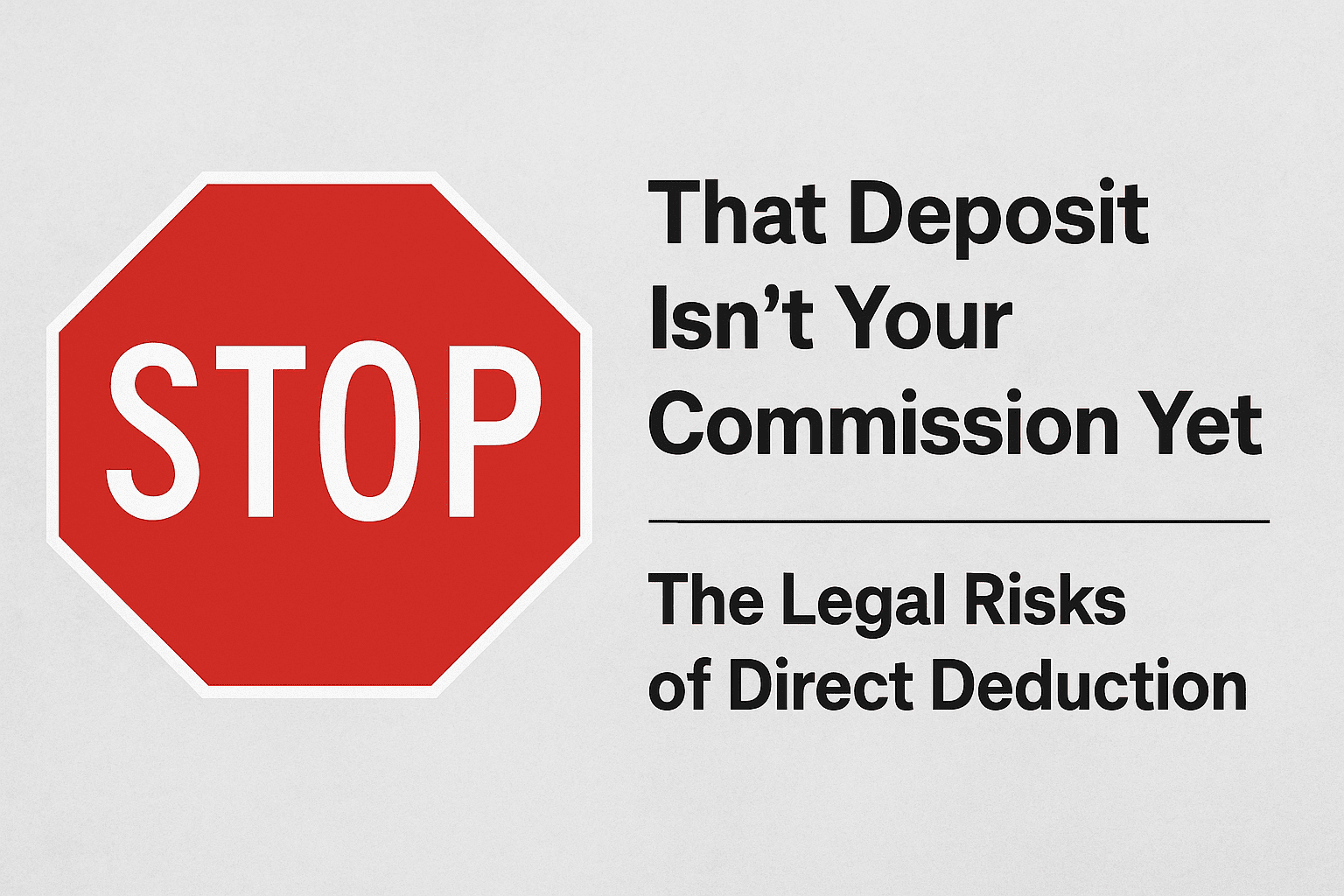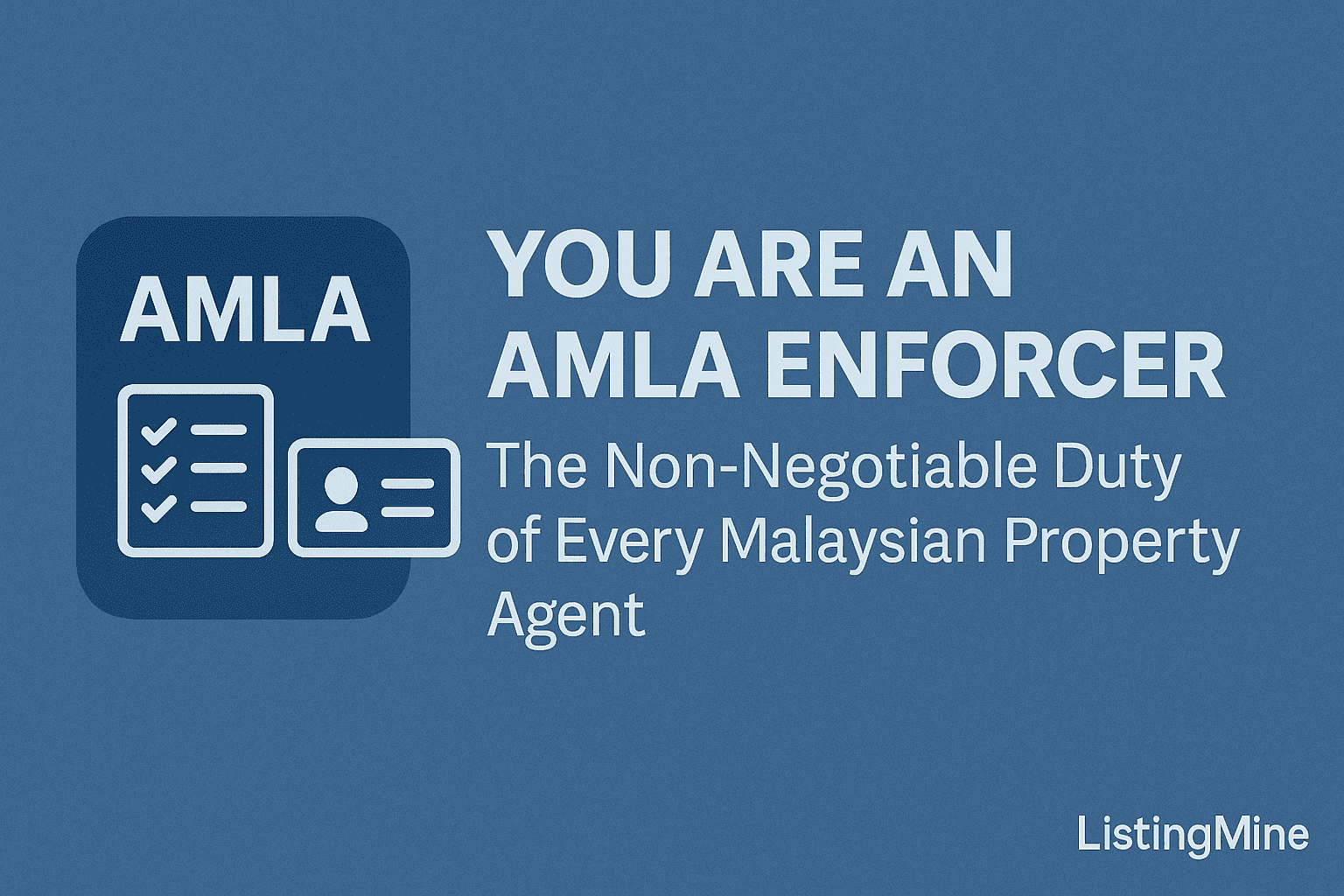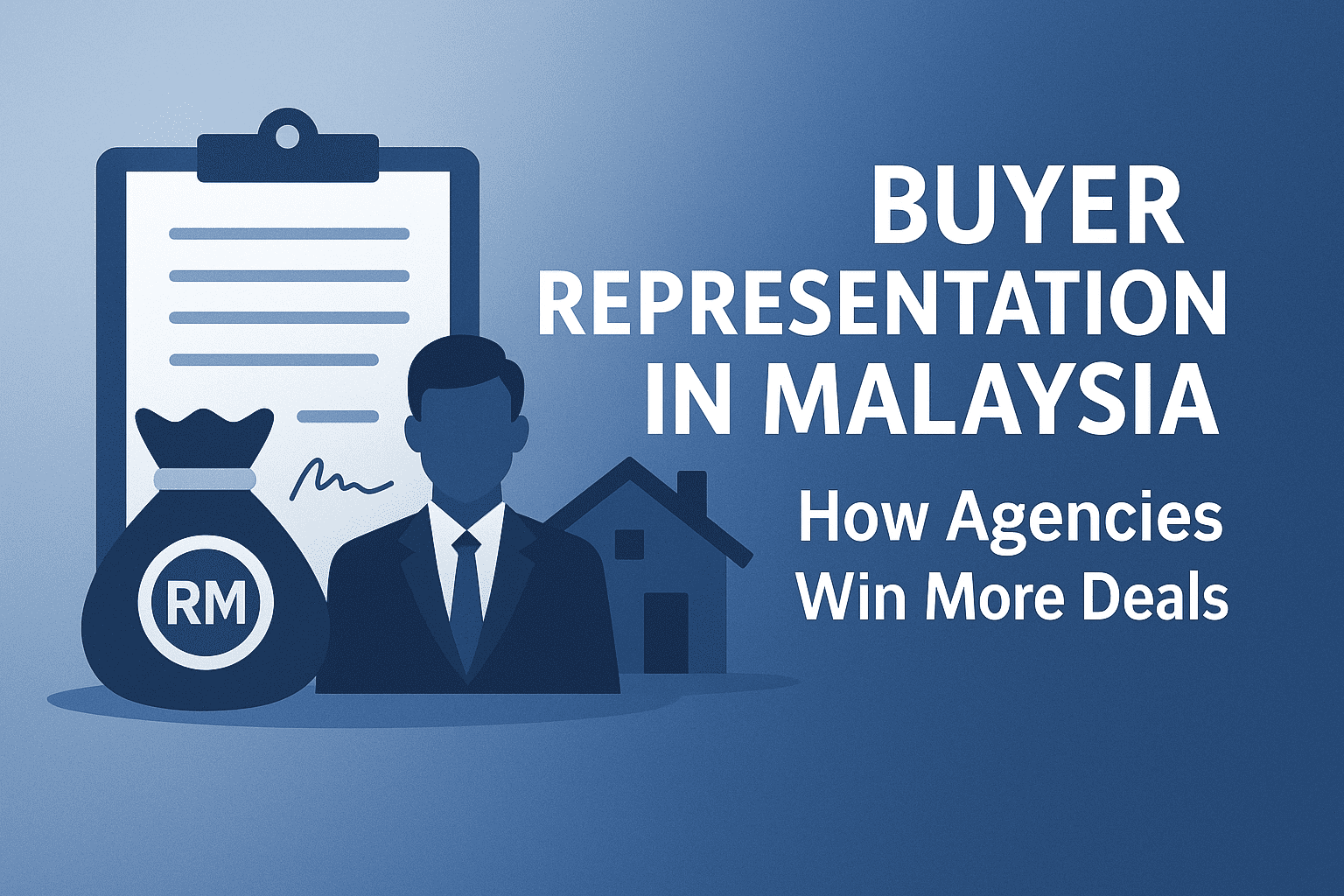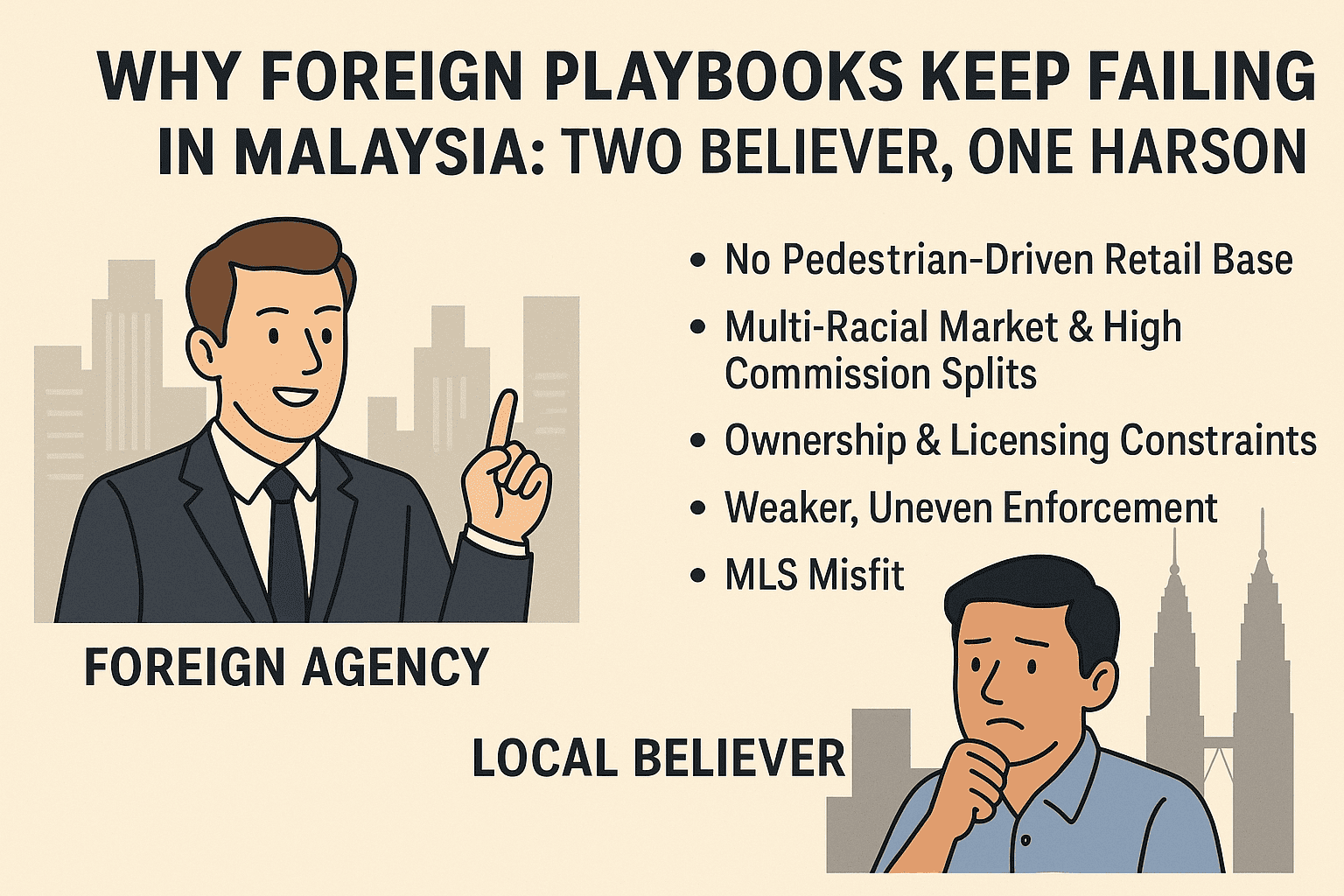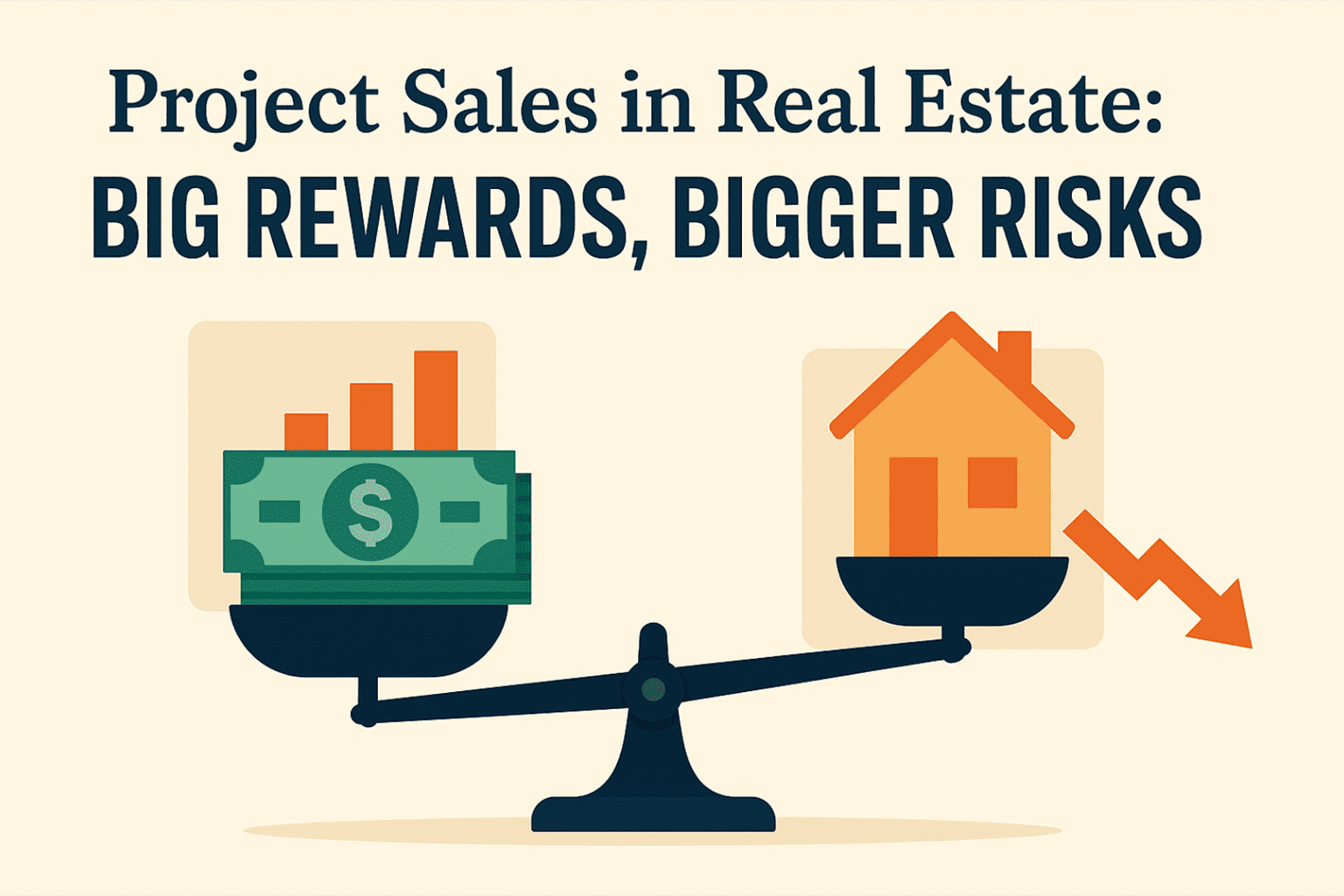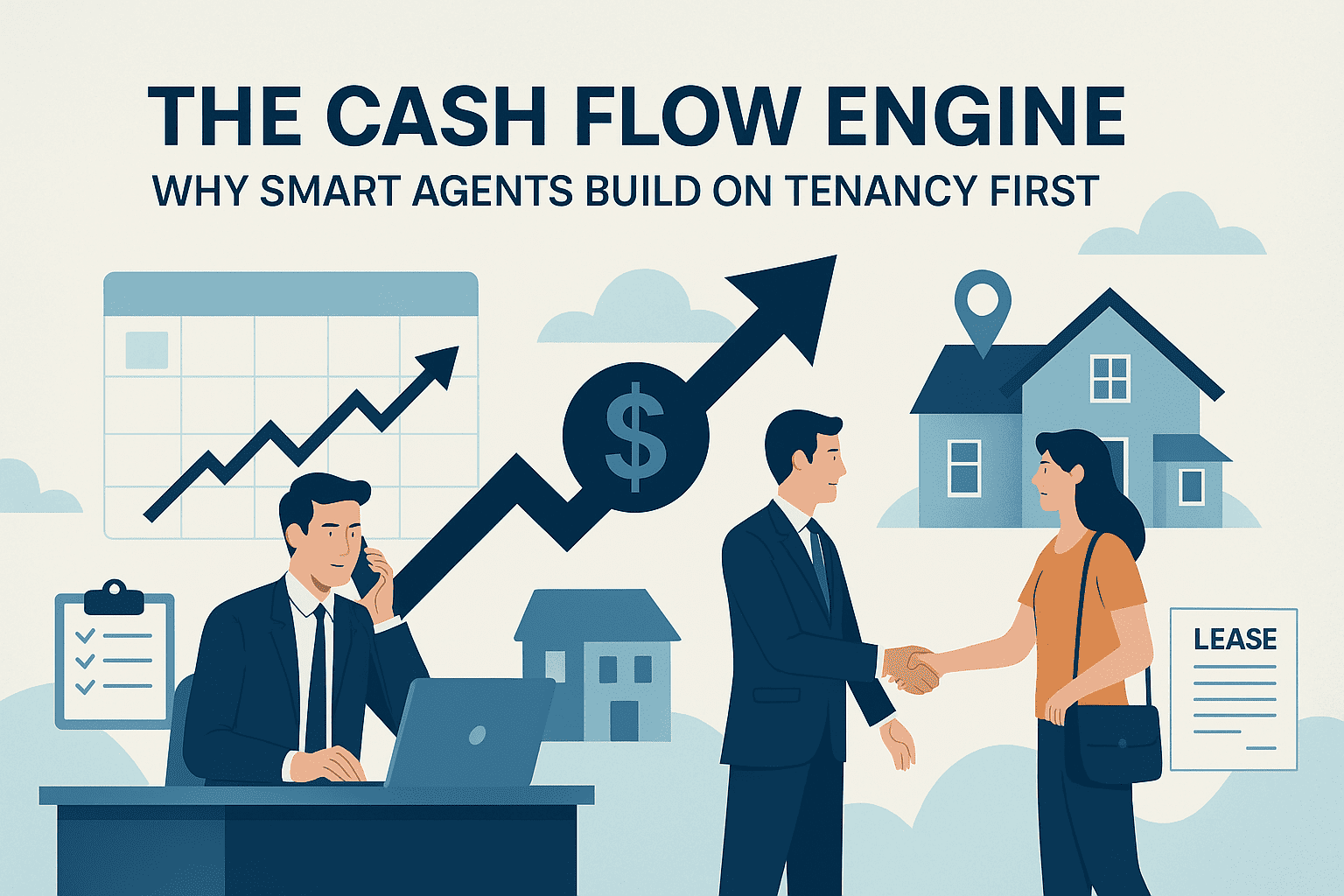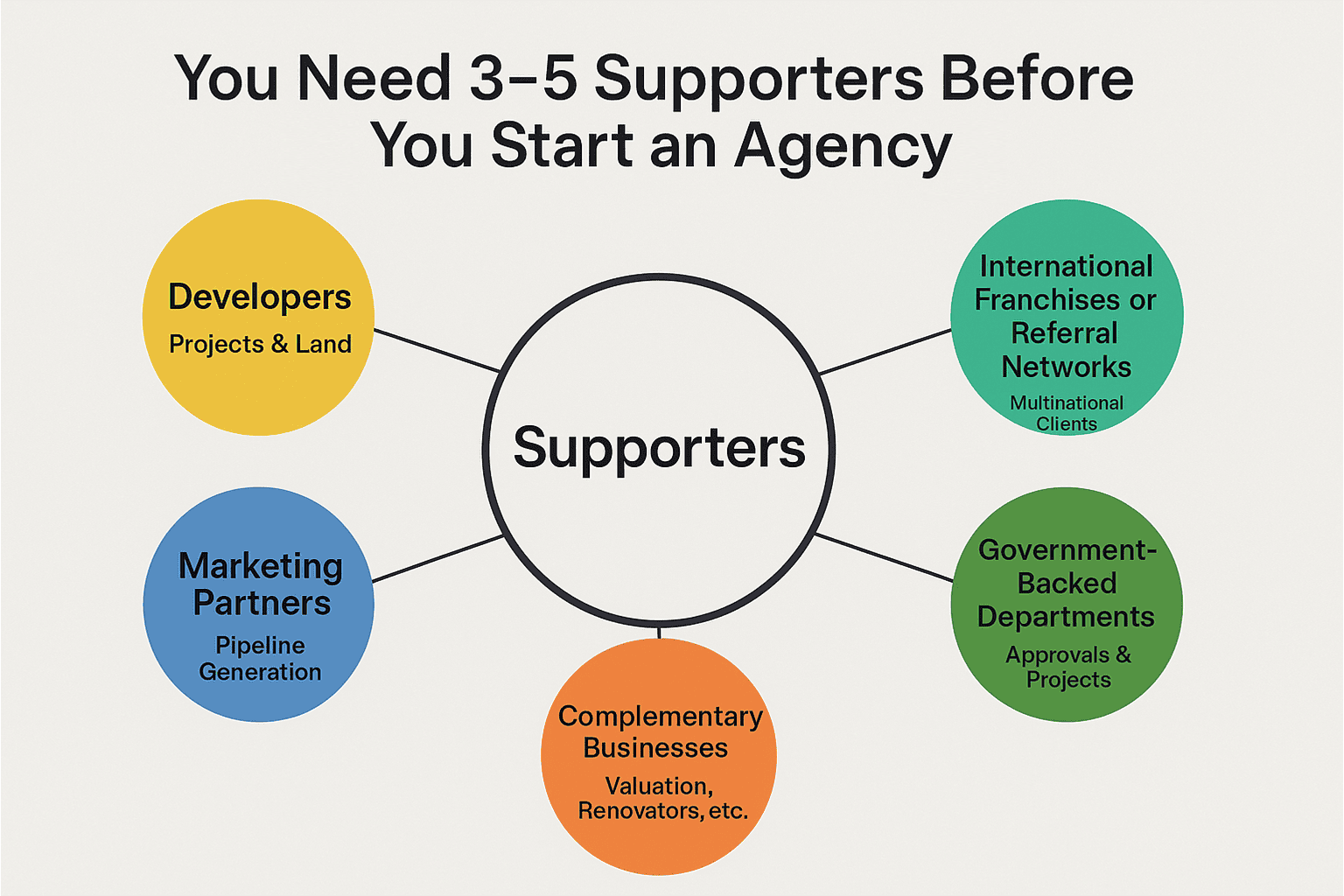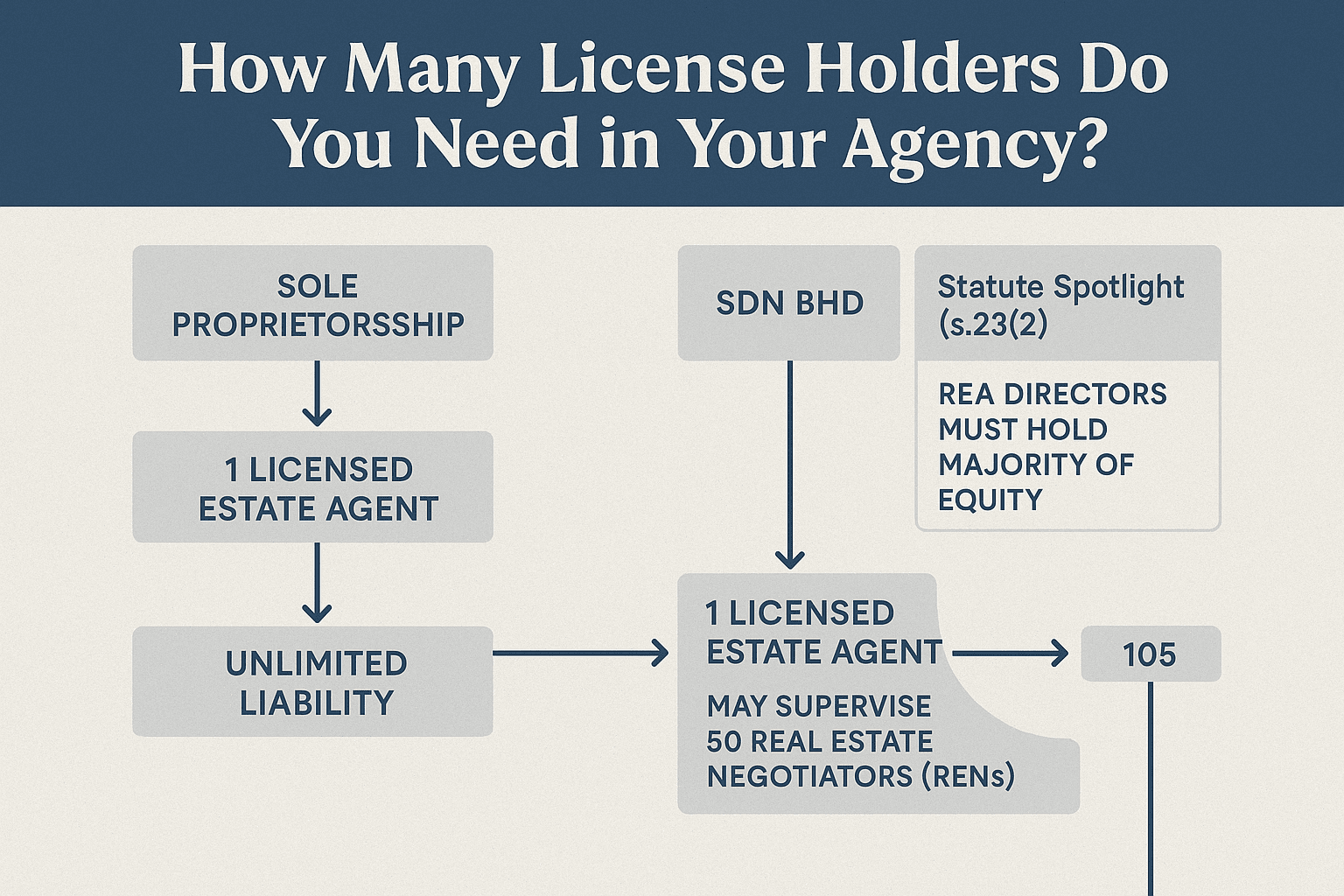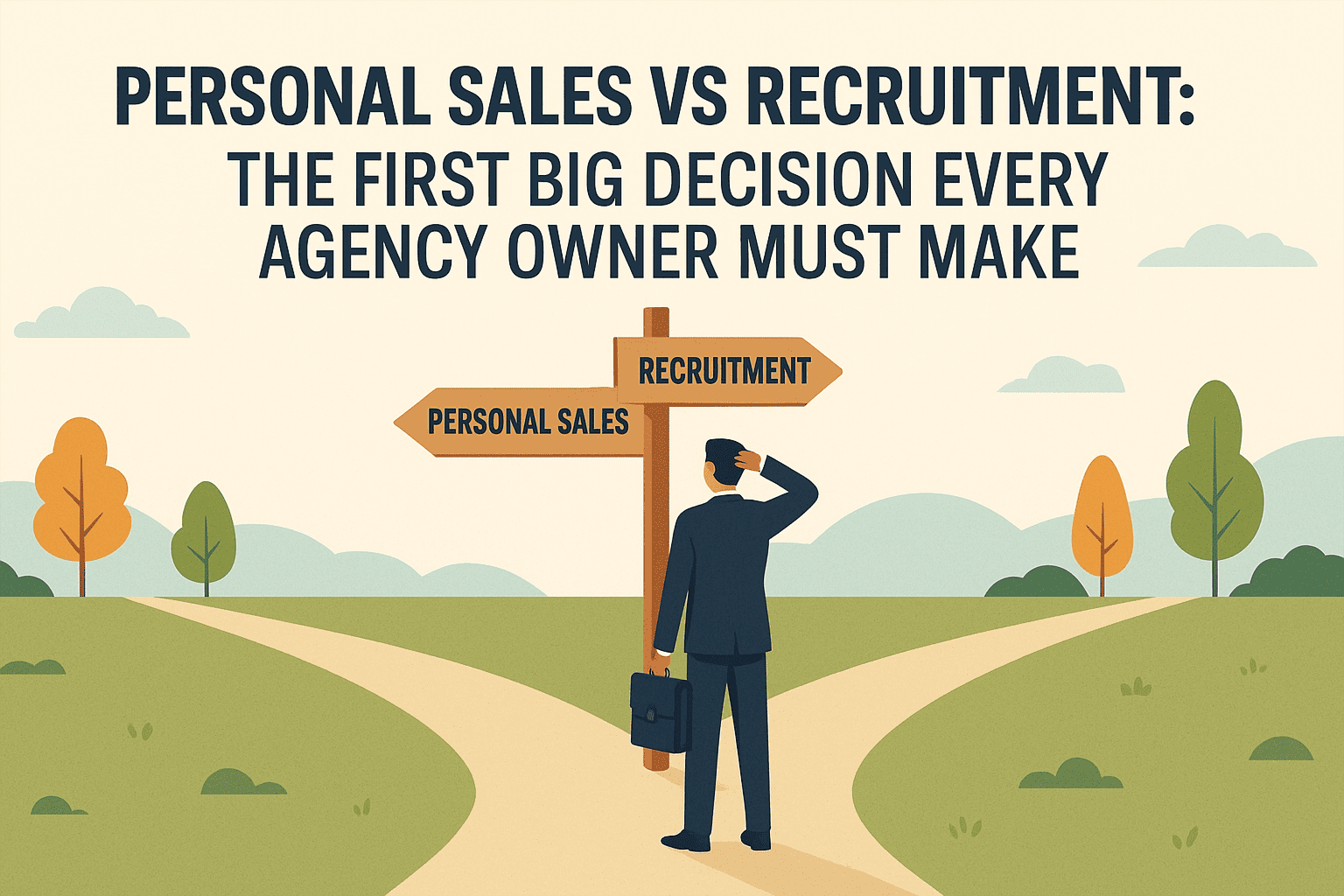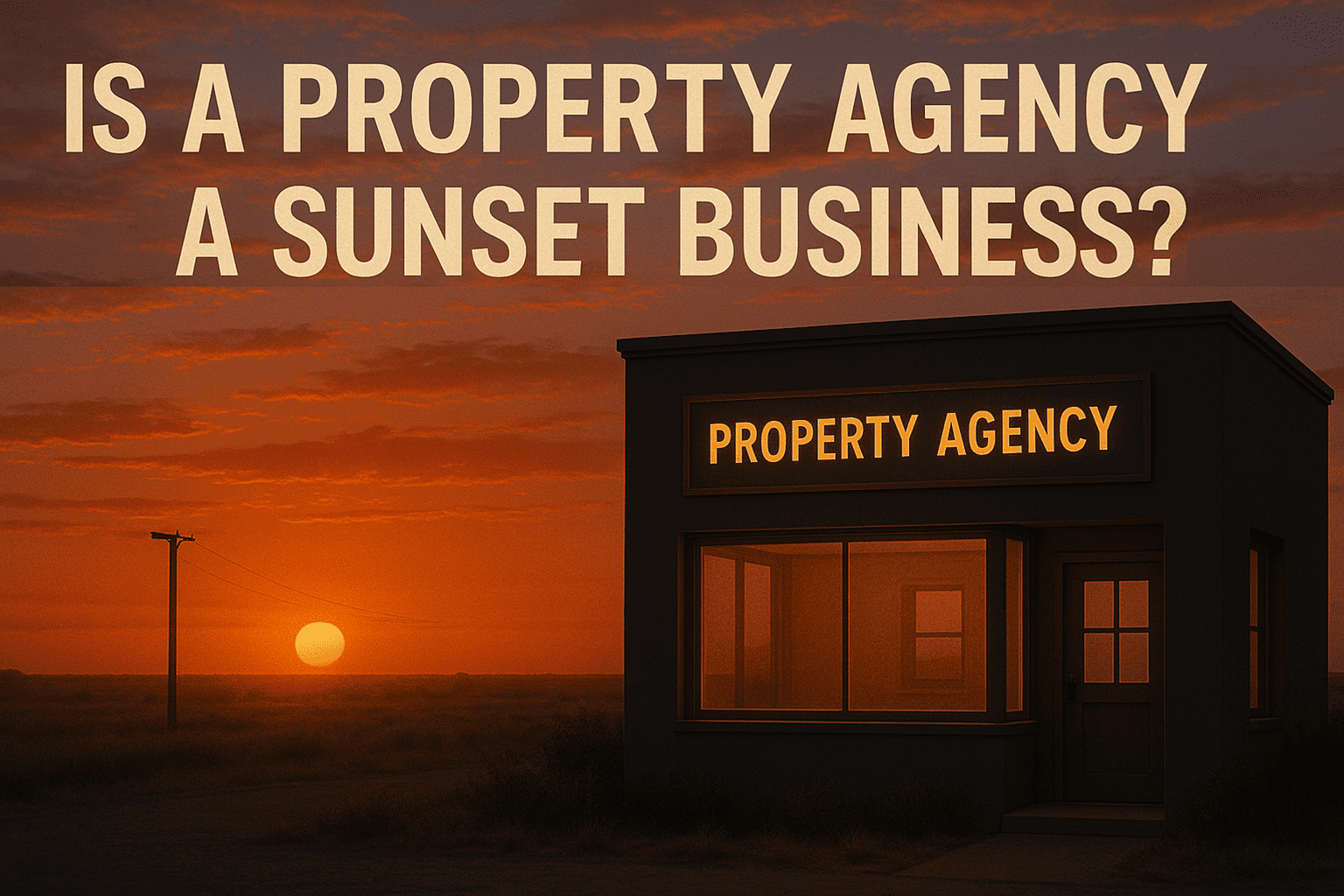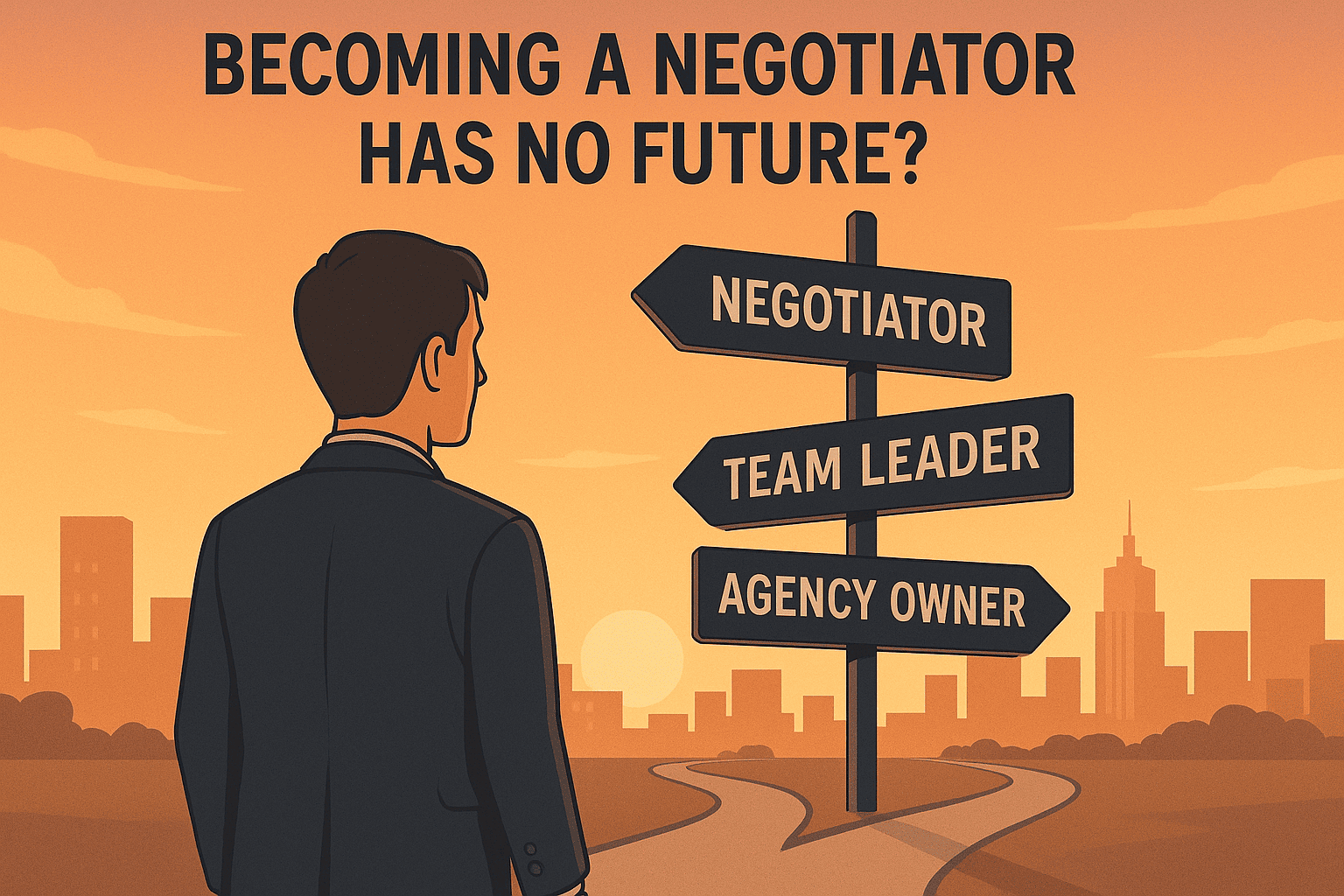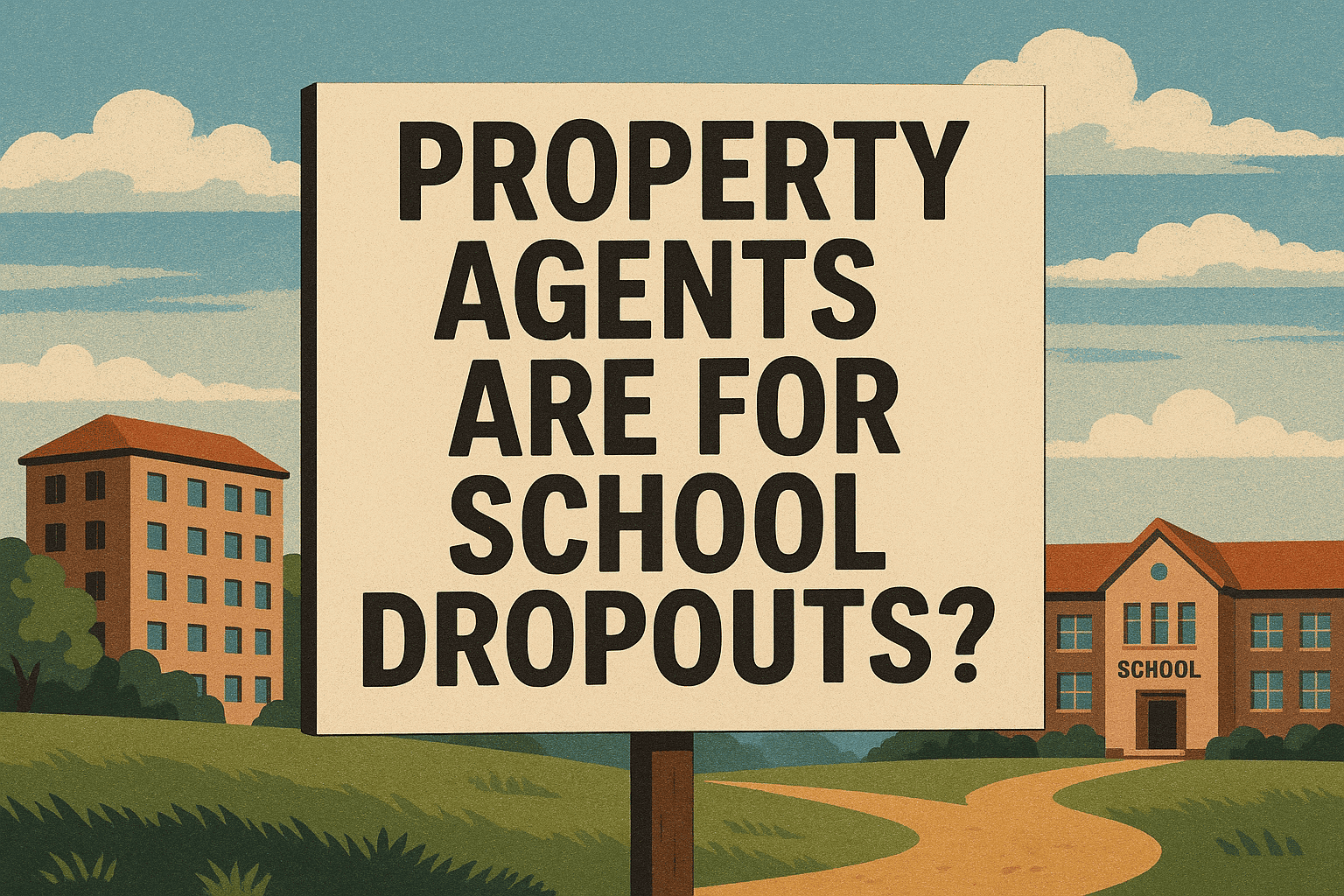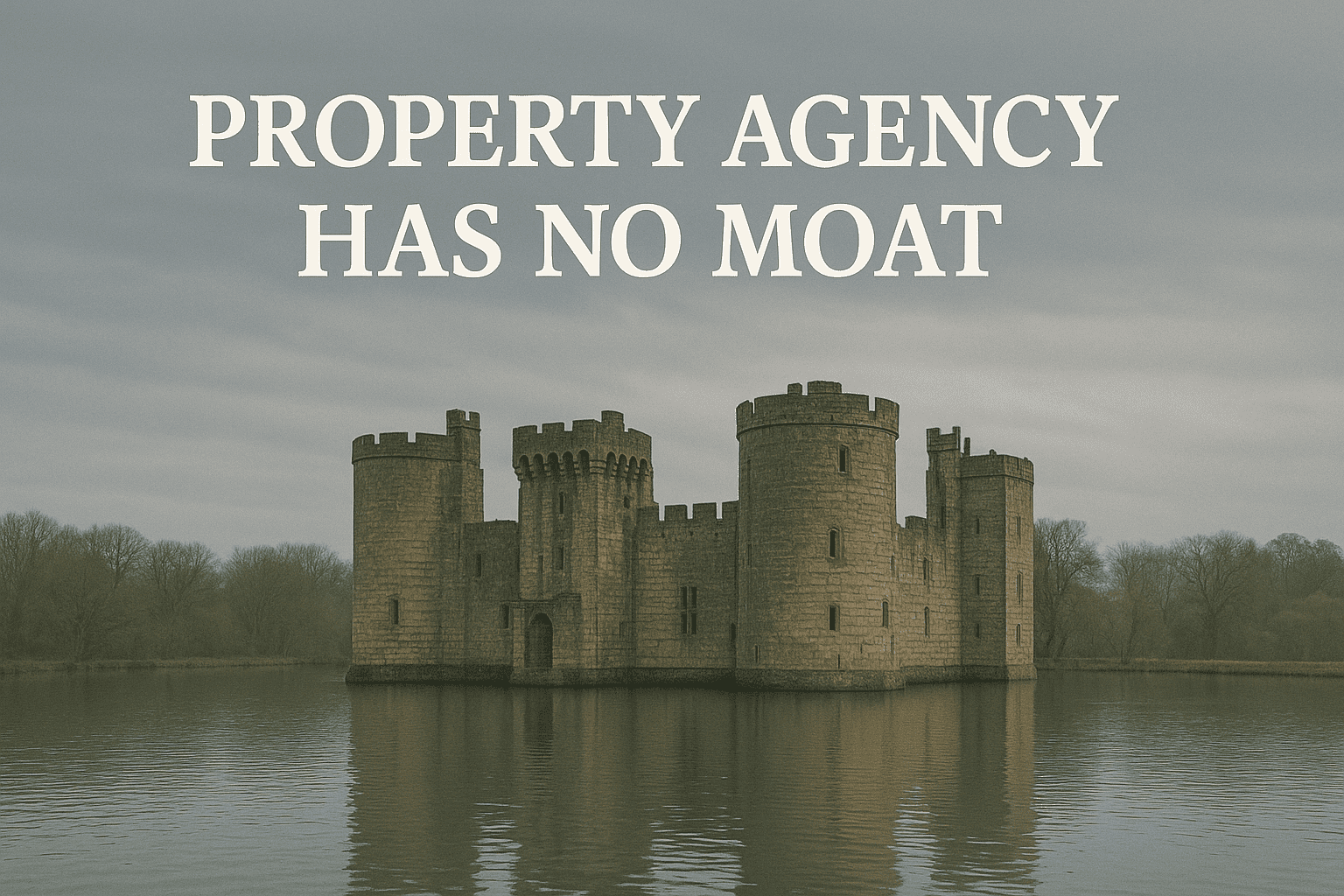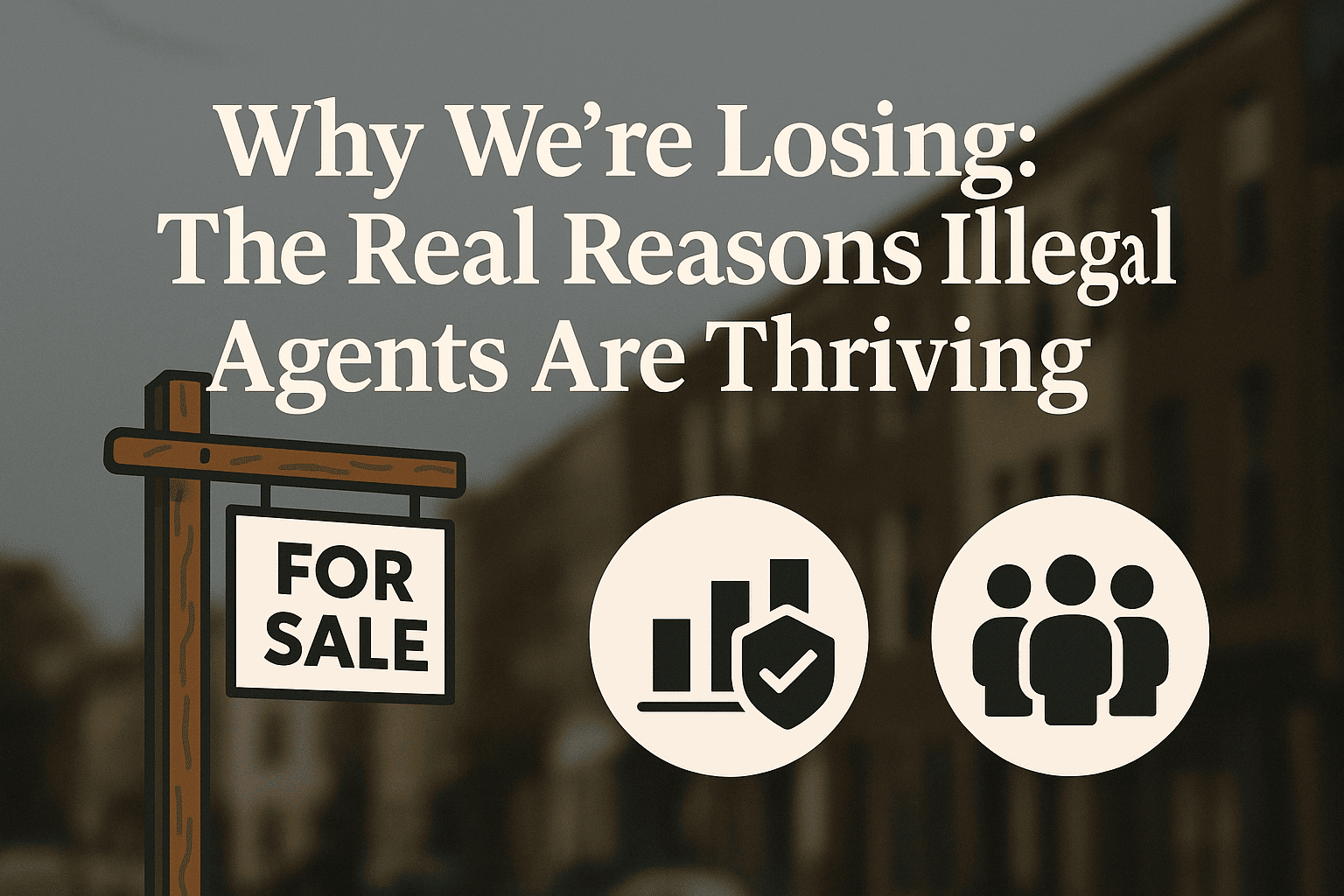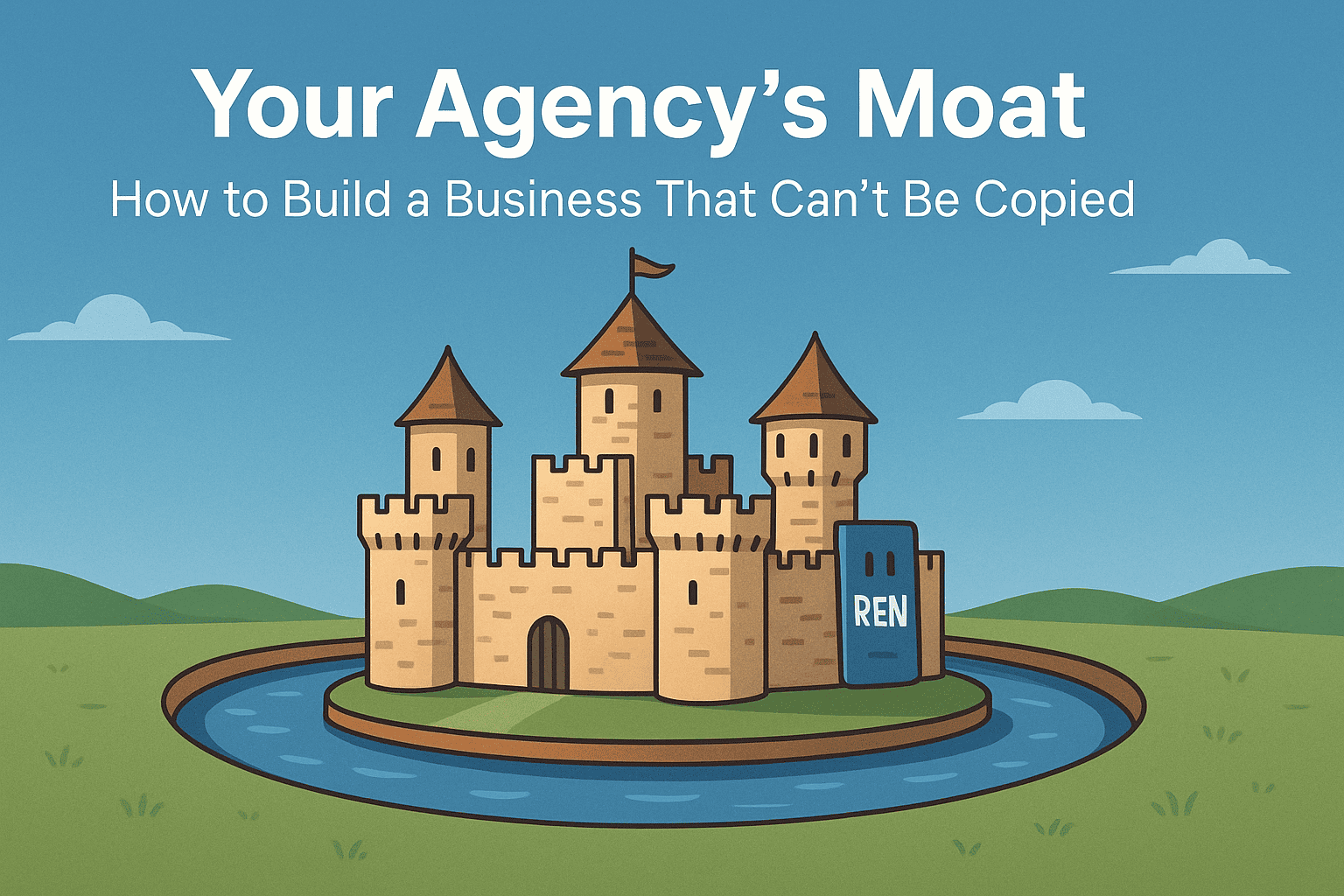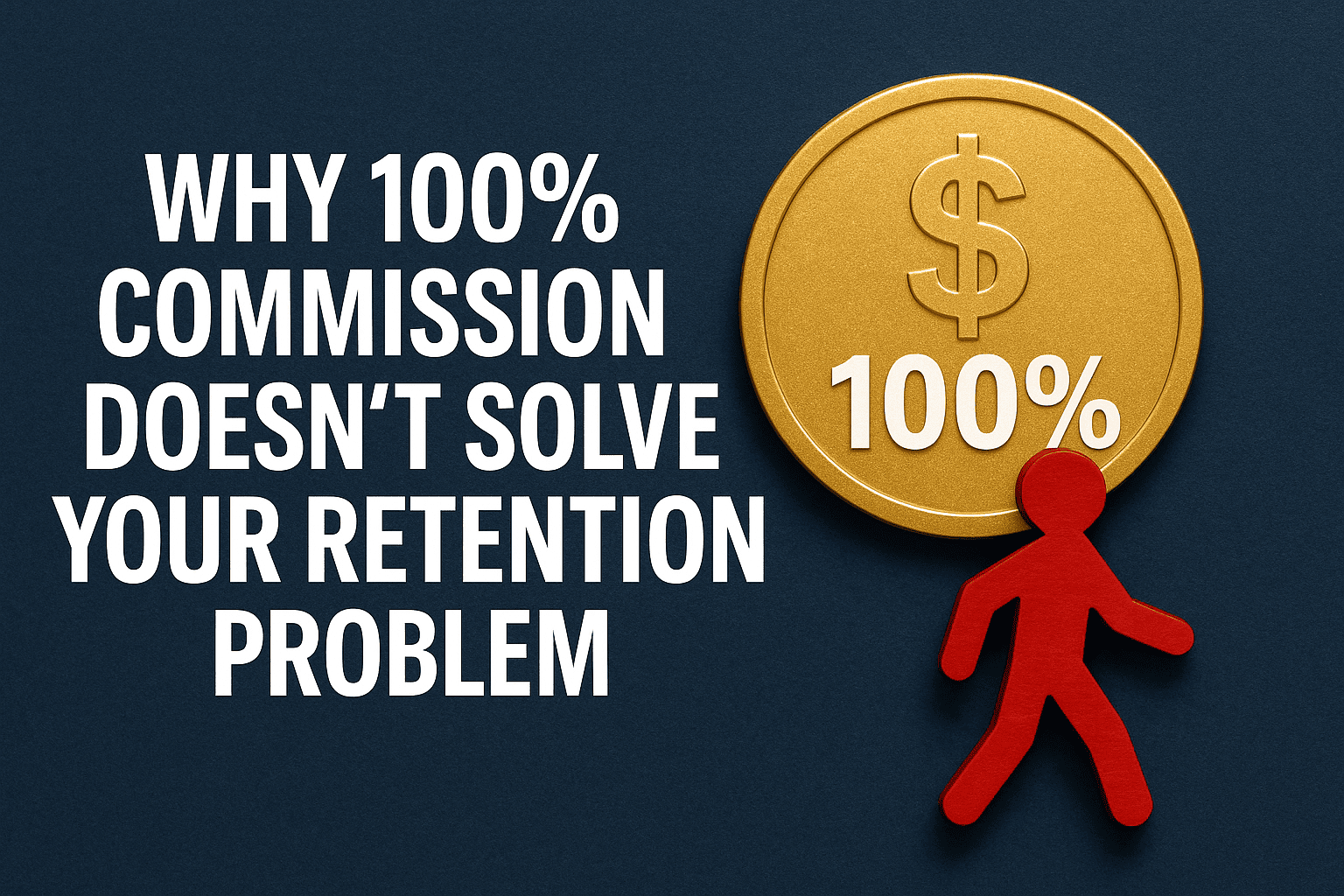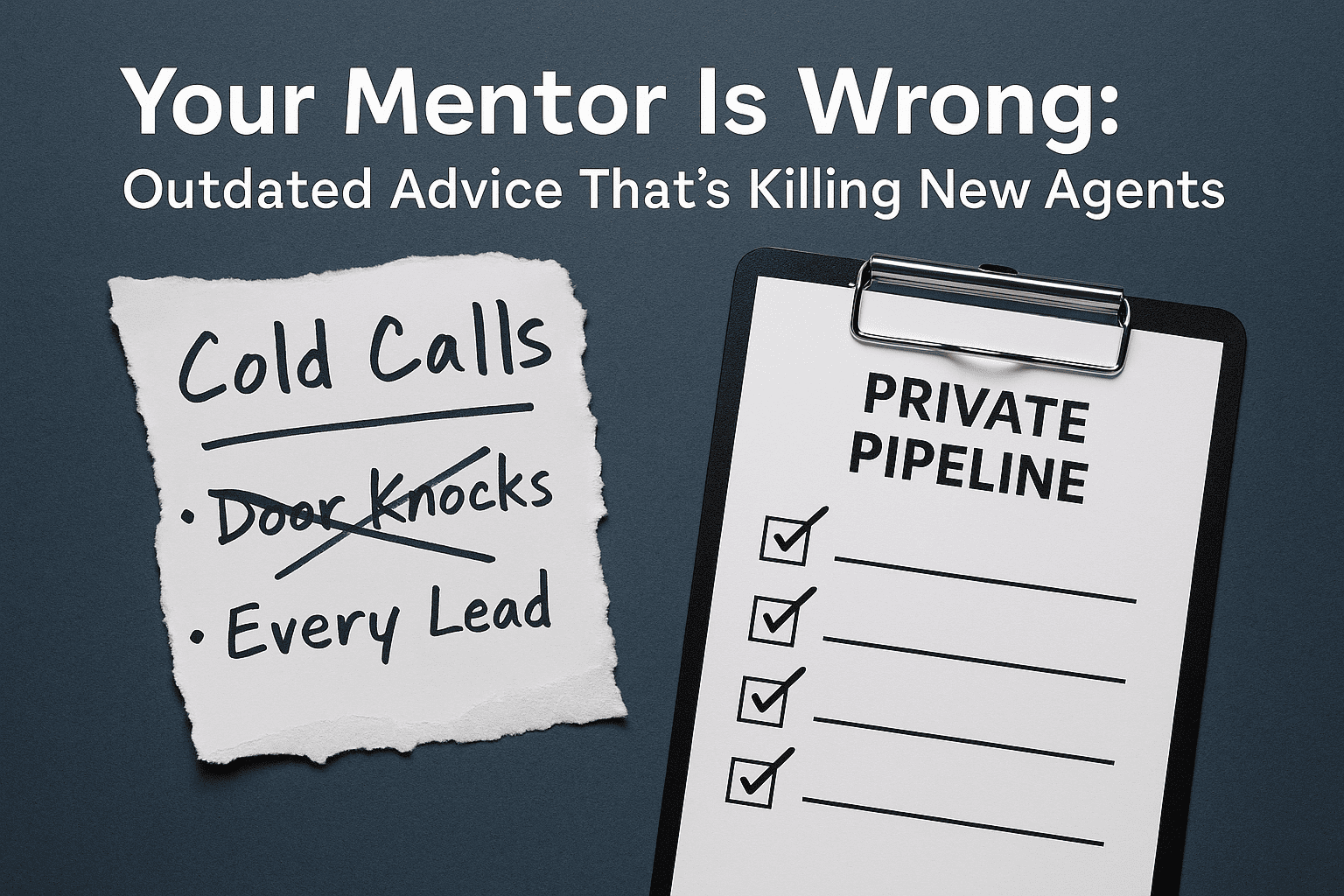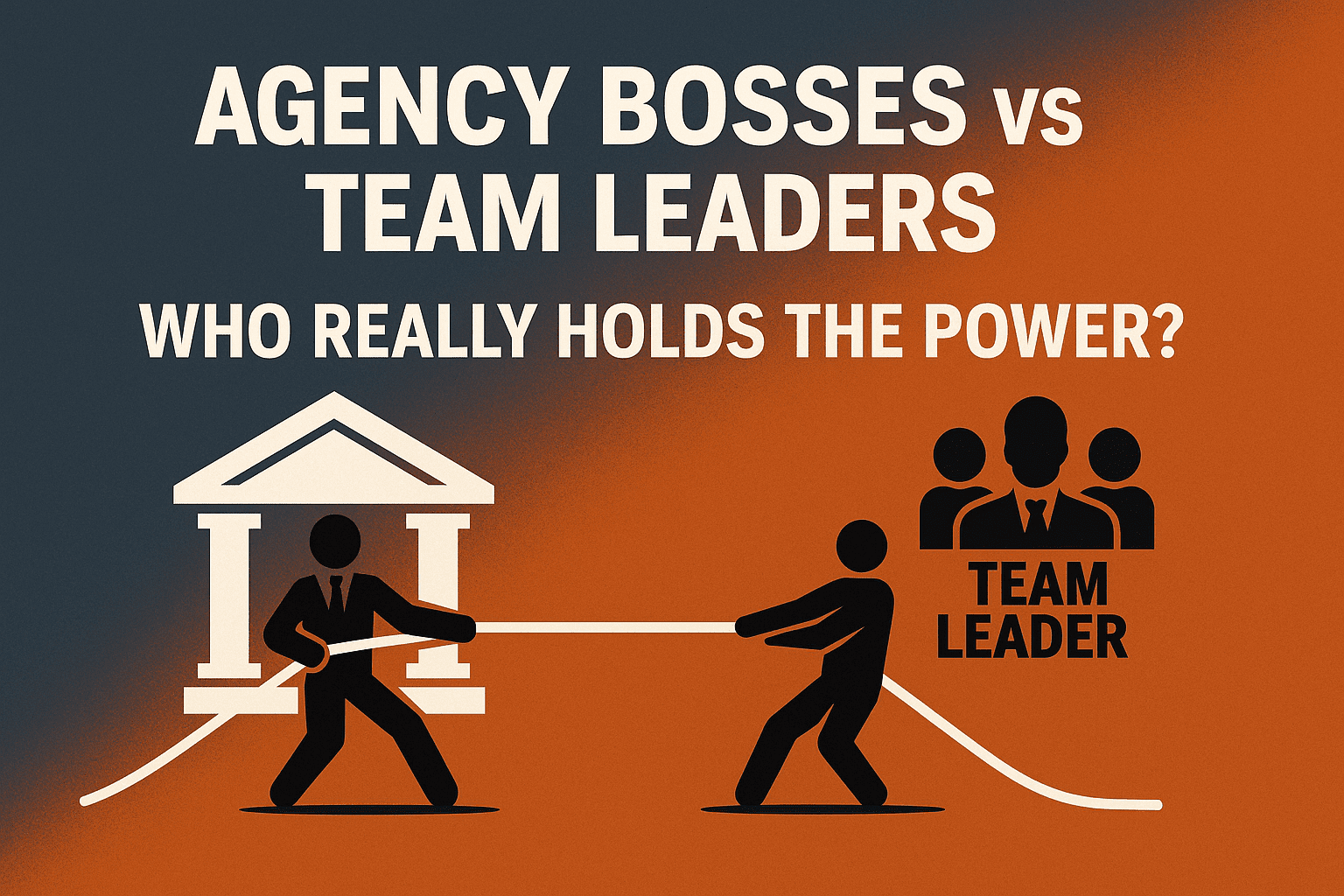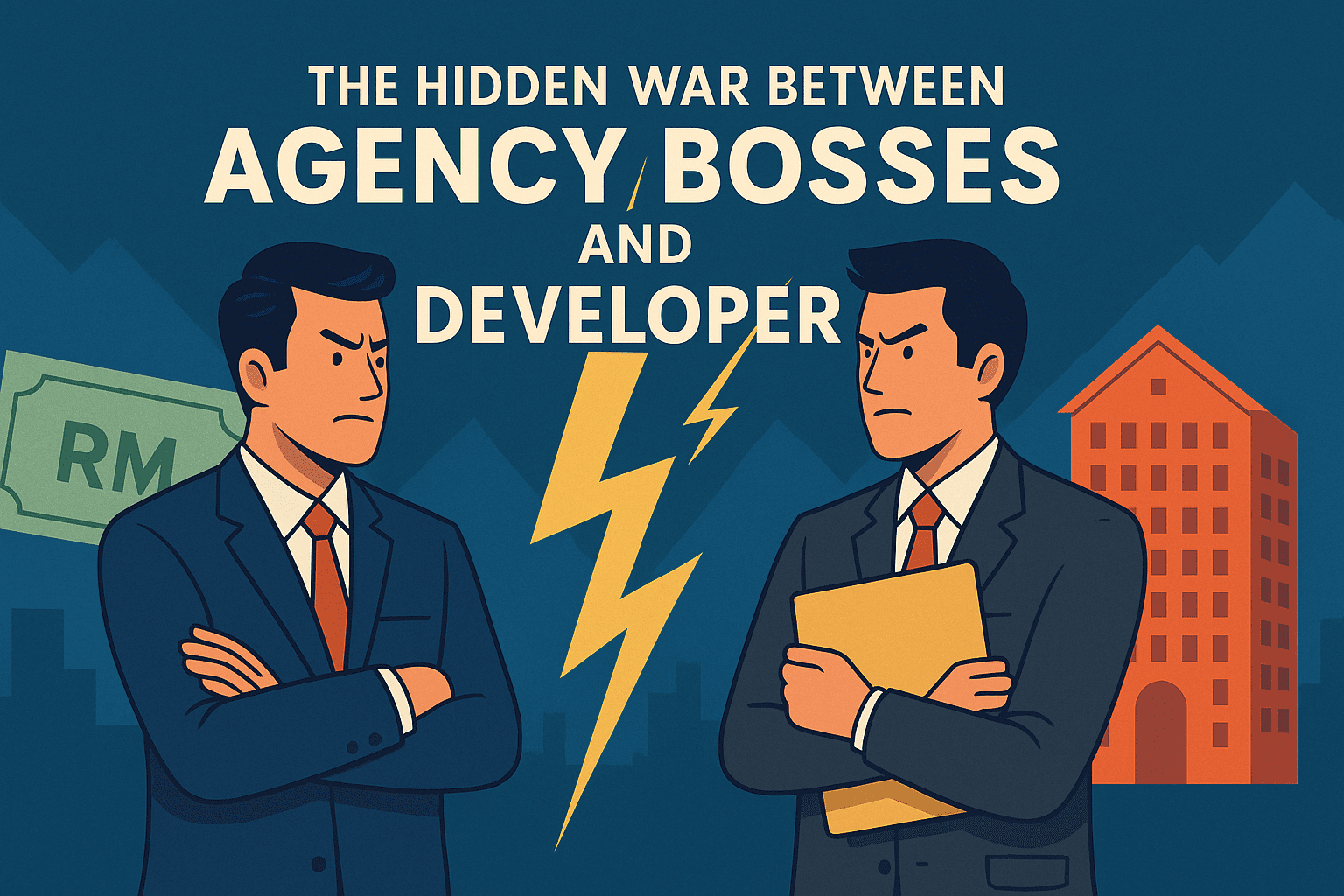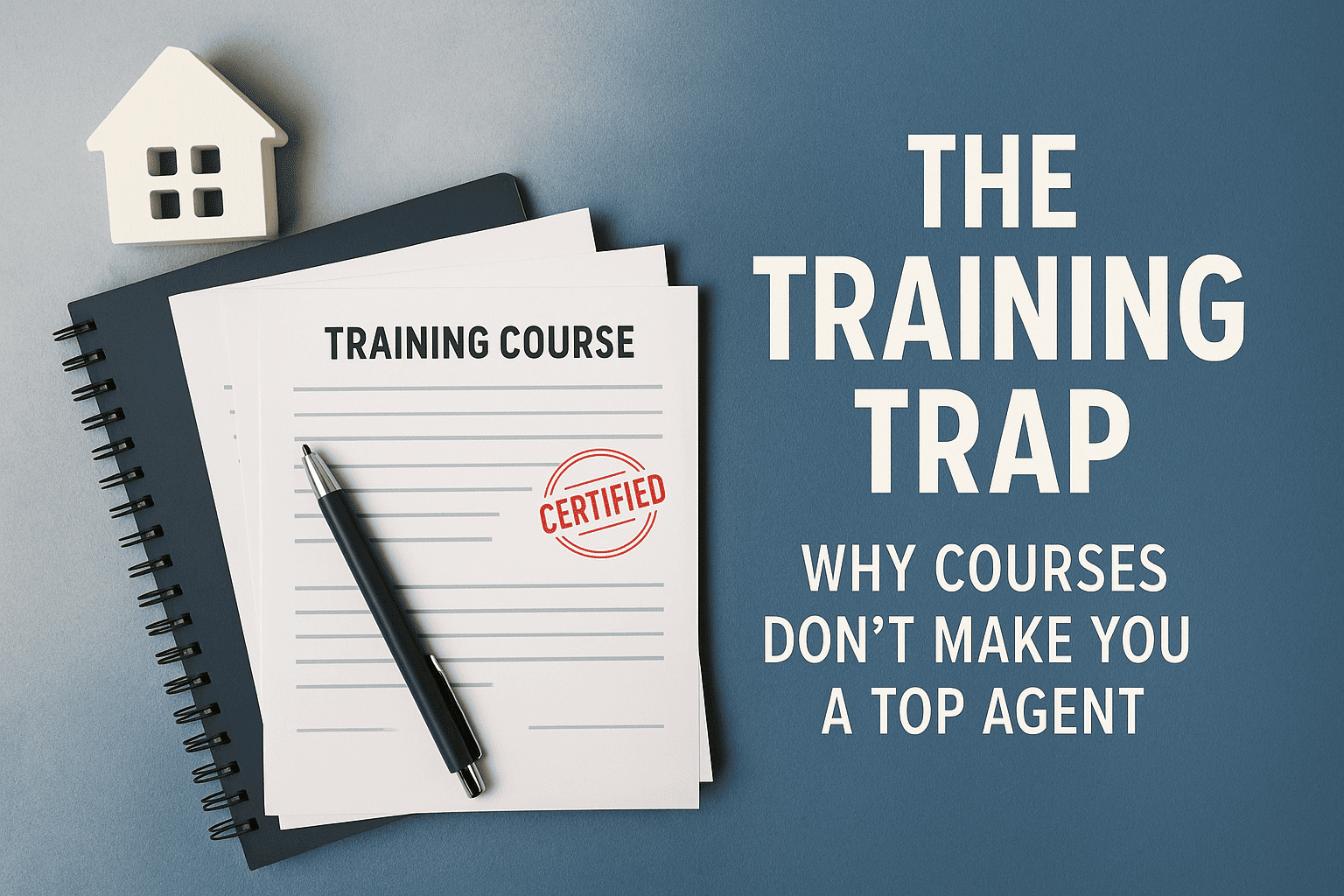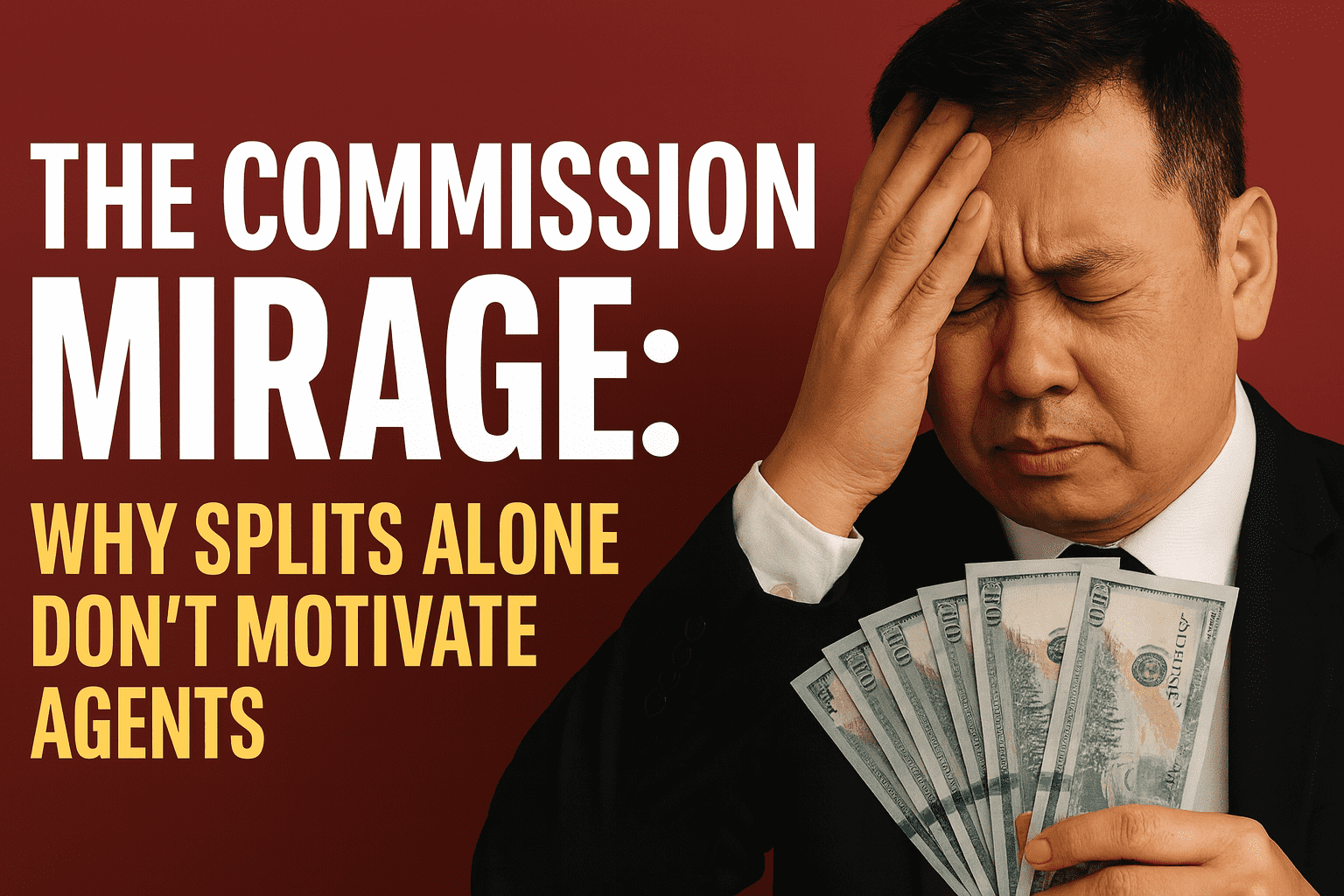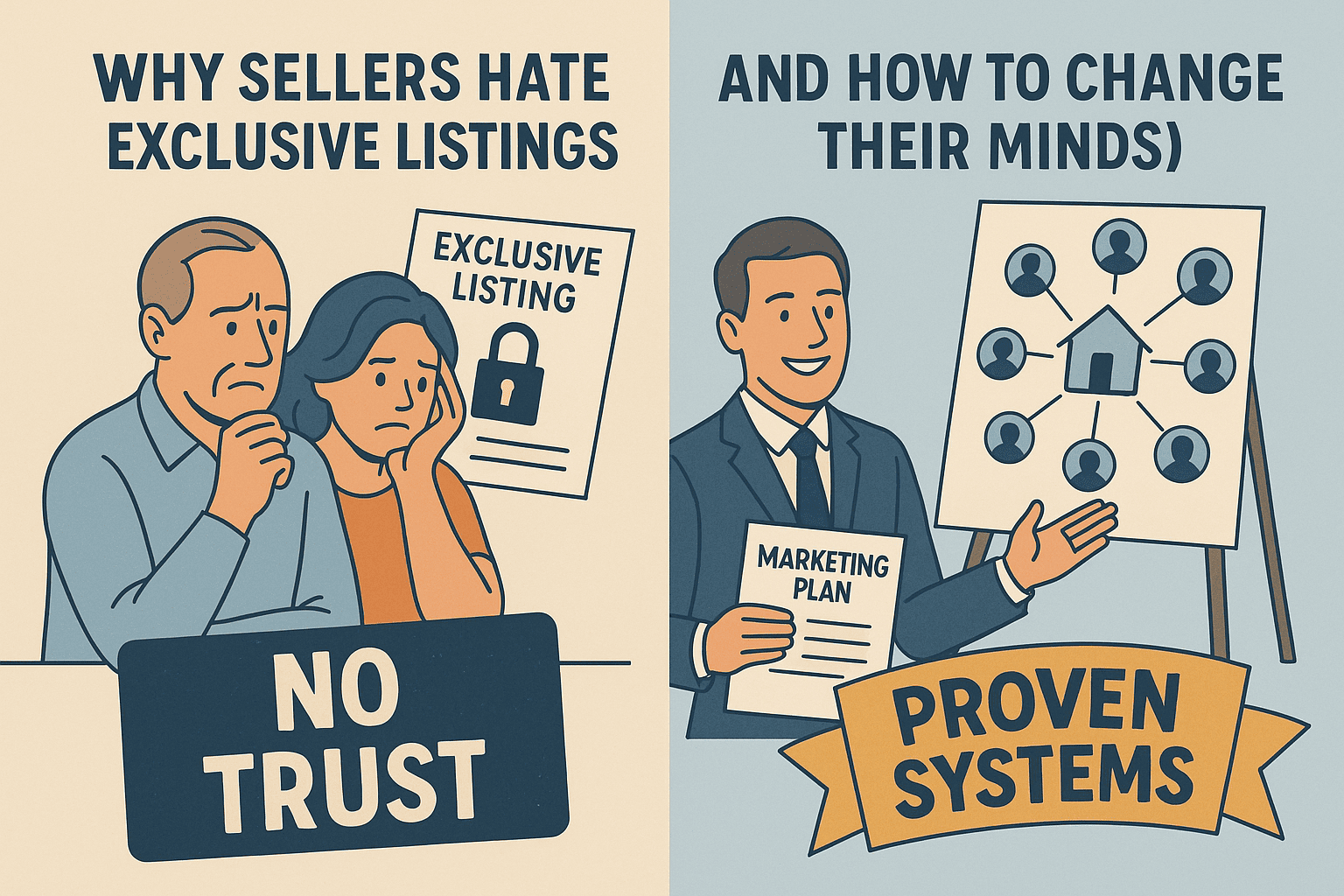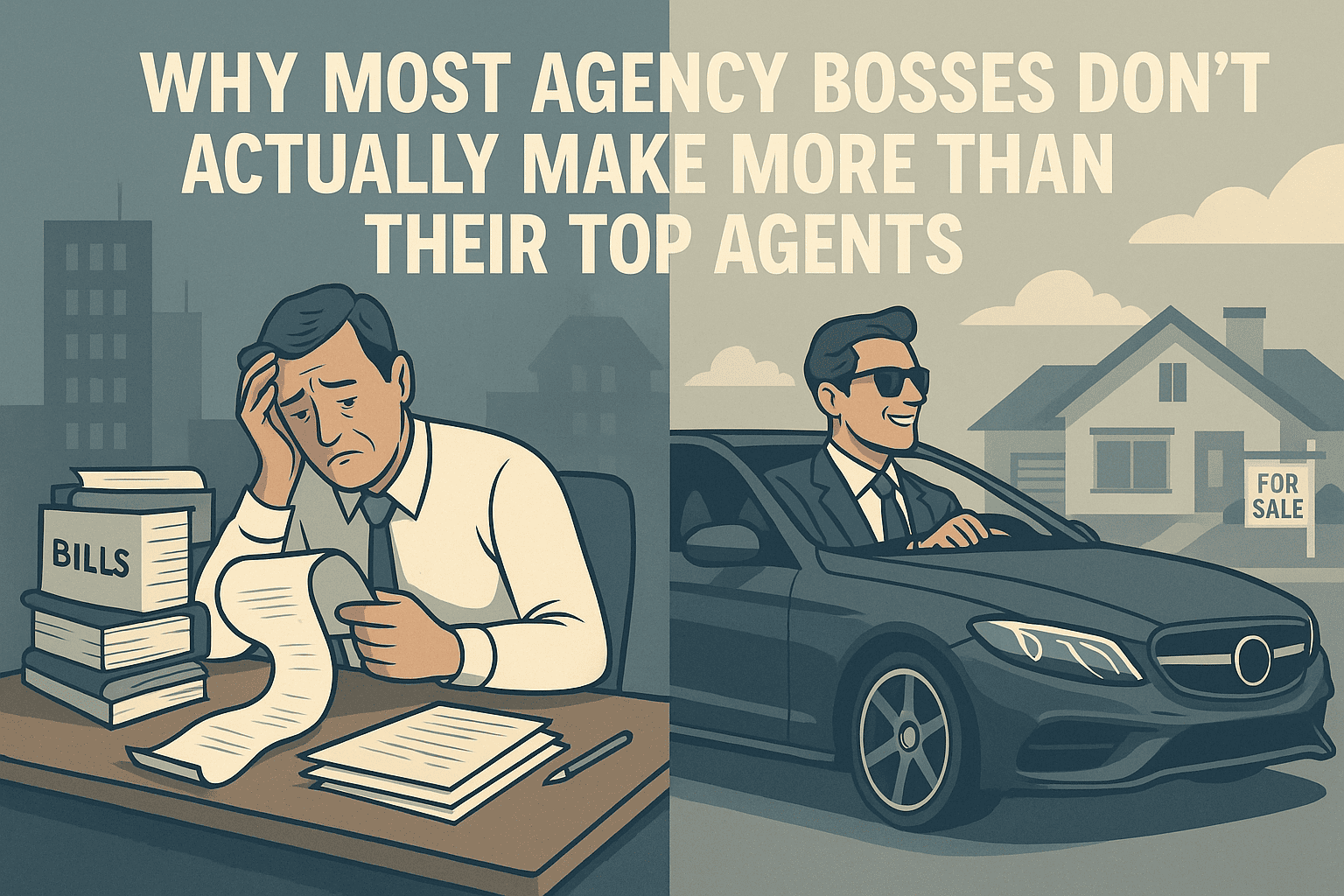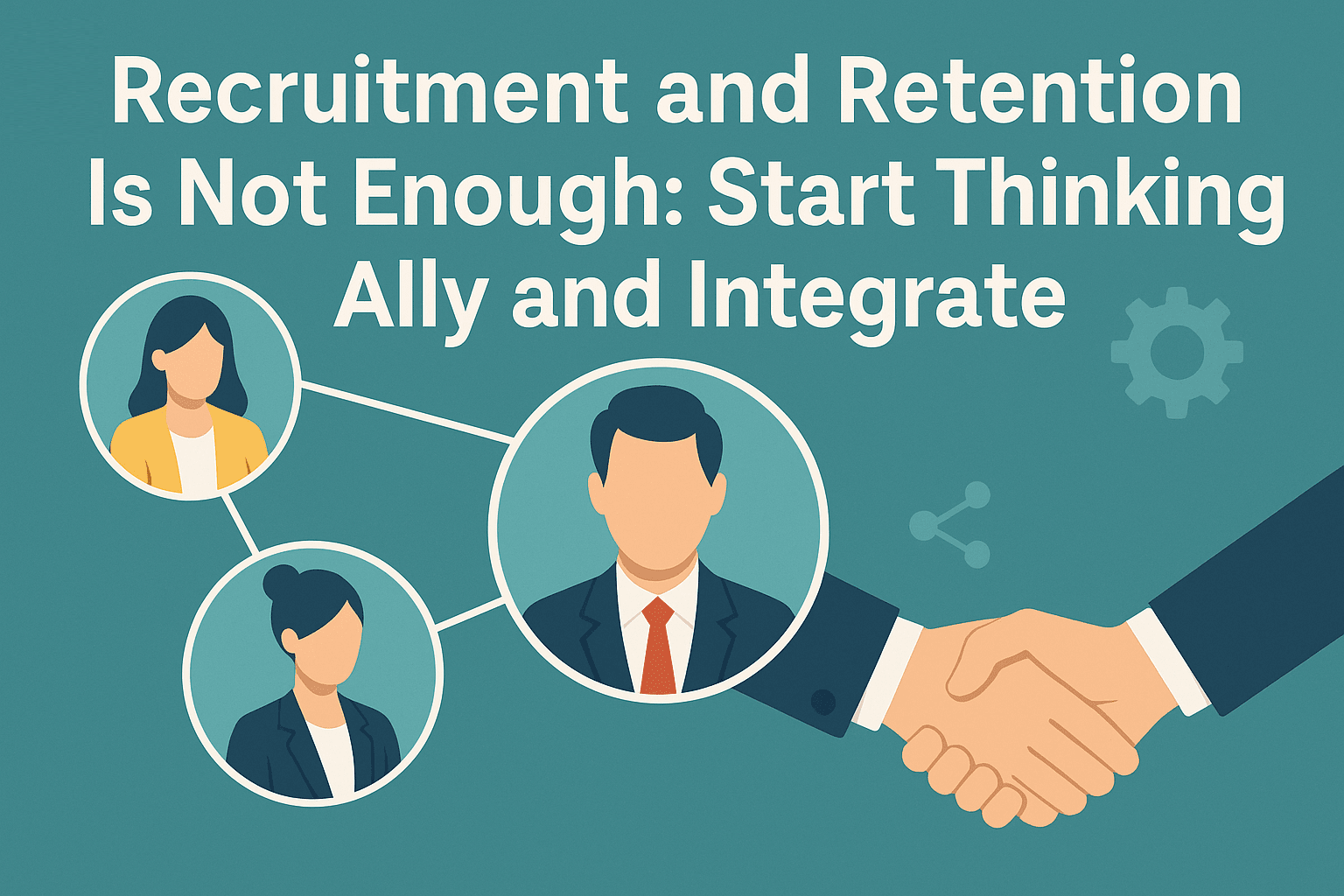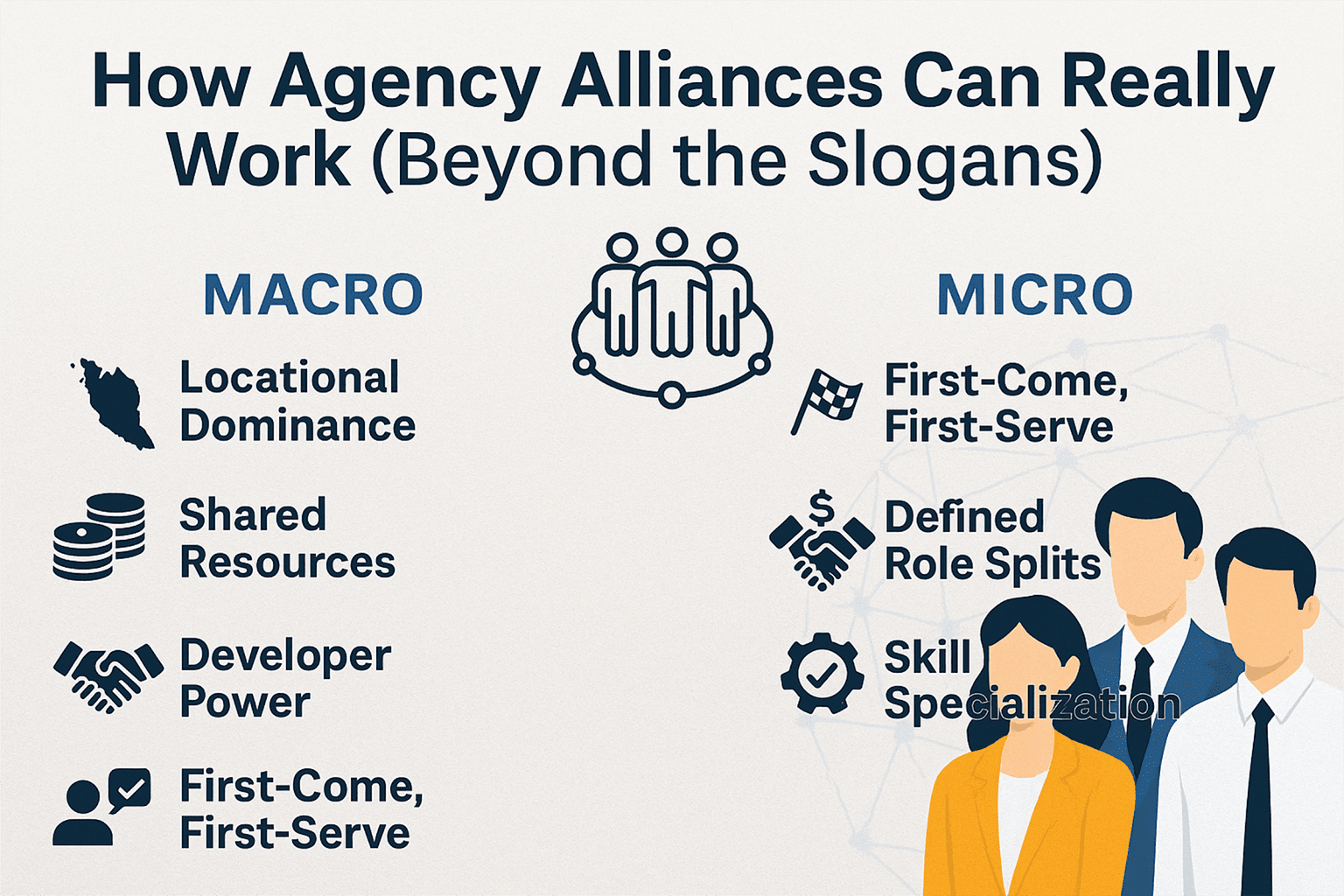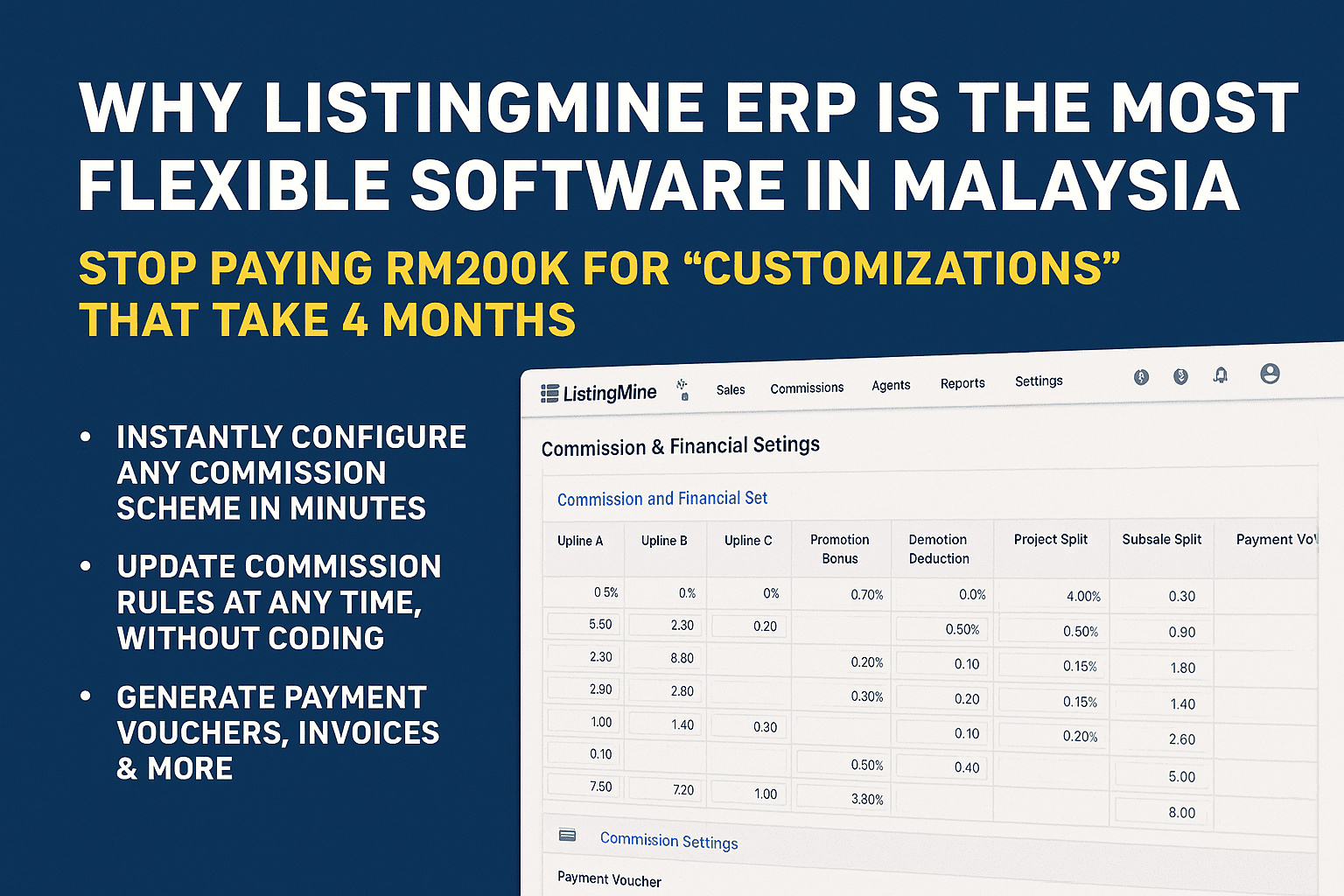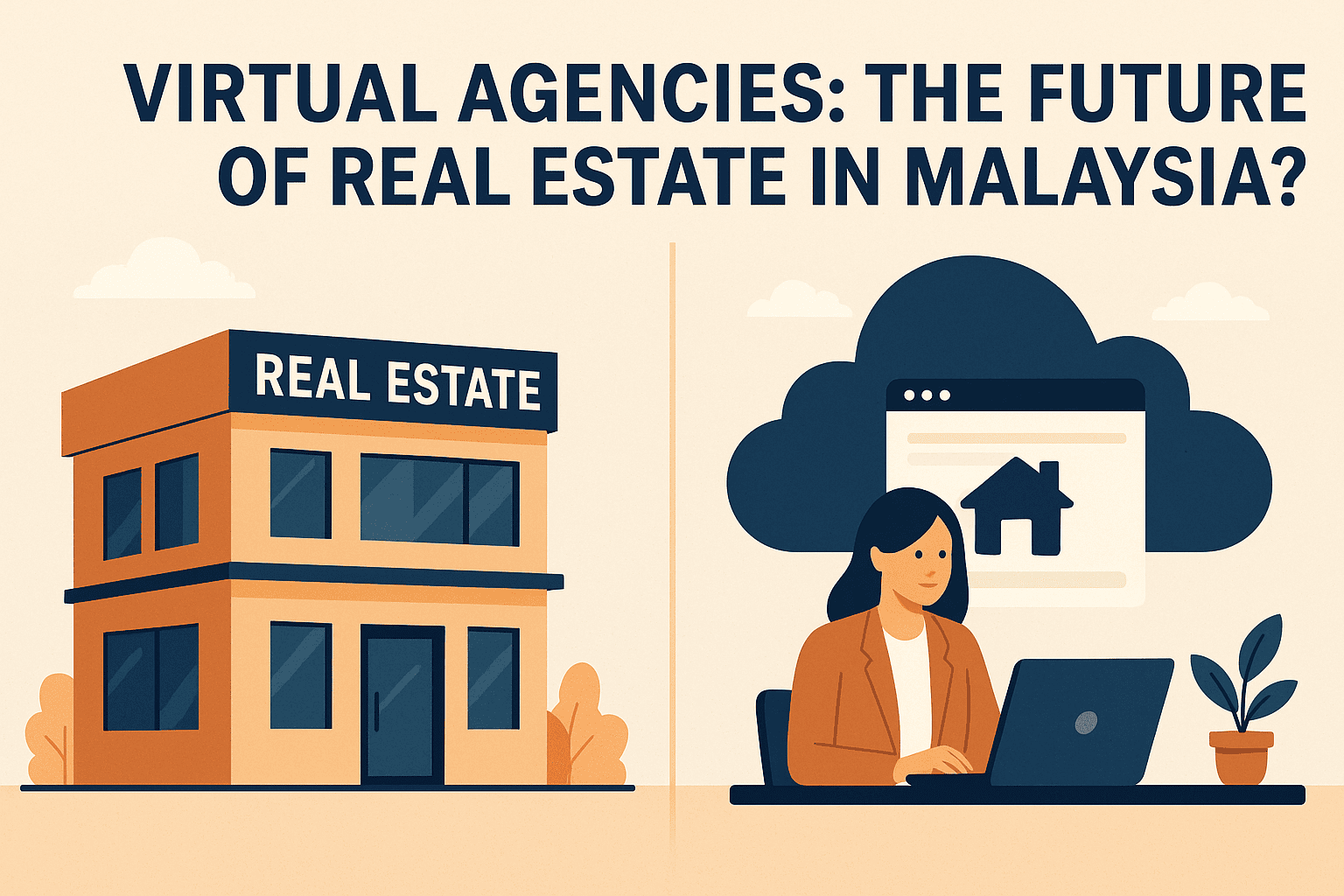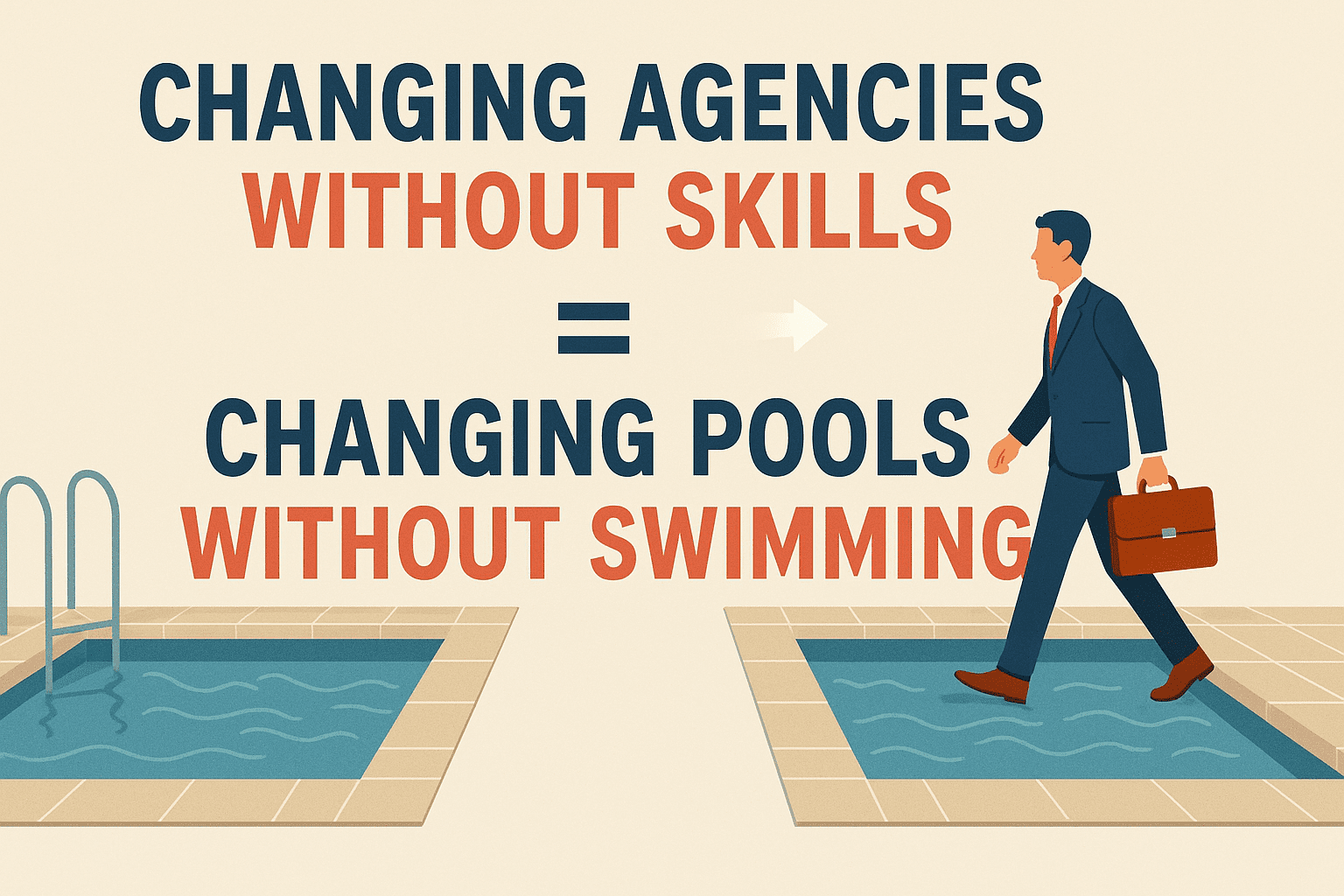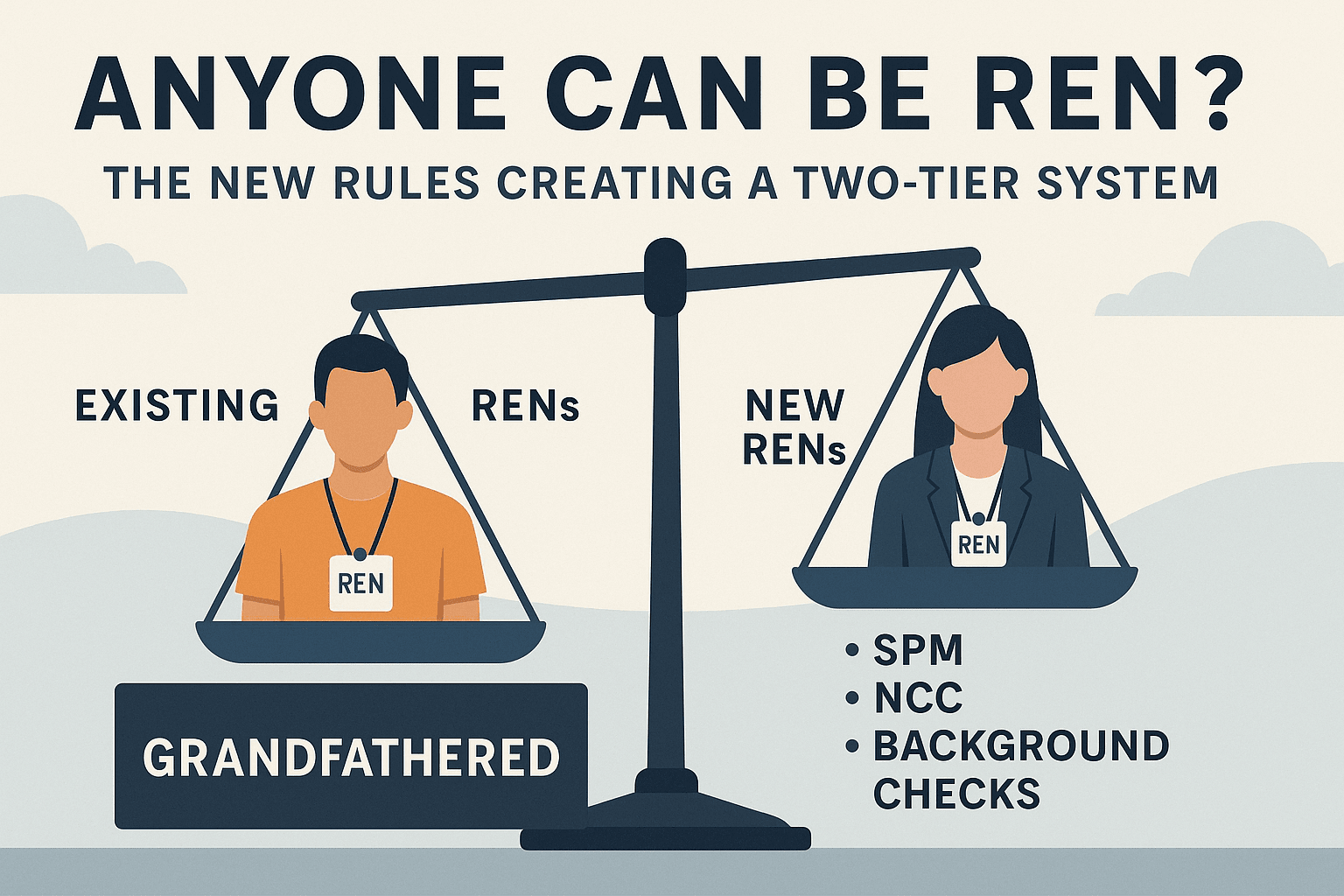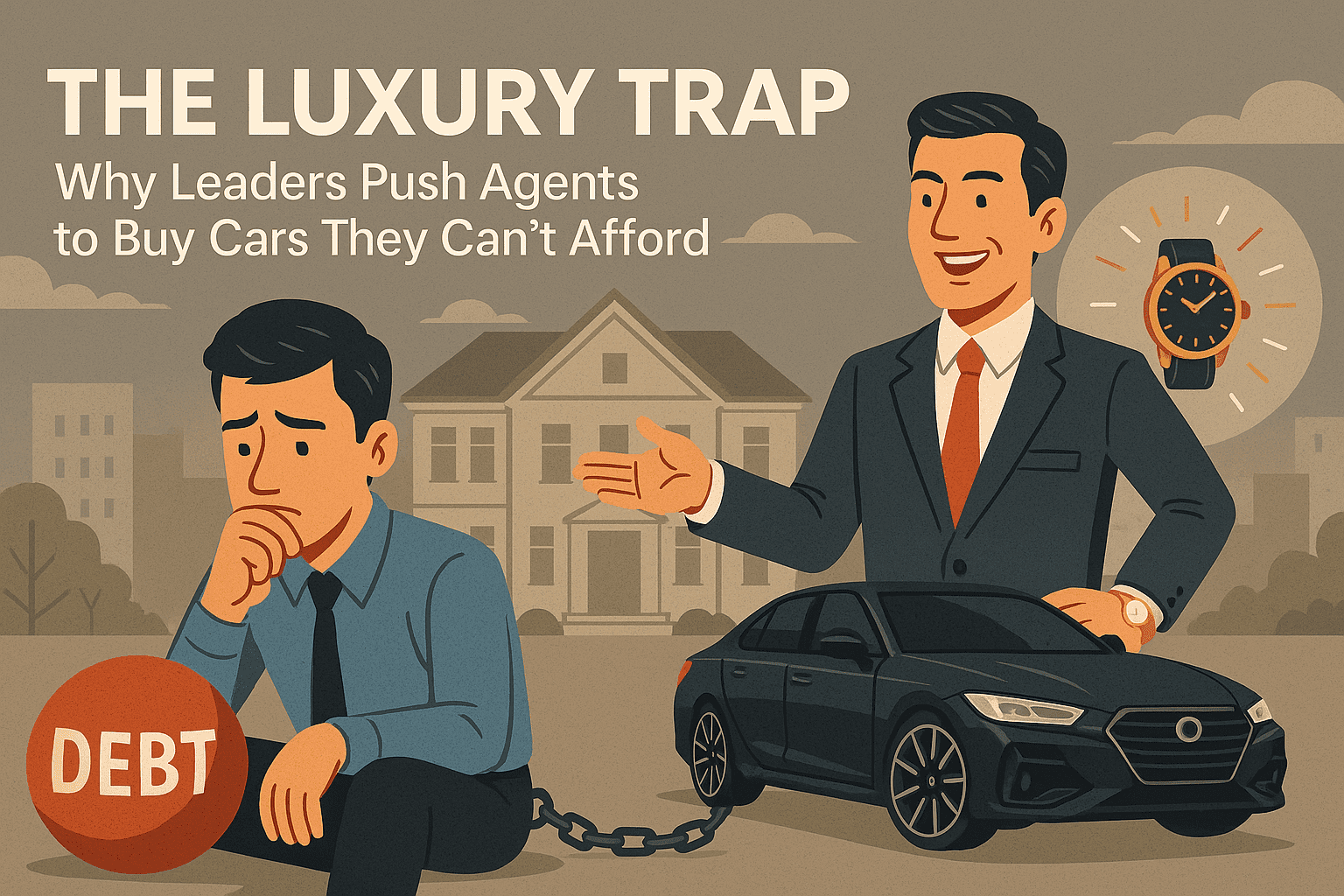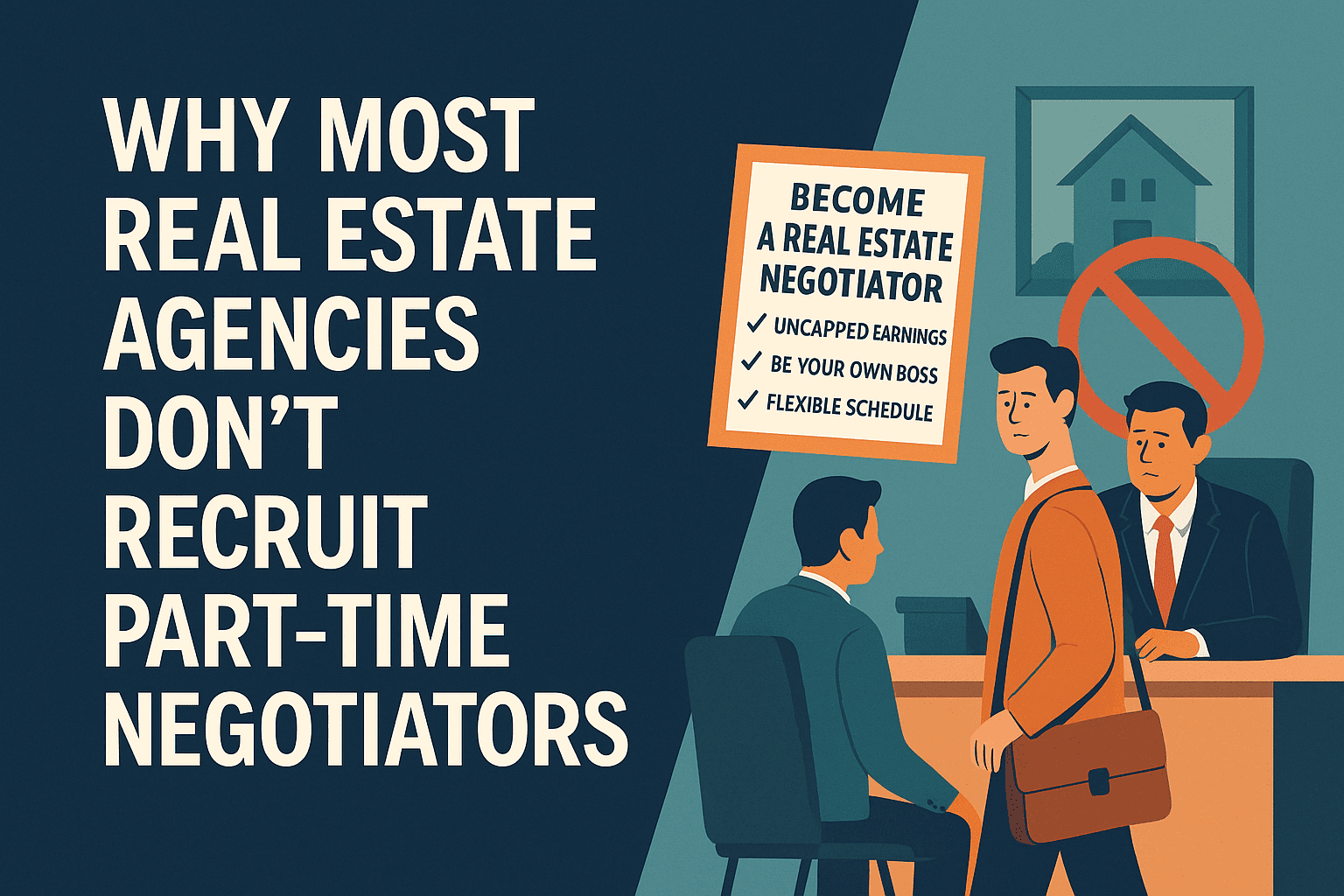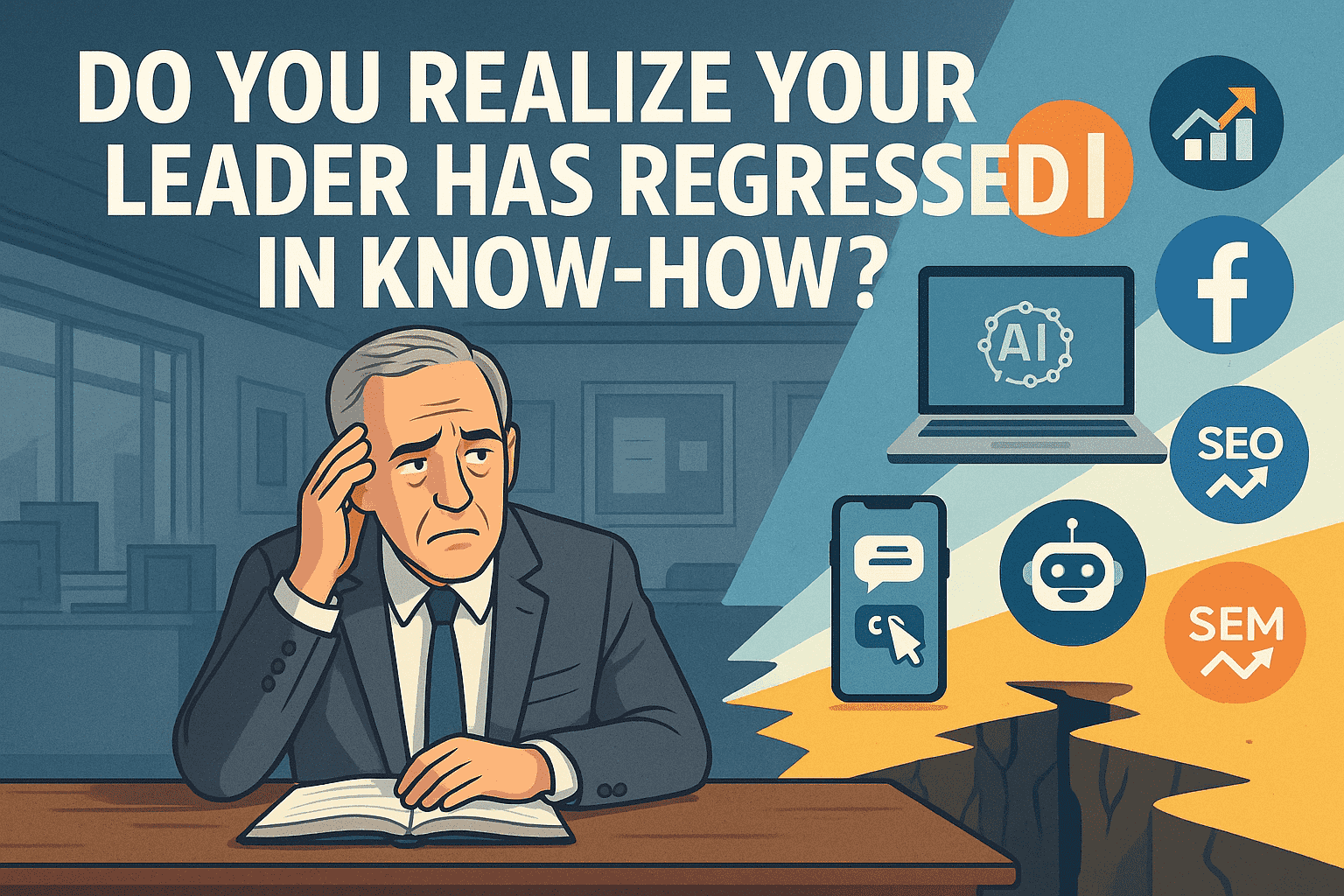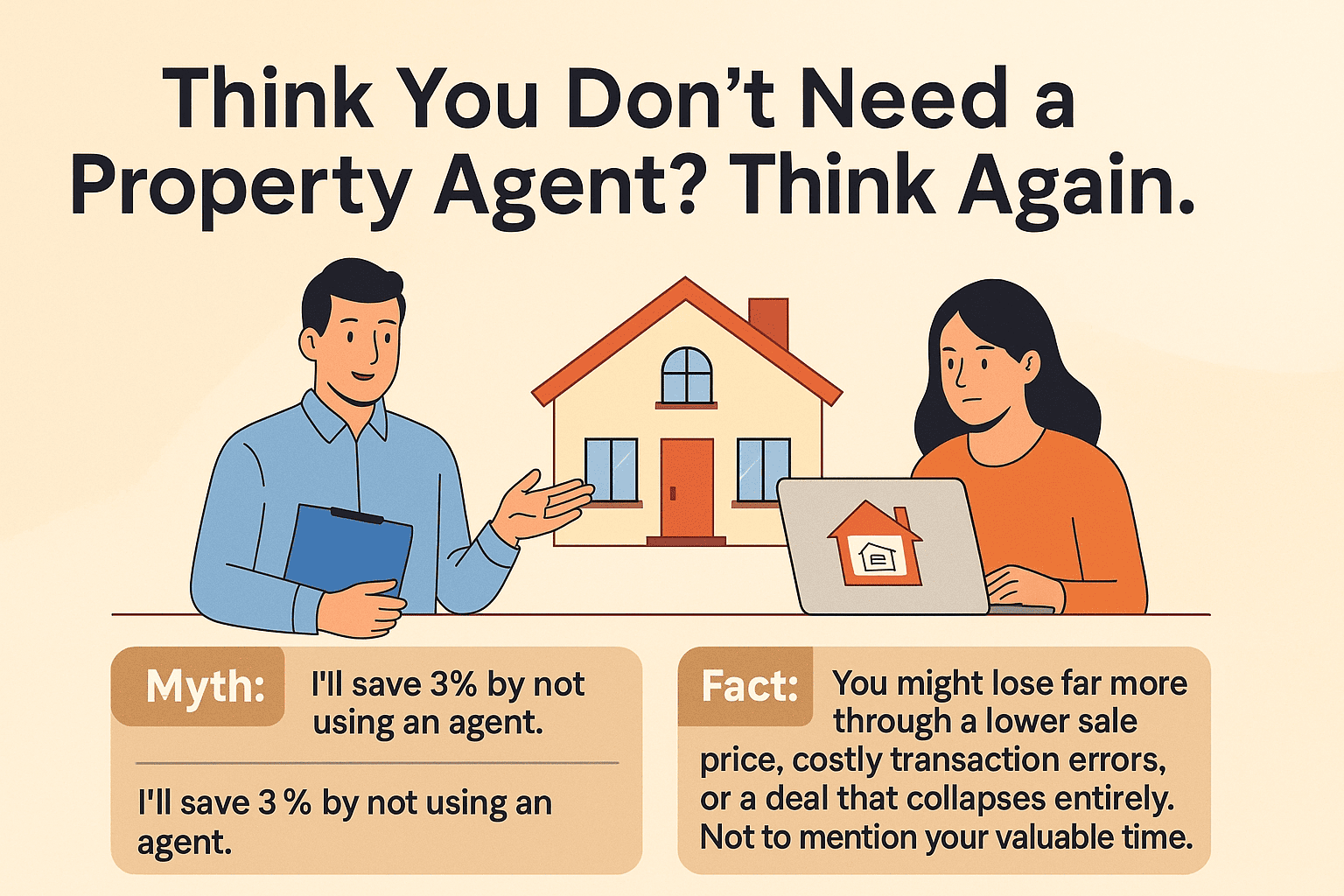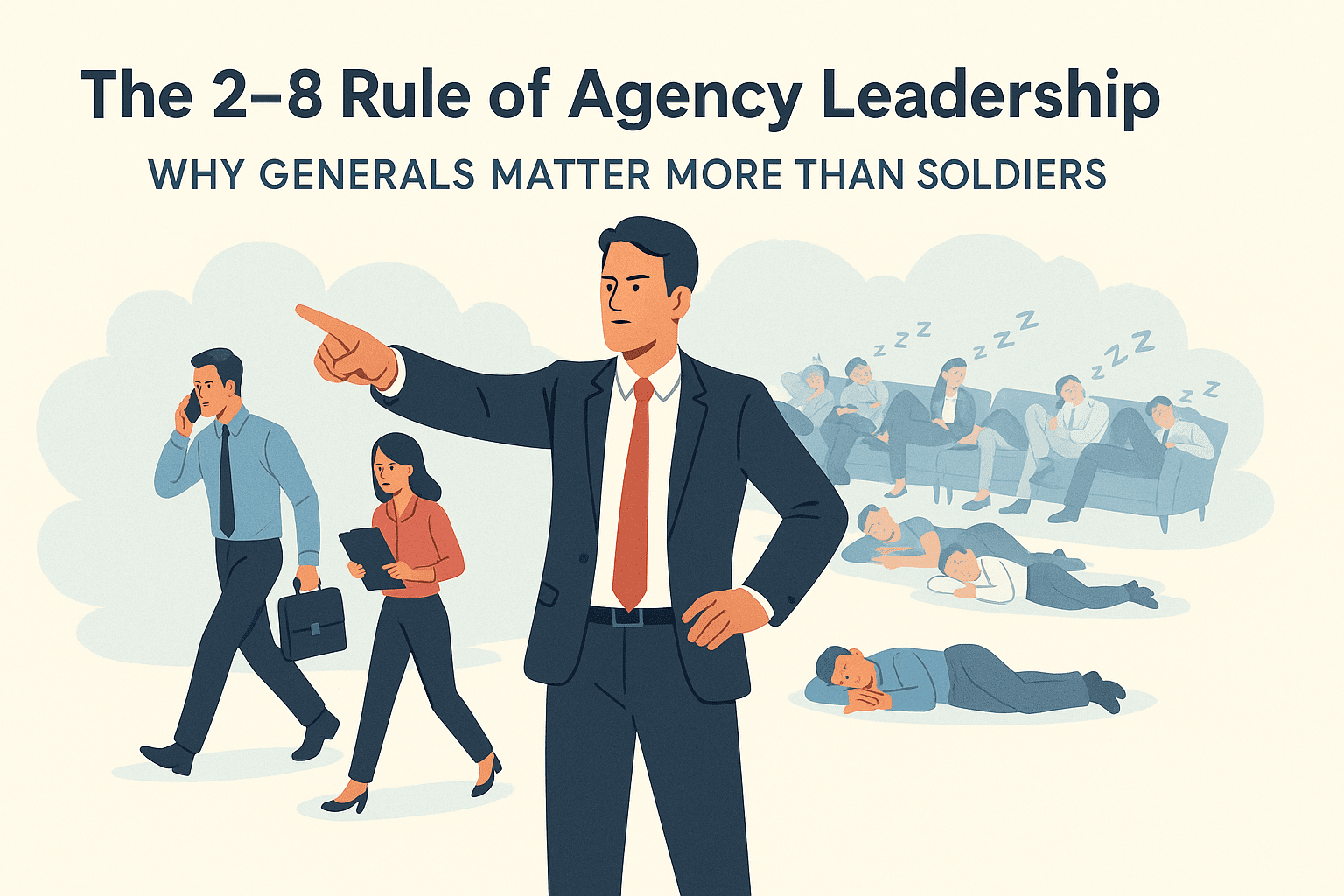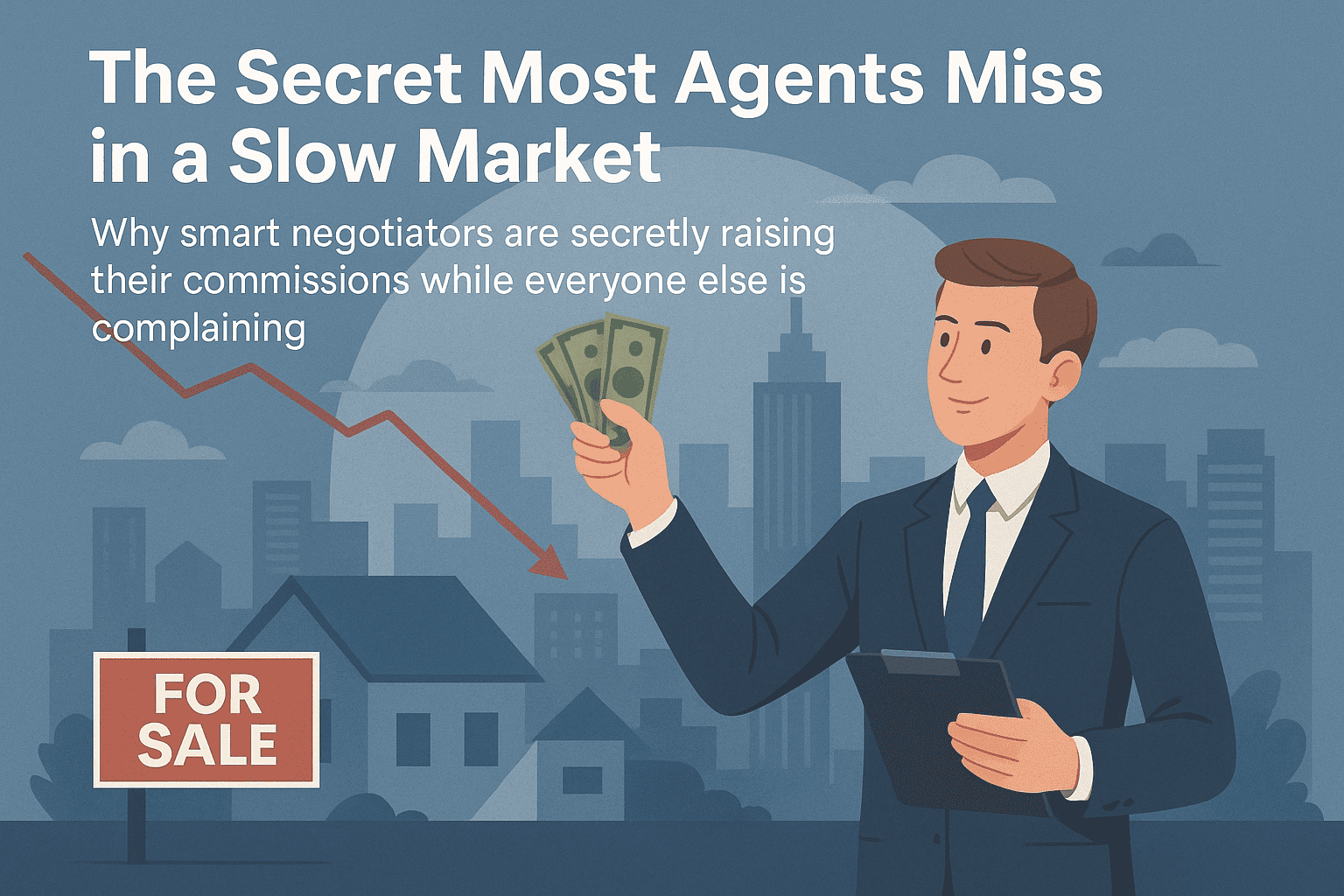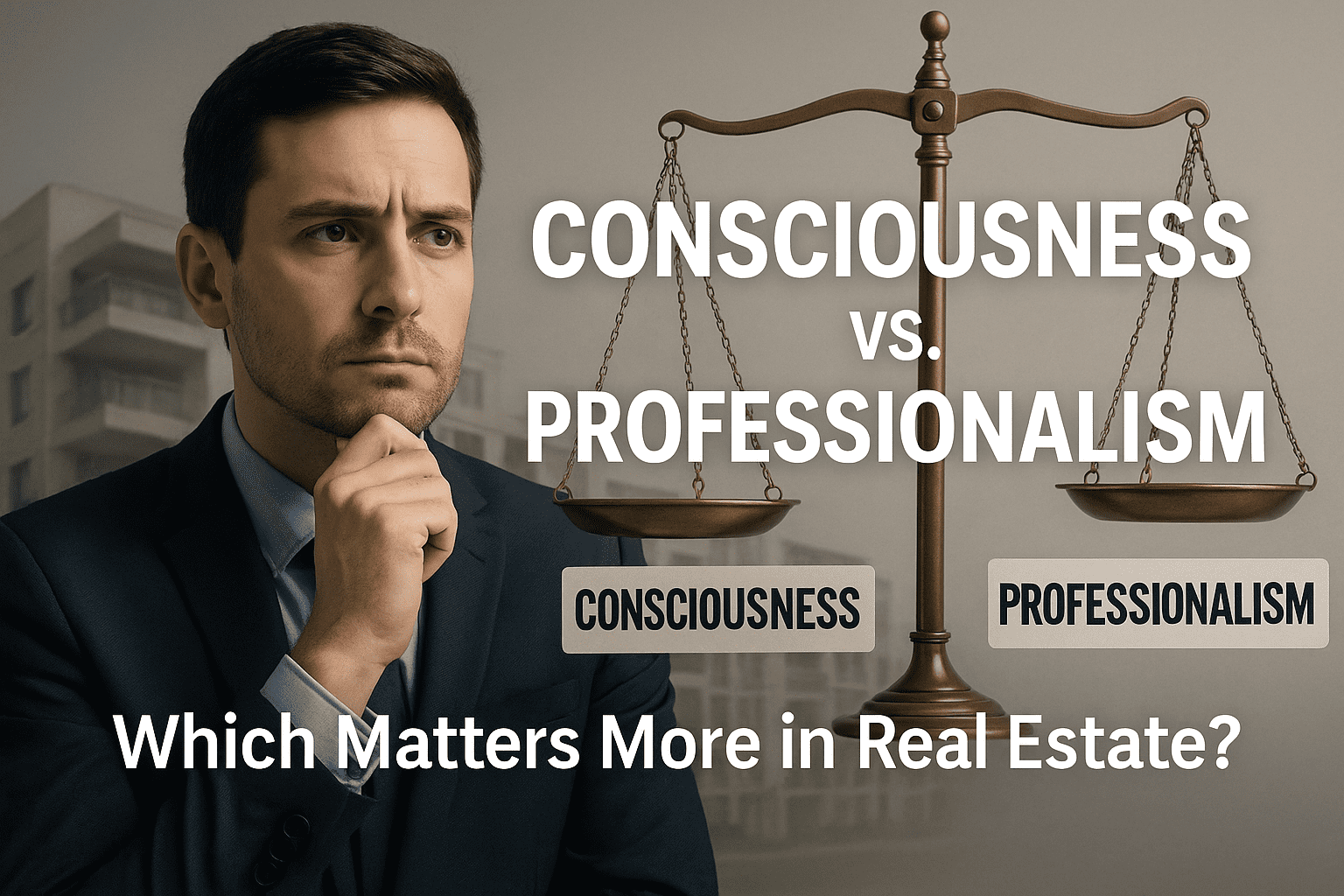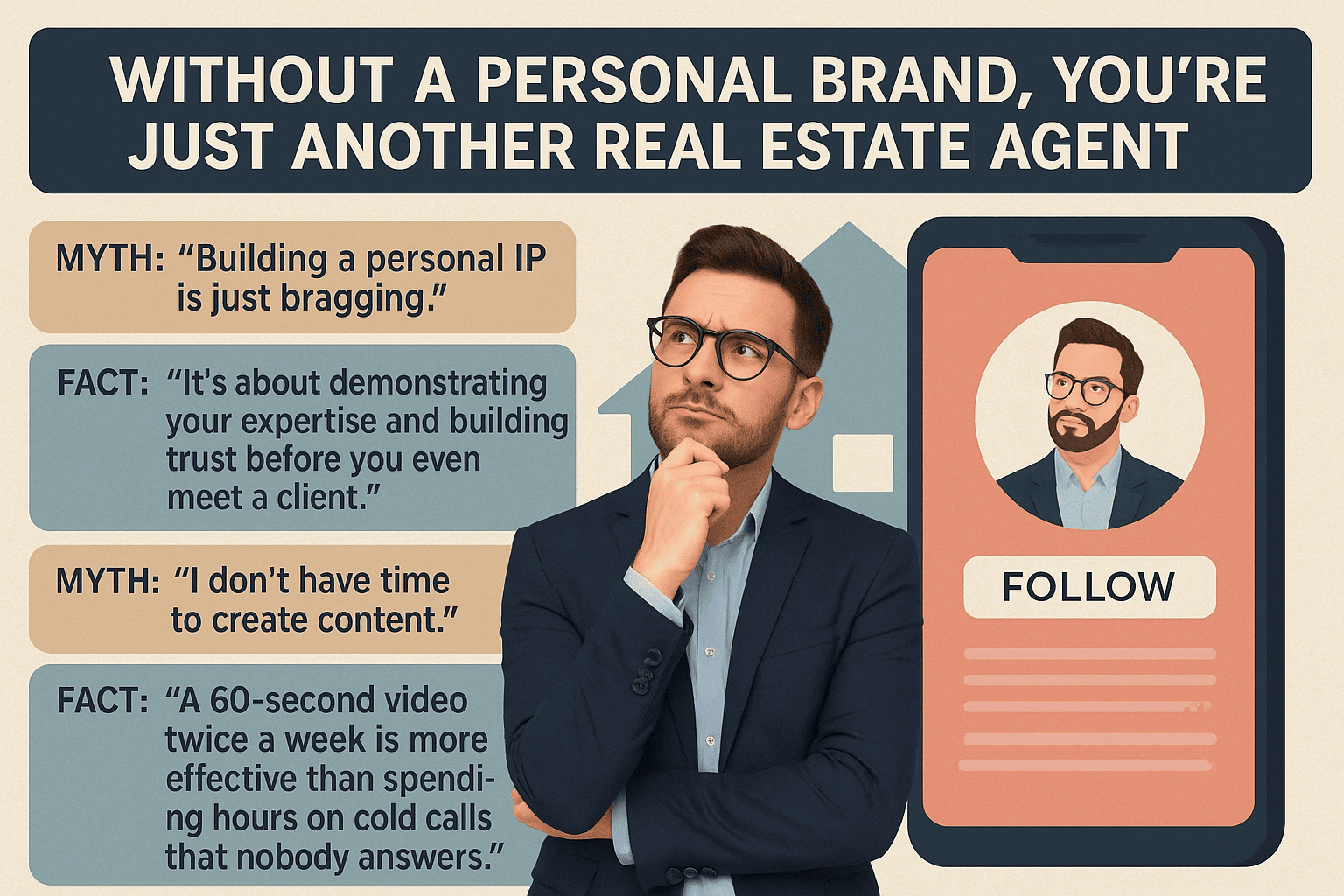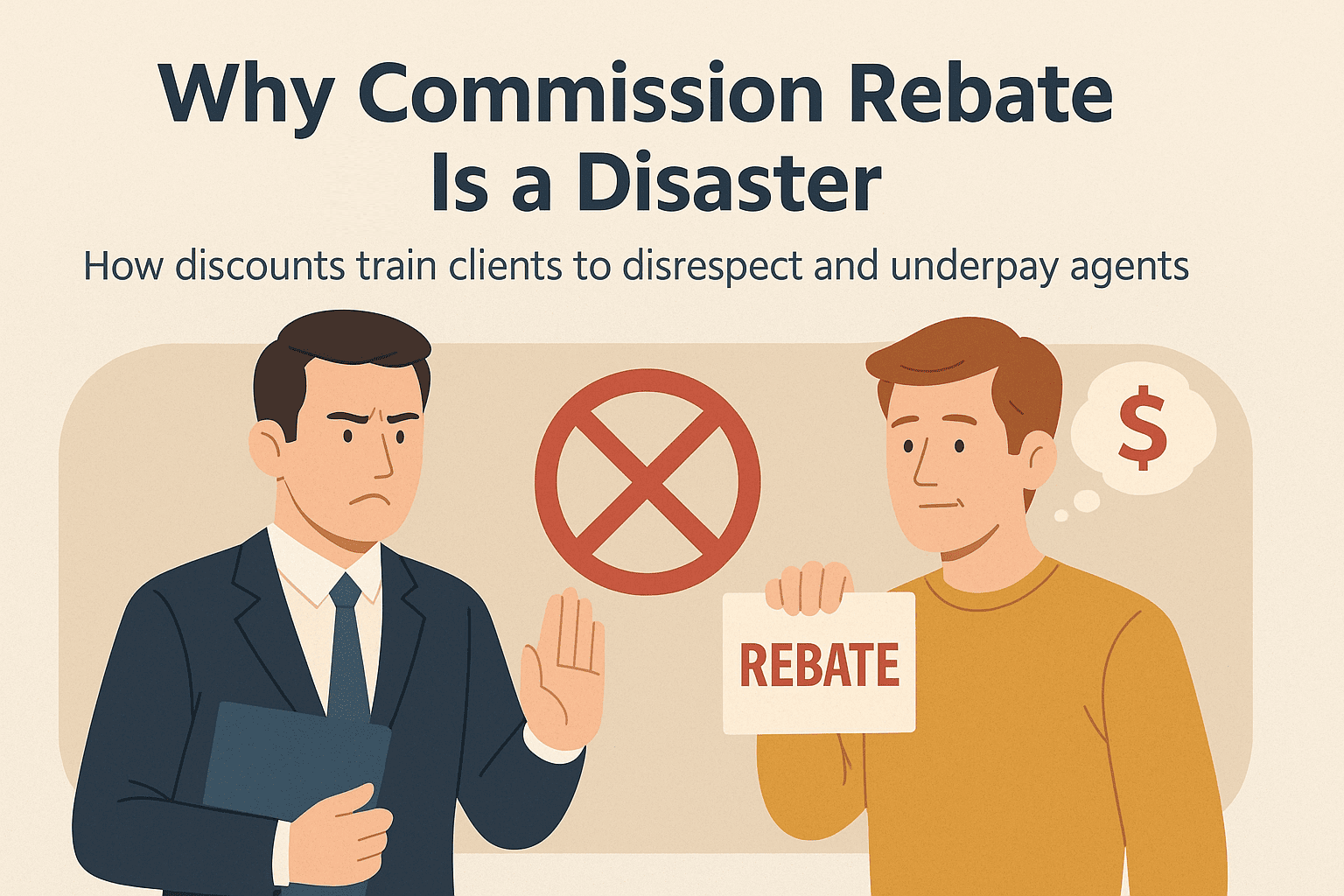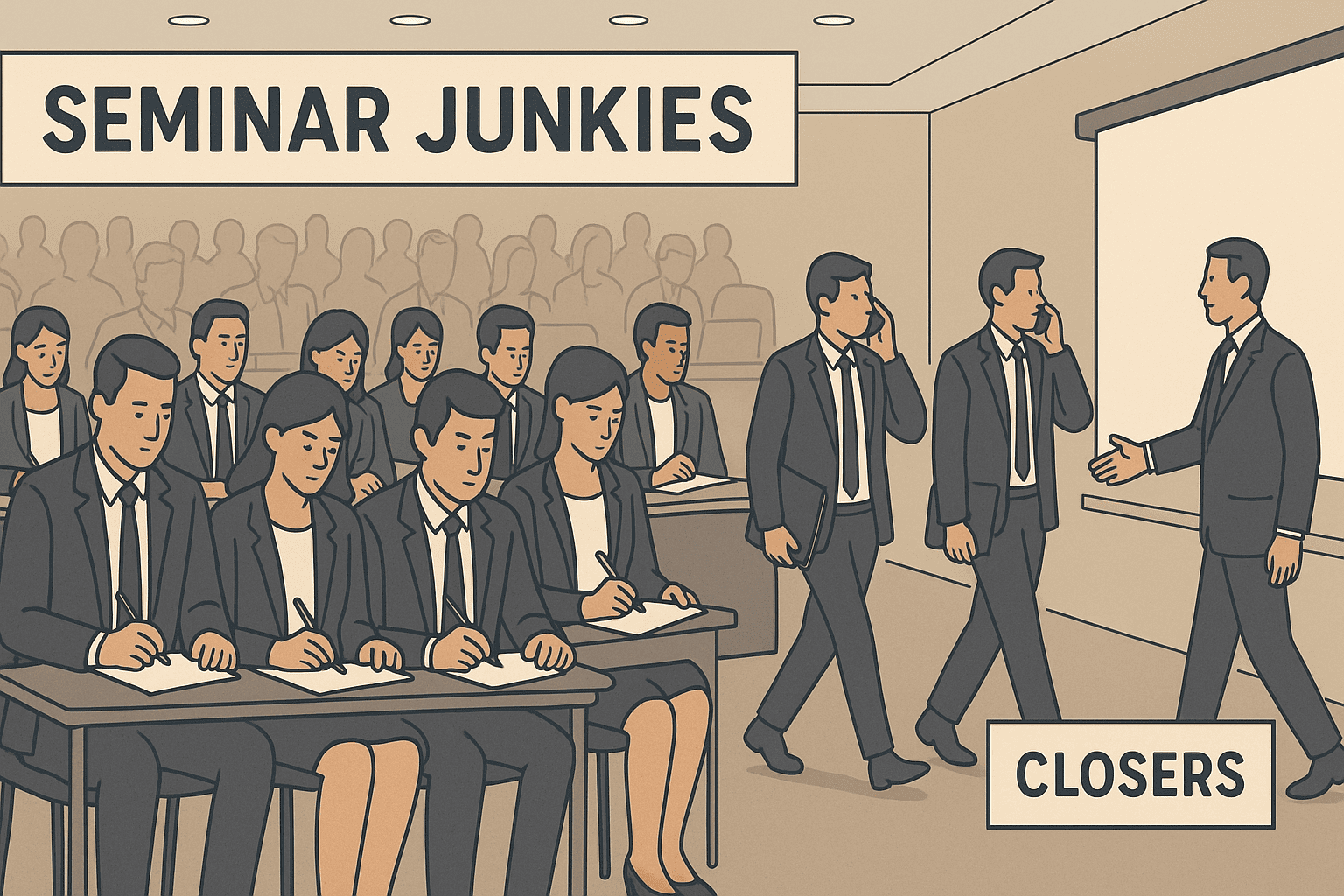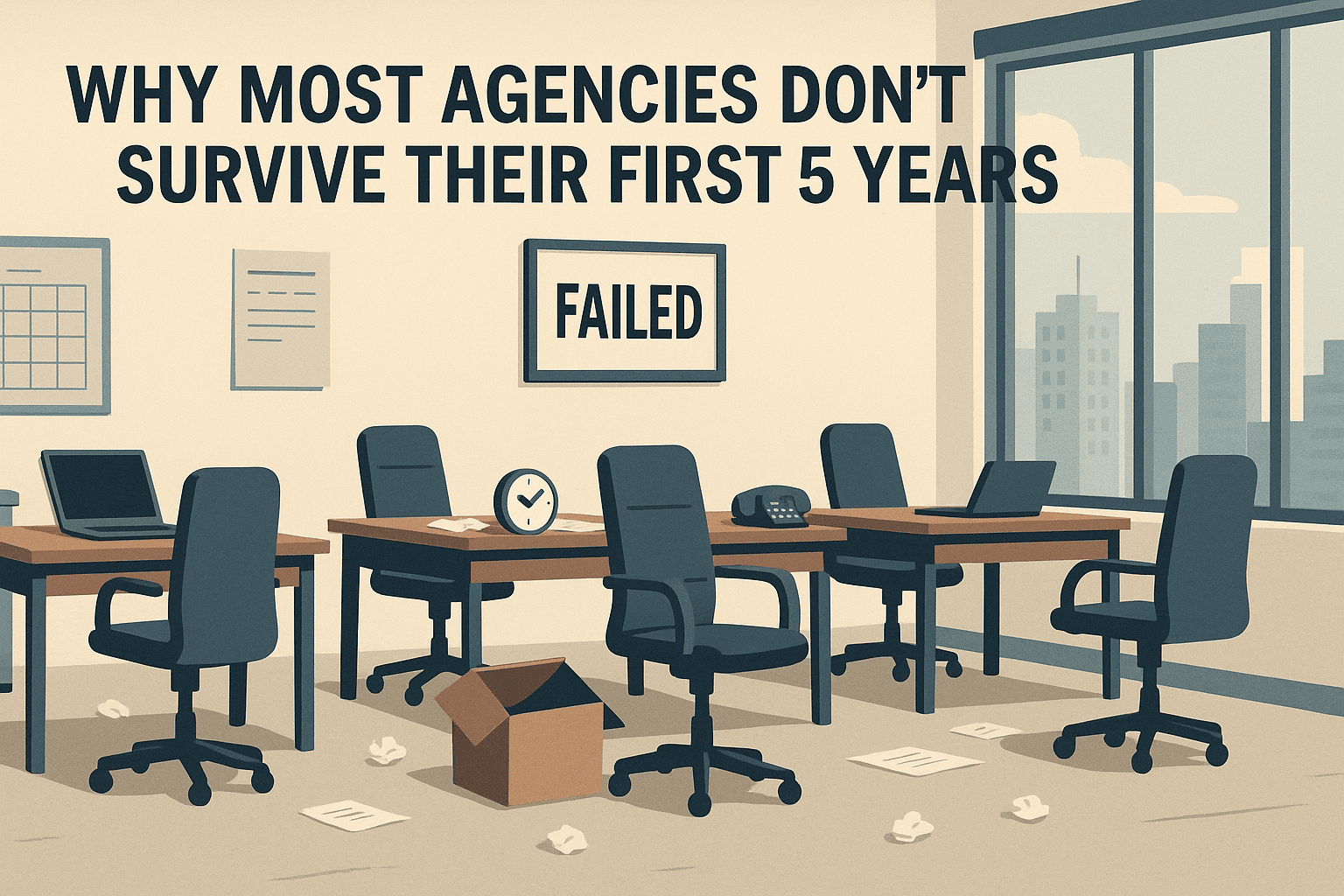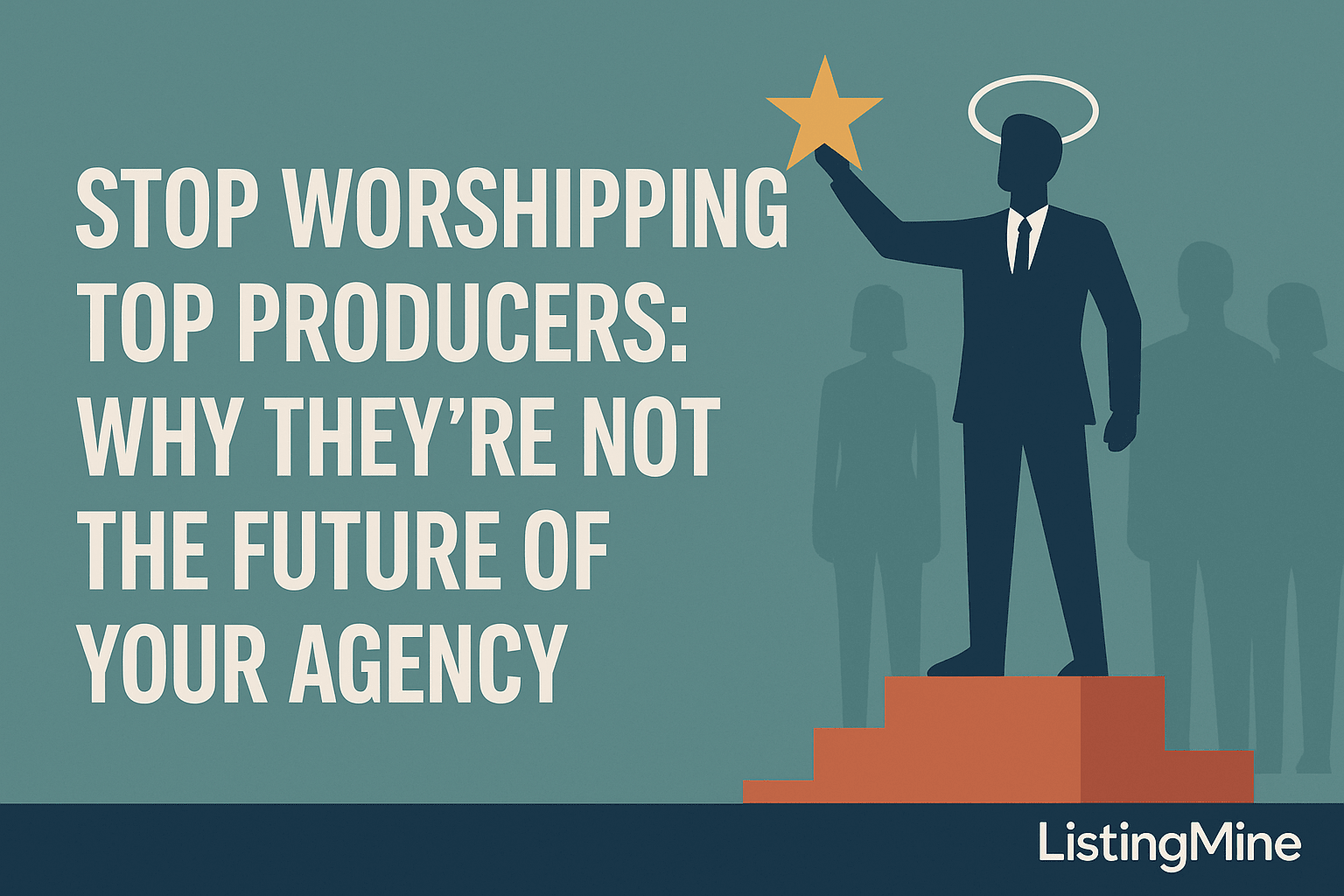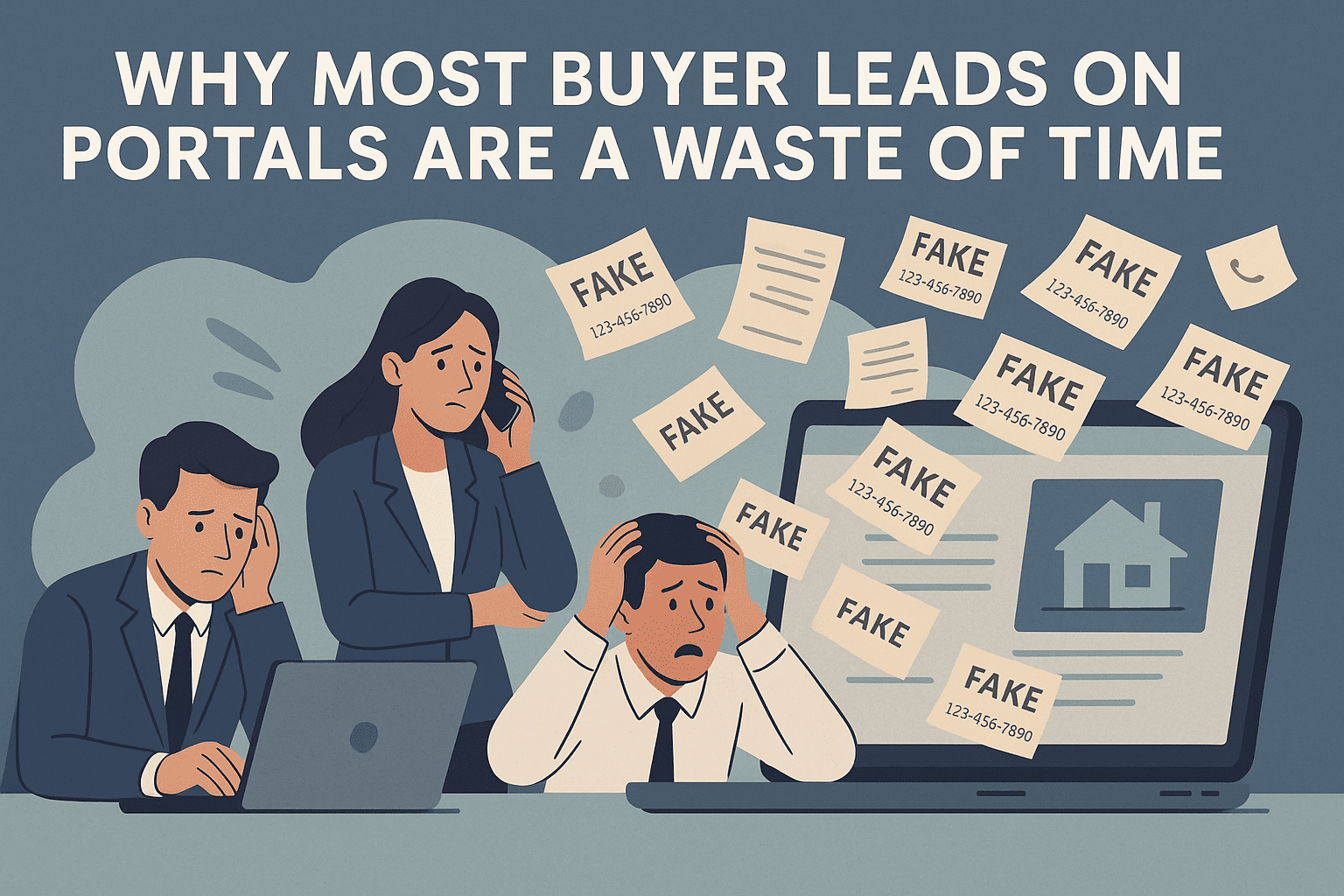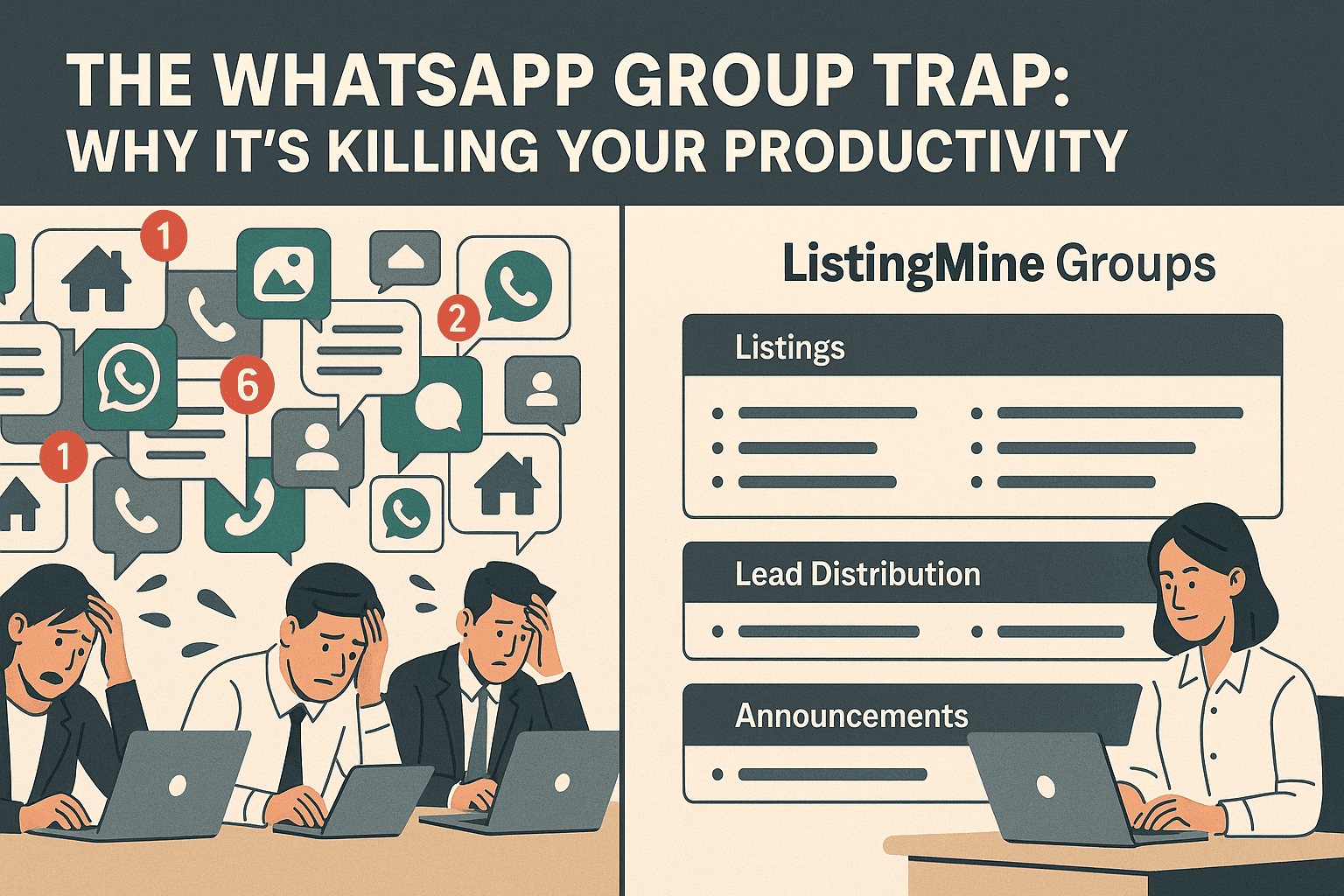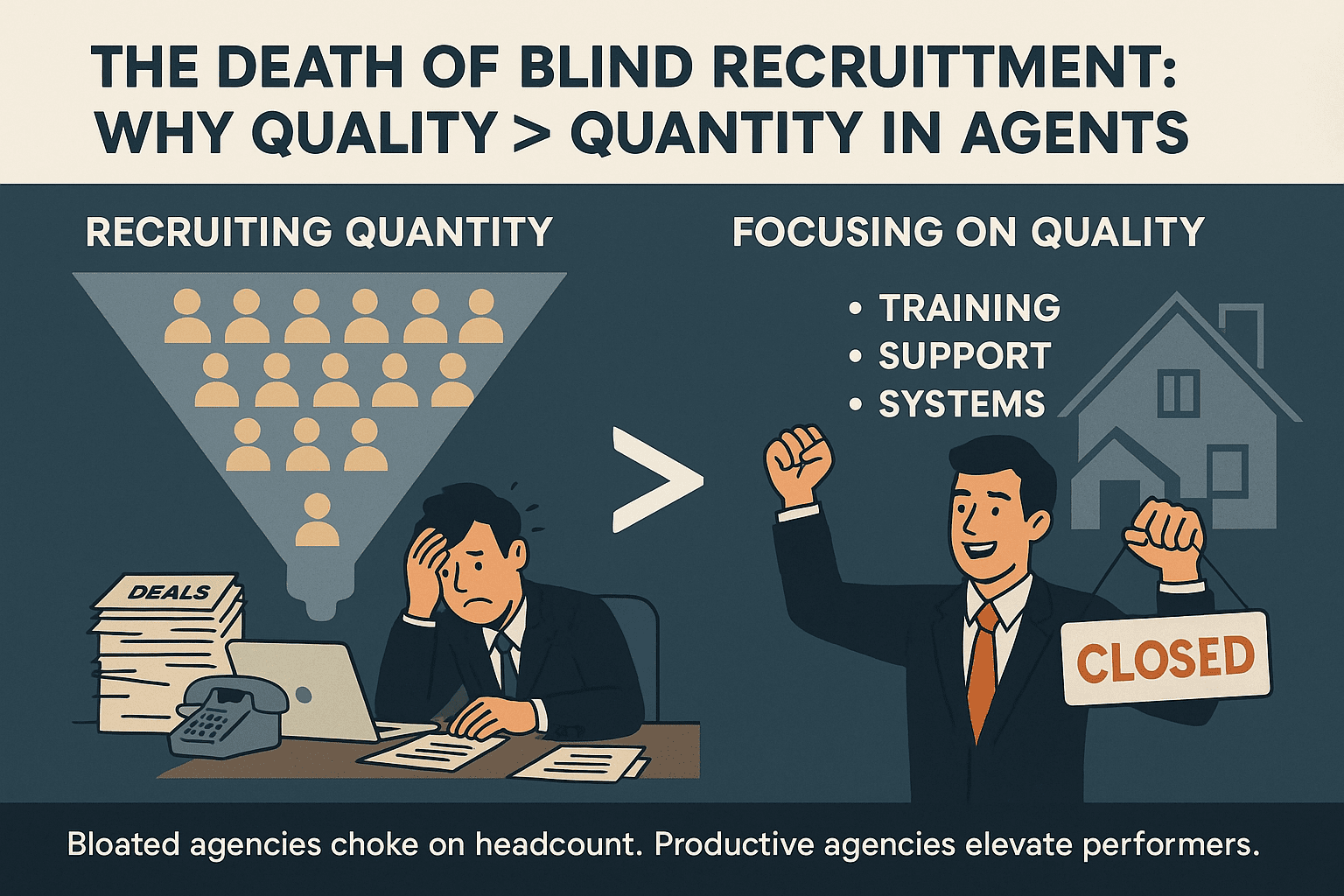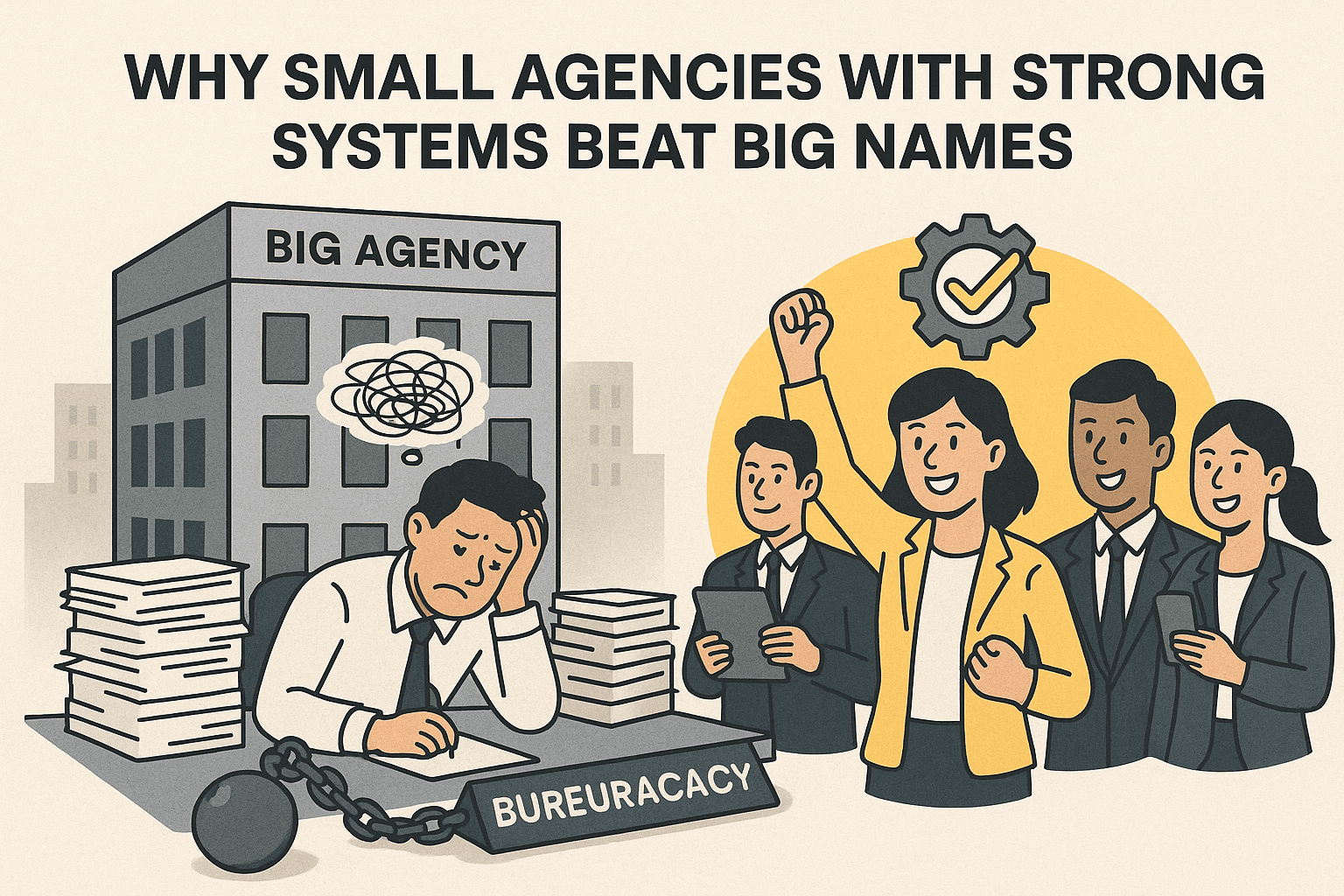Should Agents Work on Zero-Downpayment Property Projects?
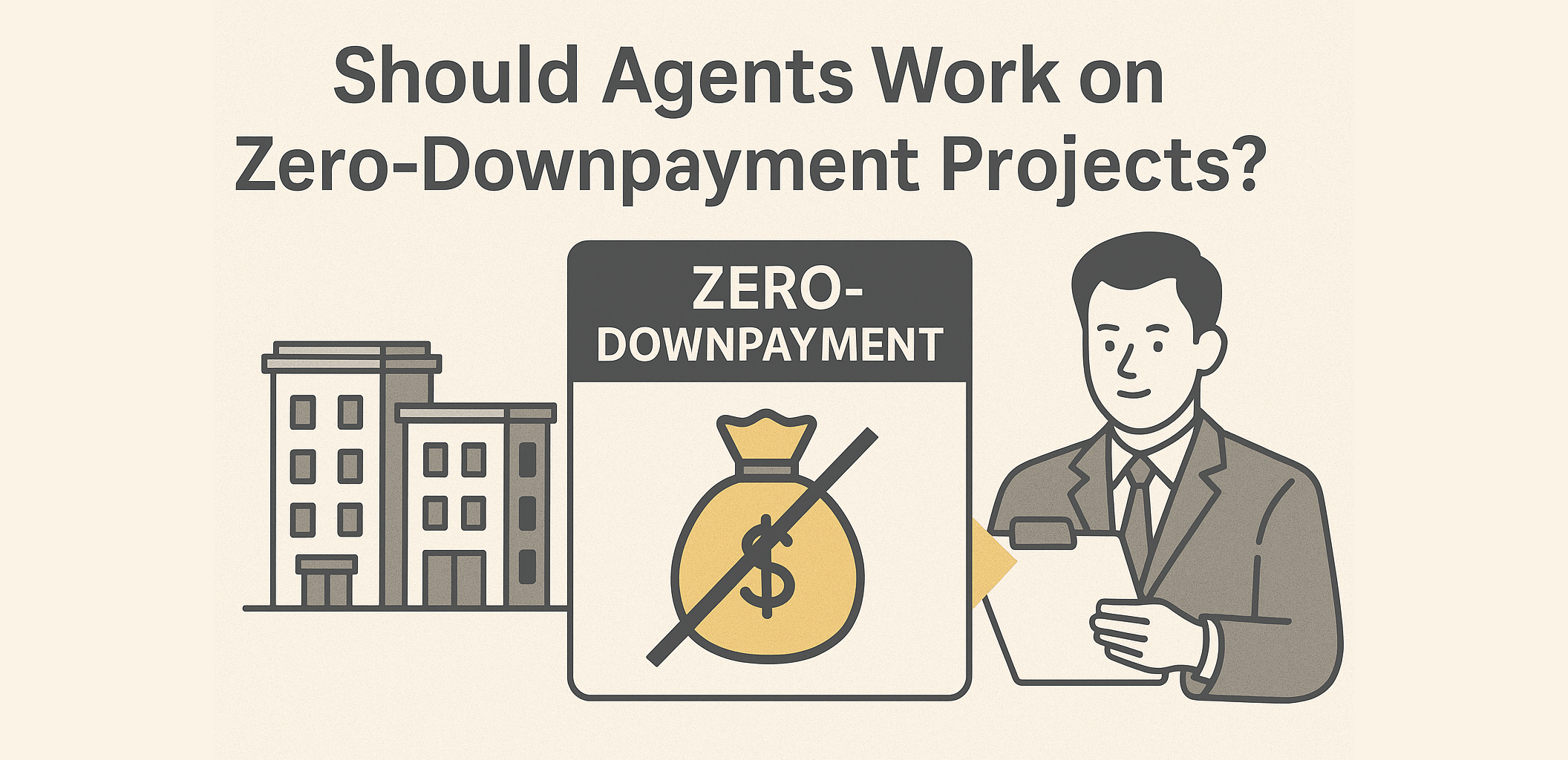
In today’s property market, developers are under pressure to move unsold units while buyers are struggling to gather the usual 10% downpayment.
The result is a new wave of “zero-downpayment” projects, often promoted as “100% financing” or “easy-entry schemes.”
To buyers, it sounds like a golden opportunity.
To agents, it feels like an easier close.
But behind this marketing convenience lies a hard-to-ignore problem — cash-flow delay that can turn a quick sale into a very long wait for commission.
1. Why Developers Offer Zero-Downpayment Schemes
The goal is simple: remove friction.
By eliminating the upfront 10%, developers make it easier for more buyers — especially first-timers — to qualify and commit.
The typical structure involves:
- Full bank financing, with the price often marked up in the Sale and Purchase Agreement (SPA) to cover discounts and incentives.
- Absorbed entry costs, such as legal fees and MOT.
- Marketing rebates, where the “discount” is actually offset internally to achieve 100% loan approval.
In short, the developer is forgoing upfront cash in exchange for faster bookings and stronger showroom activity.
2. Why Agents Love Selling Them
From an agent’s perspective, these projects are easy to move:
- The “no downpayment” pitch removes the biggest buyer objection.
- Developers handle most of the loan and legal processing.
- Many offer above-average commissions to attract agents.
It looks like a win-win — quick closings, minimal paperwork, and attractive commissions on paper.
3. The Cash-Flow Reality
Here’s the catch: when buyers pay zero, developers also receive zero upfront.
Under the traditional model, the developer gets 10% of the purchase price upon SPA signing. That cash covers:
- Marketing and agency commissions,
- Architect, lawyer, and consultant fees,
- Initial site and construction expenses.
In a zero-downpayment model, the developer has to wait for the bank’s first progressive release, which only happens after SPA stamping and loan documentation.
That means the developer must rely on internal cash reserves or bridging facilities to sustain operations.
When money gets tight, agent commissions become the lowest priority.
4. Why Agent Payouts Are Often Delayed
From the developer’s viewpoint, the agent’s job is already done — the sale is booked. But construction bills, consultant fees, and bank interest continue to grow. So when funds finally arrive, developers logically settle the most urgent obligations first.
Agents are often left waiting months — sometimes even 18 to 24 months — for payment. Even worse, if the project’s financials tighten further, the commission may be stretched into instalments or linked to later bank drawdowns.
5. The Real Risk for Agents
| Risk Factor | Traditional Project (10% Down) | Zero-Downpayment Project |
|---|---|---|
| Buyer Commitment | Strong — real financial stake | Weak — no skin in the game |
| Developer Cash Flow | Immediate upon SPA | Delayed until loan disbursement |
| Commission Payment | 1–3 months typical | 6–24 months possible |
| Buyer Quality | More serious | May include speculative buyers |
| Developer Dependency | Moderate | Very high |
High commission percentages often hide long-payment risk.
It’s not the rate that matters — it’s when it reaches your account.
6. A Smarter Way to Protect Yourself
If a developer insists on promoting a zero-downpayment campaign, agents can propose a middle-ground safeguard:
Collect at least 4% upon SPA signing if the agent’s commission is 4%.
It’s a small amount for the buyer, but it gives the developer real cash flow to pay the rightful commission on time.
Buyers still enjoy an easier entry compared to a full 10% downpayment, and agents aren’t left working months for free.
It’s not about being difficult — it’s about building a sustainable, respectful ecosystem where everyone gets paid for their part.
7. The Bottom Line
Zero-downpayment projects are tempting — easy to sell, easy to explain, and full of short-term excitement. But agents should measure opportunity not just by how fast a deal closes, but by how long it takes to collect payment.
A smaller commission that pays in 60 days is far better than a big one that takes two years.
Before selling any “zero-entry” project, ask the right questions, get the terms in writing, and push for partial collection where possible. Because sometimes, “zero down” for the buyer quietly means “zero commission” for the agent — at least for a very long time.

